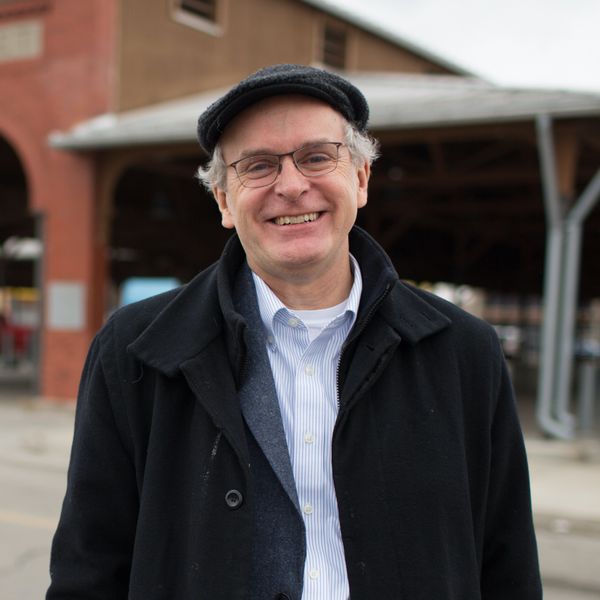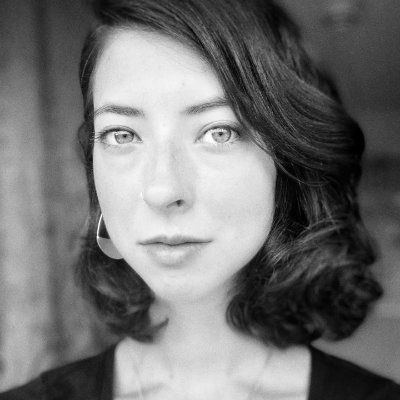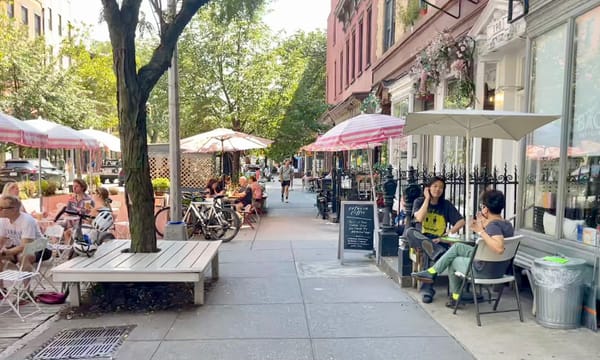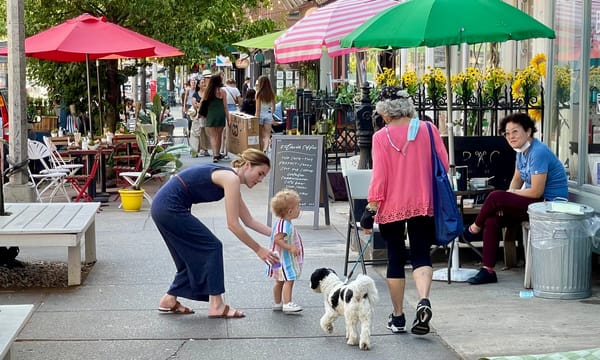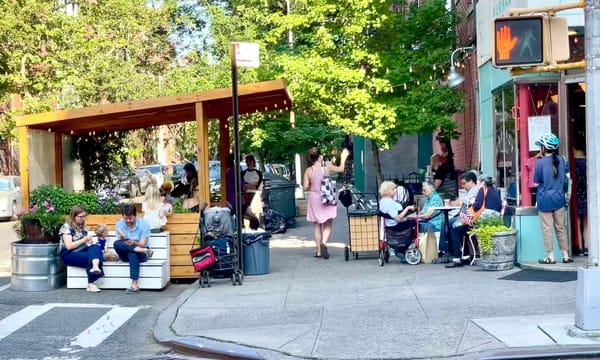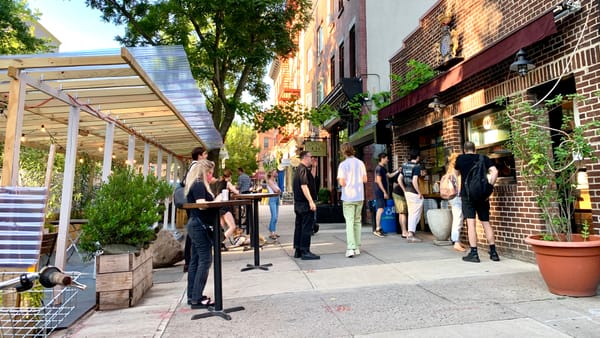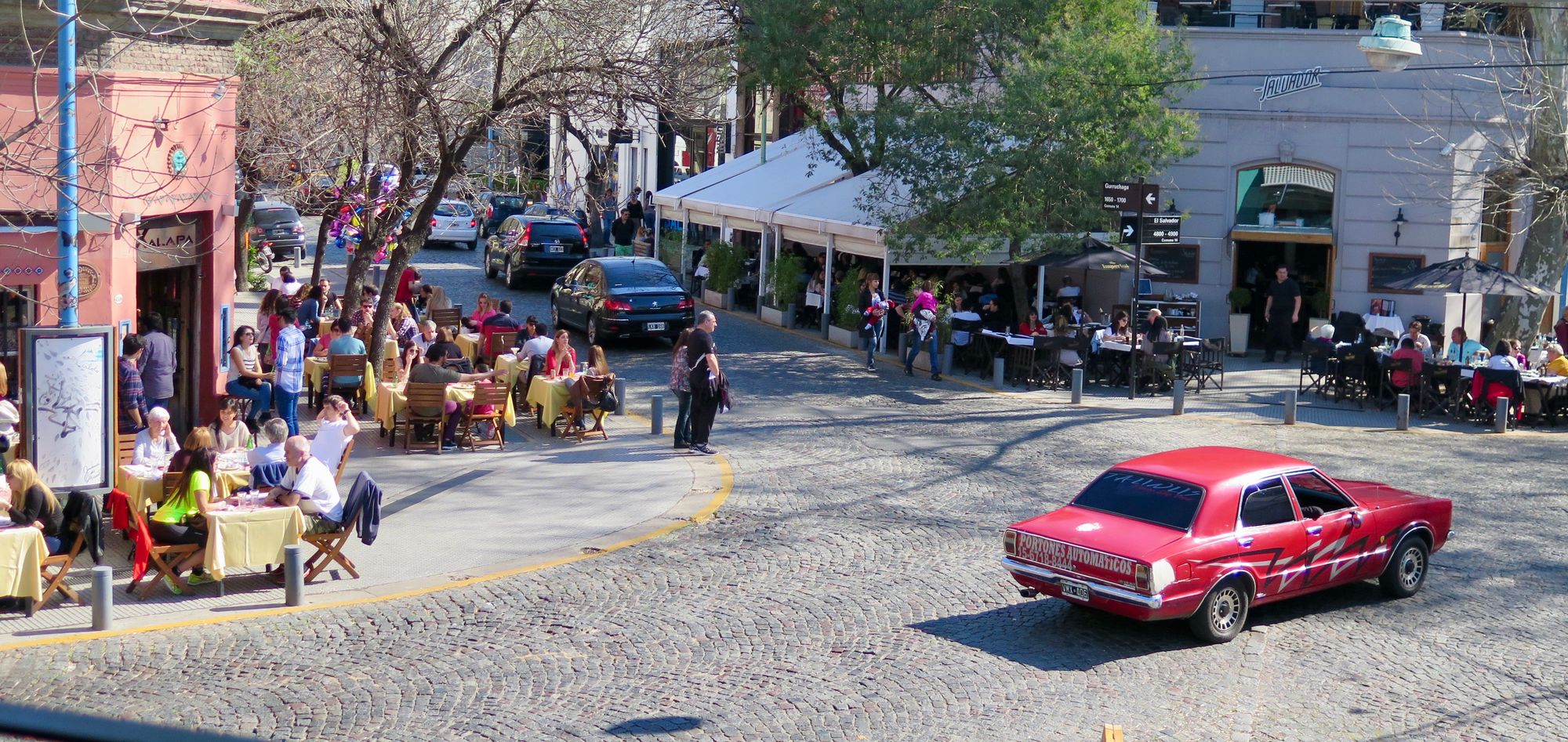
How to transform your city one corner at a time
Neighborhoods and city centers are often defined by their street corners, especially when these corners are social hubs. The corners of intersections are places where people gather, sit, socialize, sip coffee, eat, drink, and are merry. They are among the most basic forms of public space, linking not only neighborhoods but also marking where people's paths naturally cross. When these spaces are built to accommodate people instead of vehicles, you have the makings of a strong, interconnected community.
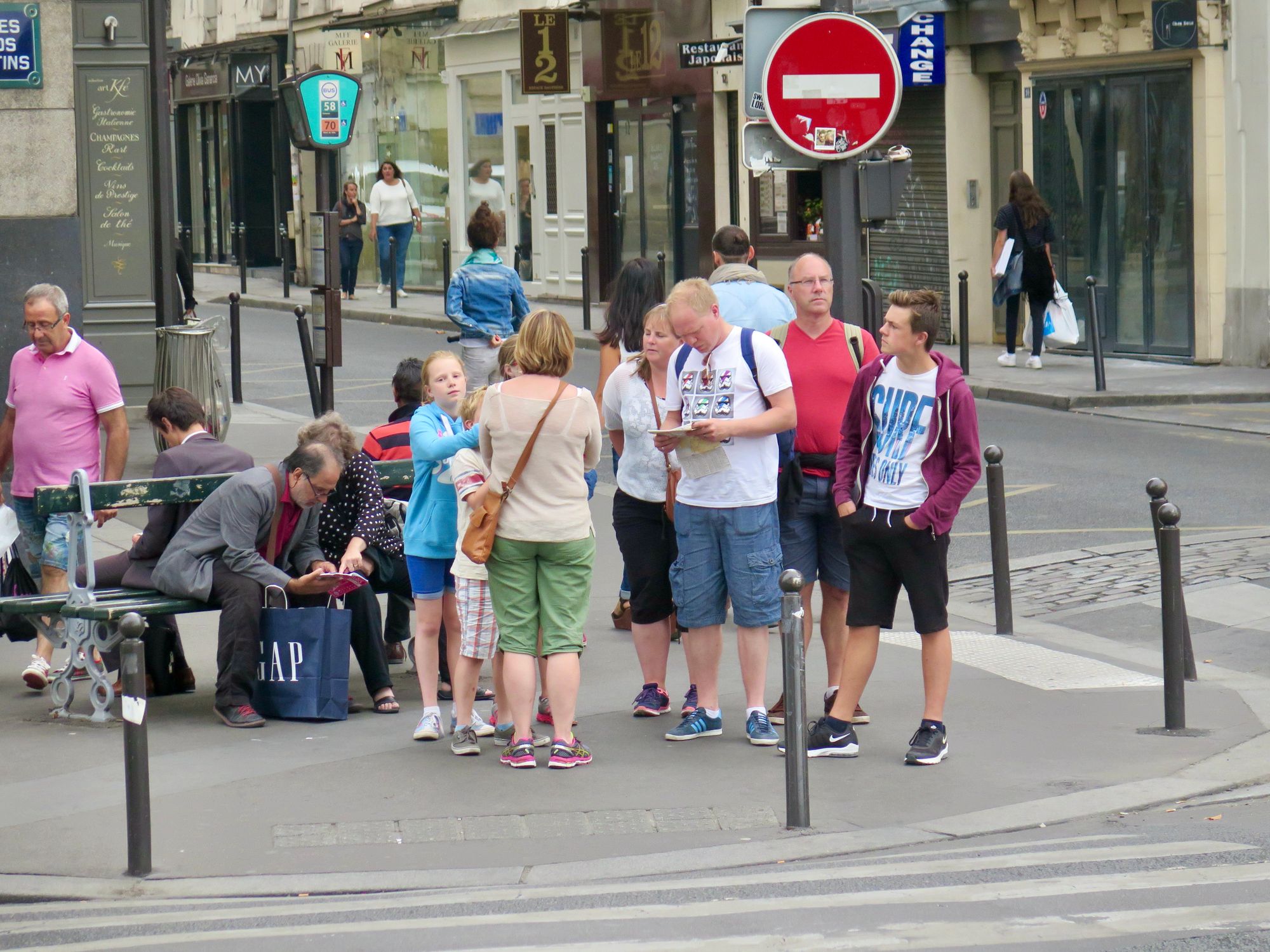
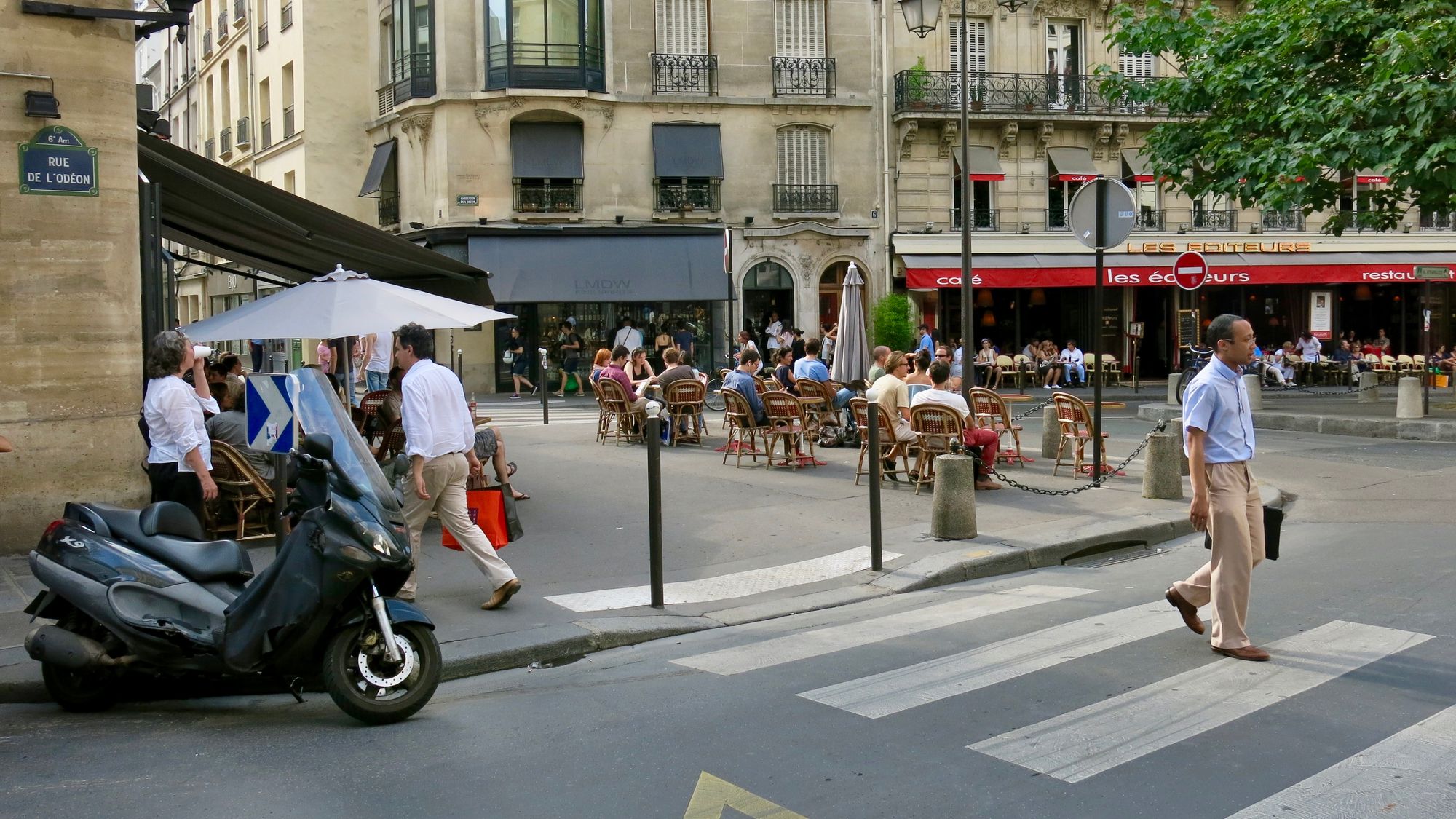
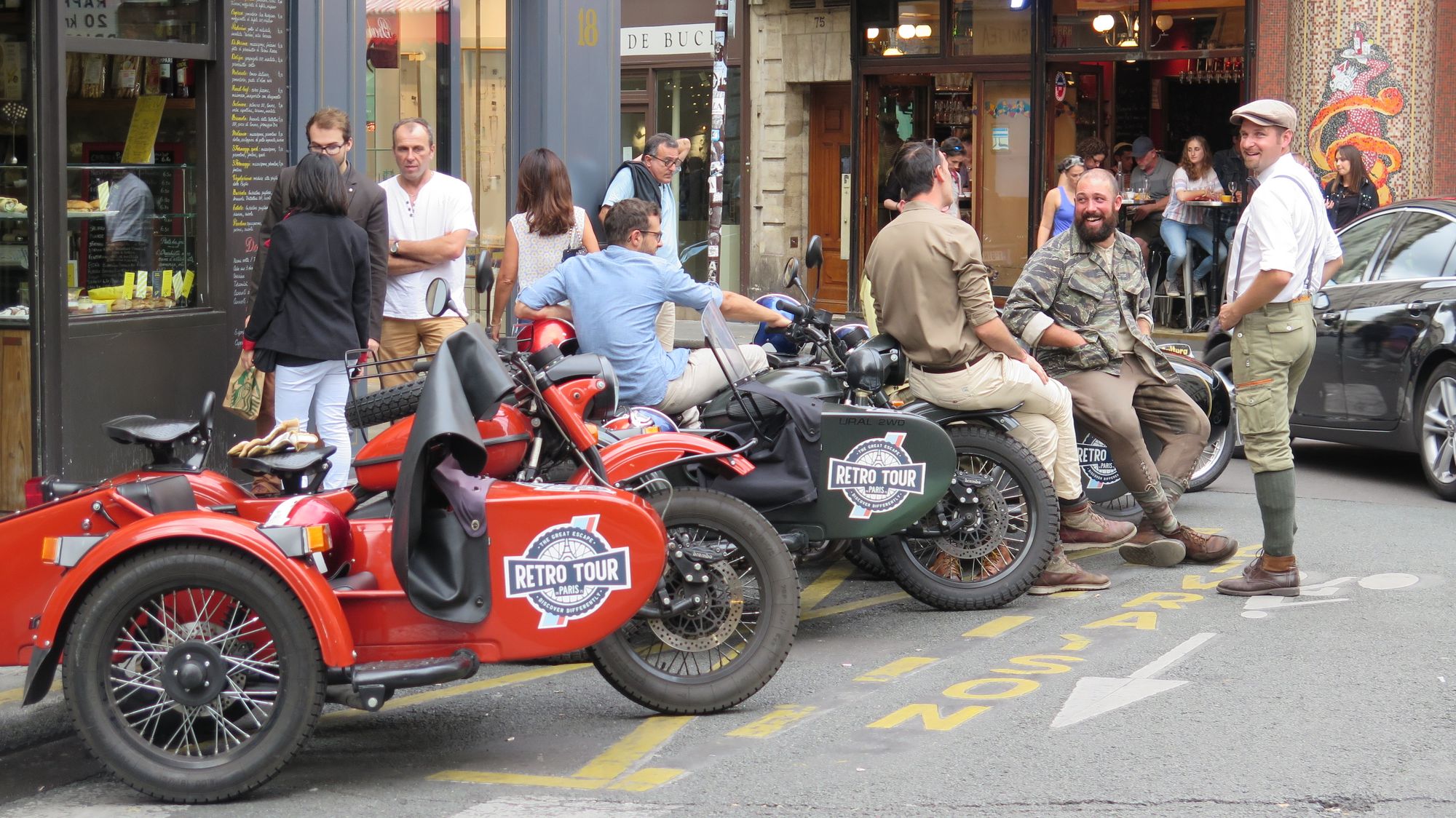
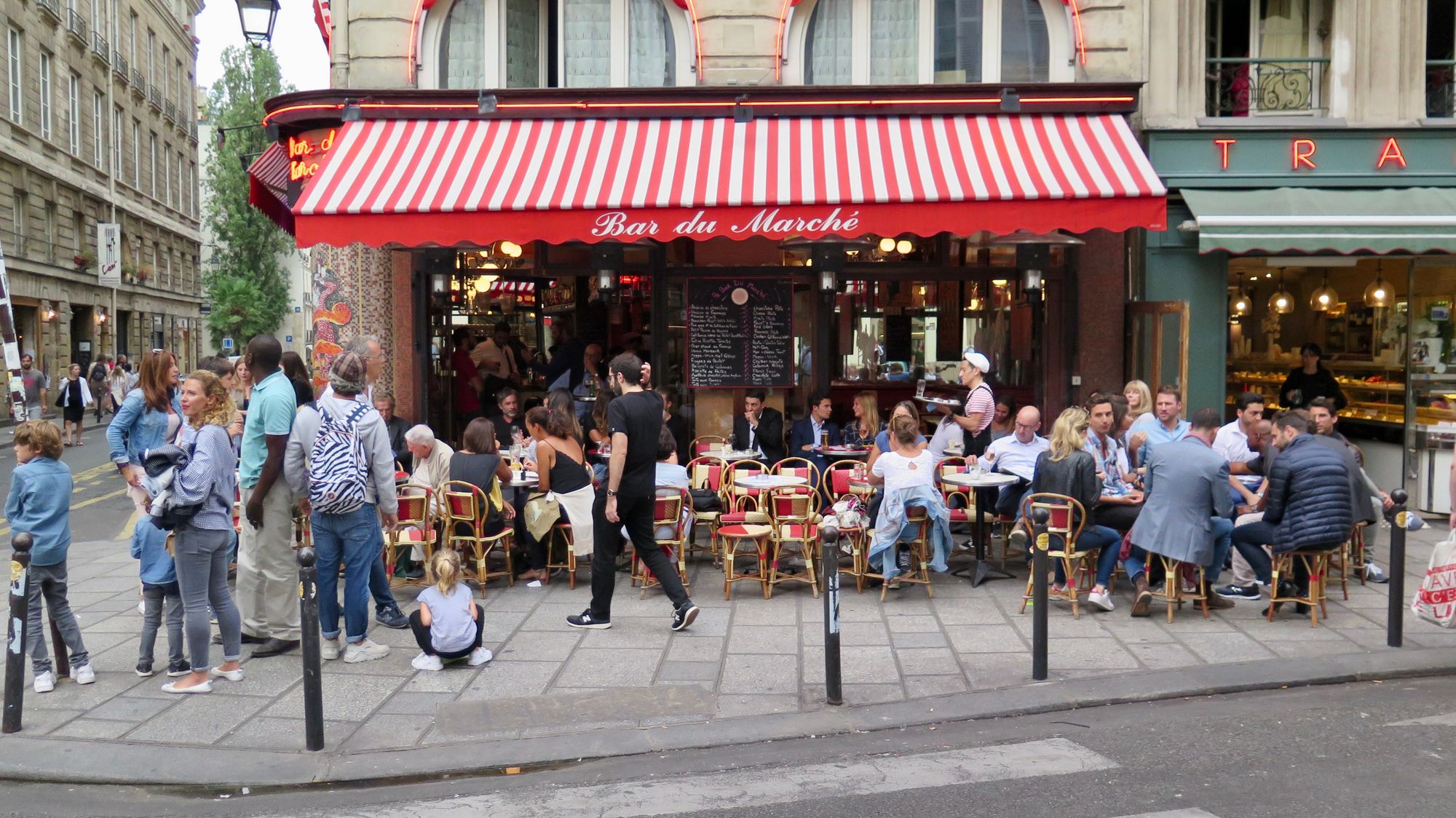
You can tell a great city by its corners. If the intersection is owned by vehicles, it is a city for cars and traffic. If the community controls the intersections and corners, it is a city of neighborhoods and of people.
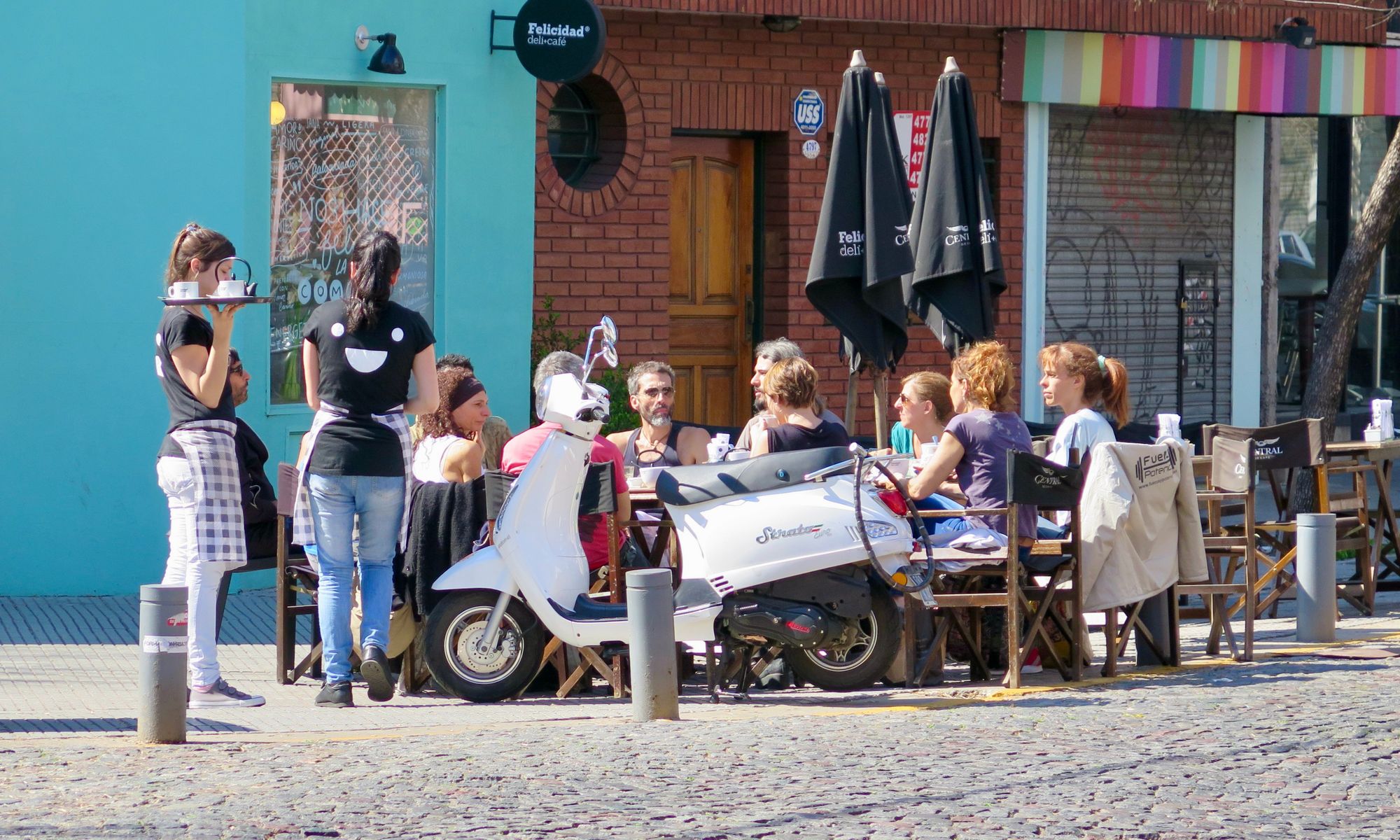
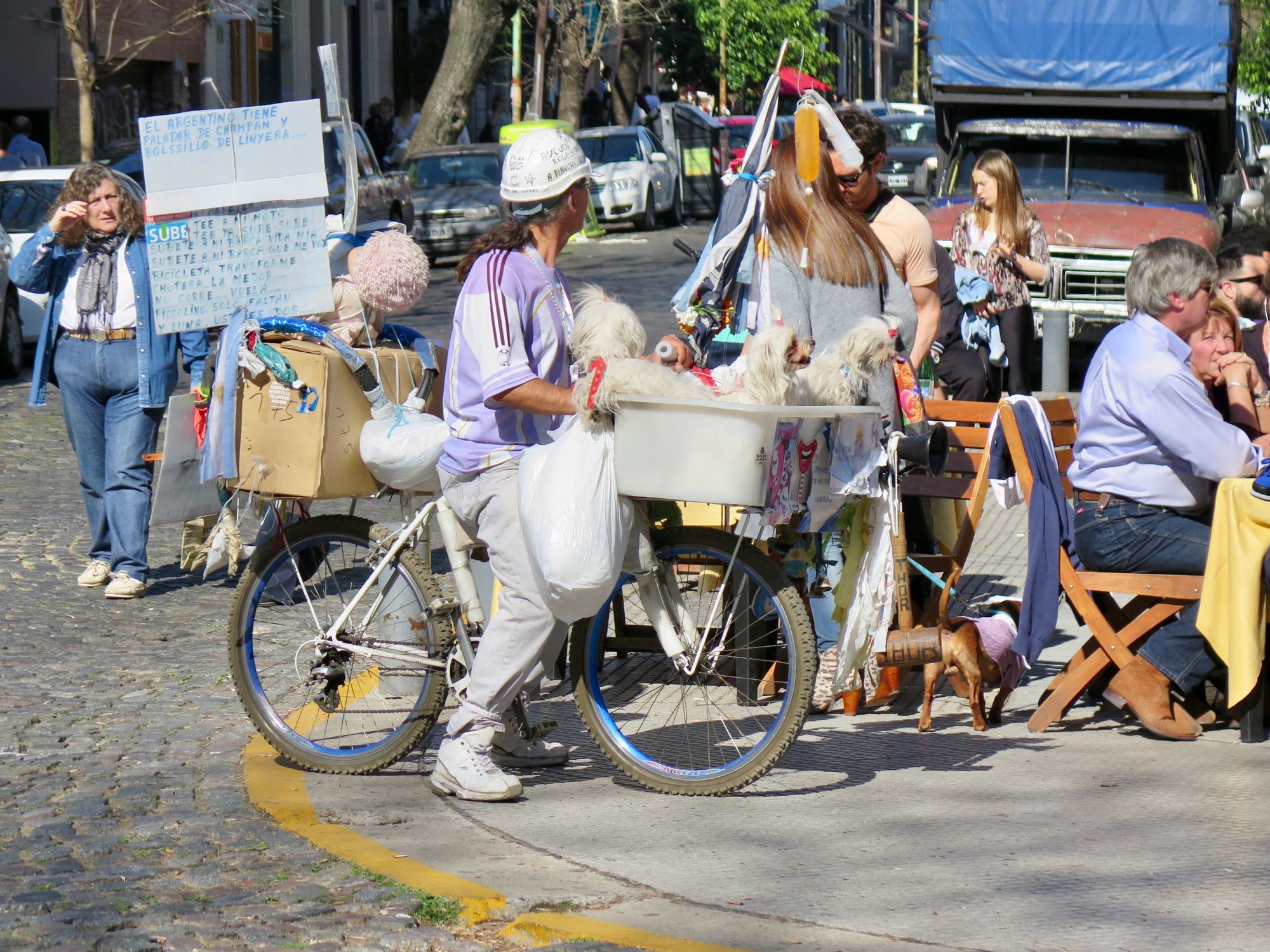
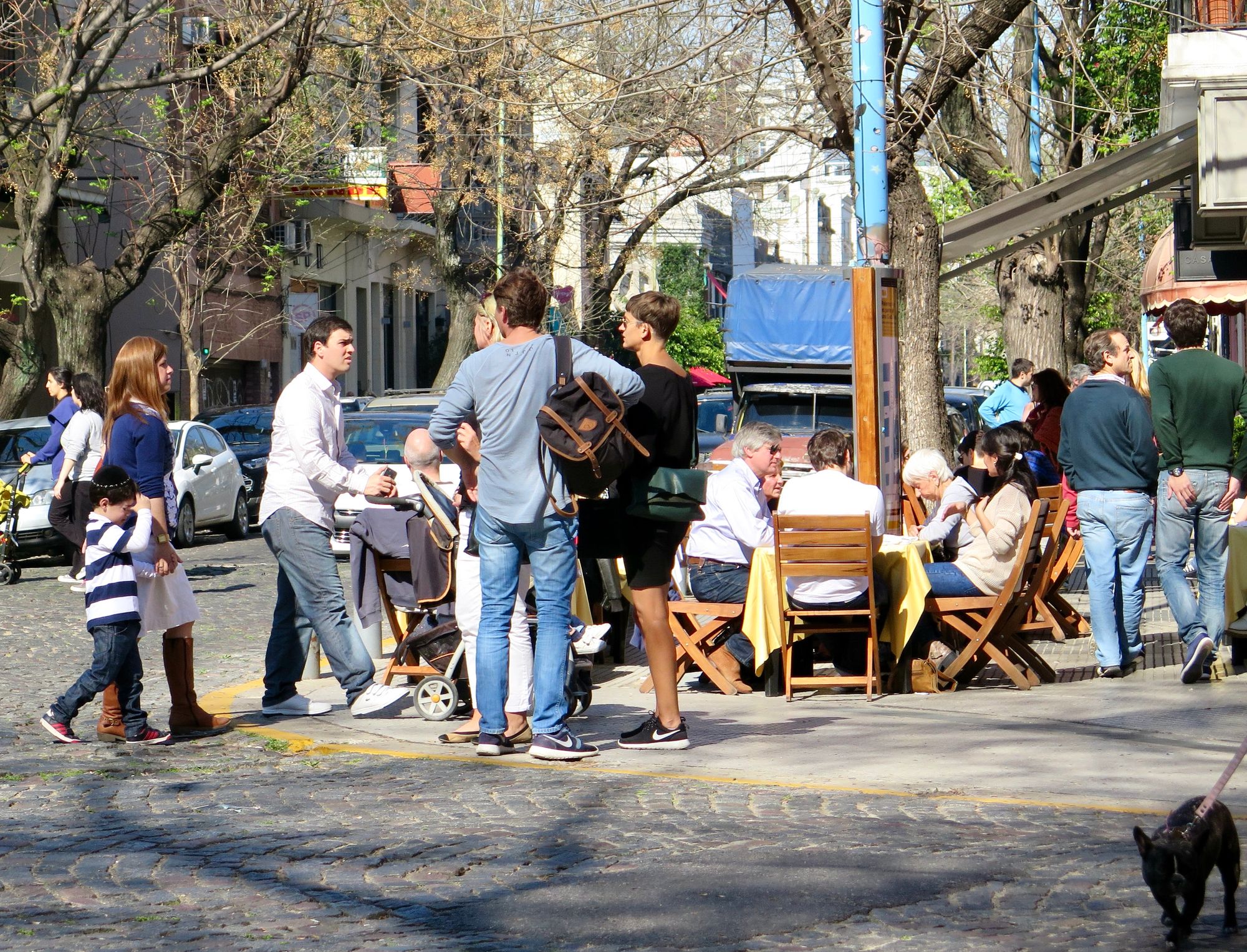
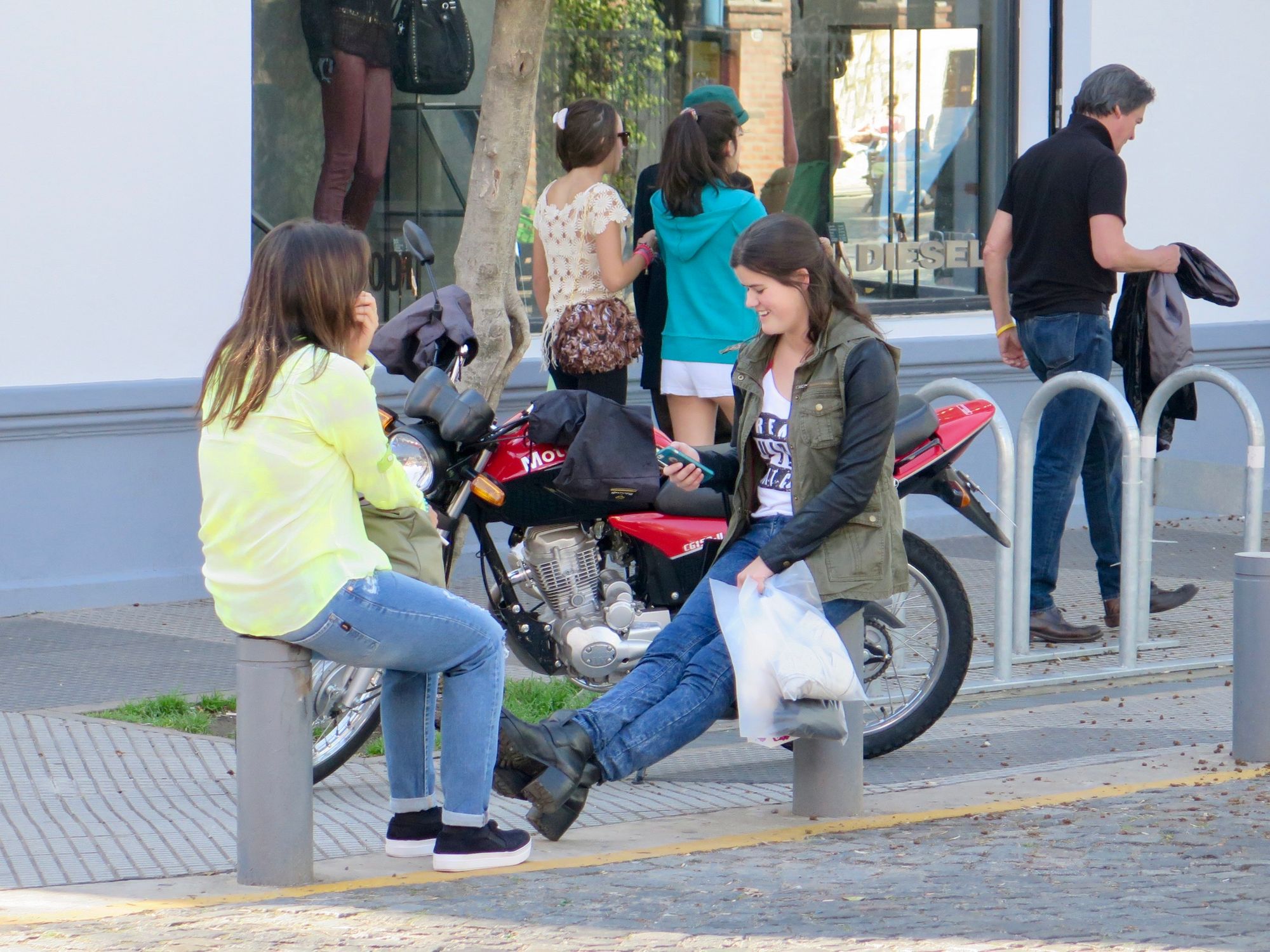
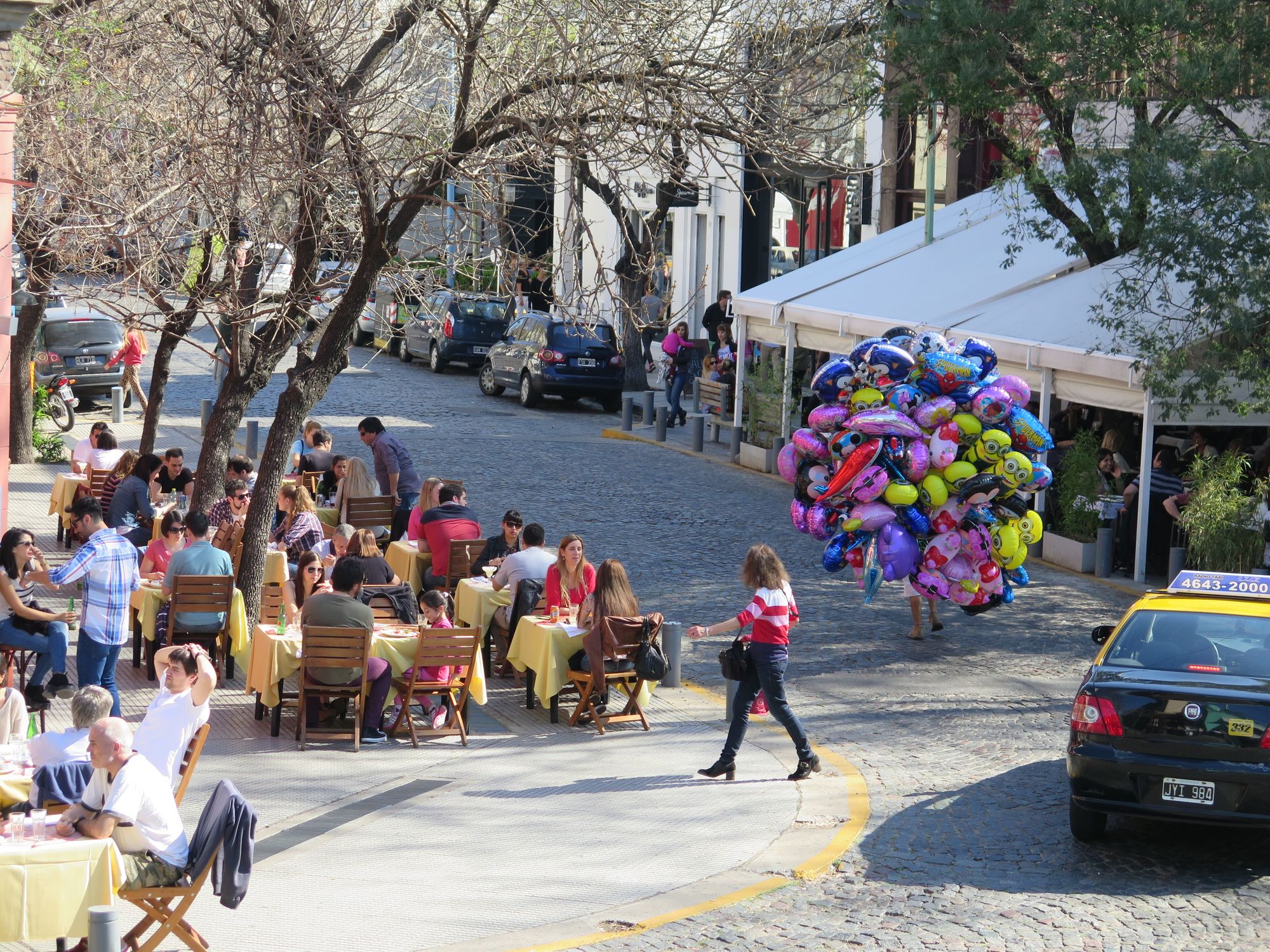
The social life in this collection of images is so strong. These corners clearly enable the character of and activity within these neighborhoods.
But it is the buildings and how they add to the activities...In fact, it’s no exaggeration to say that the buildings facing these corners make happy cities, as photos from Buenos Aires, Paris, New Haven, Brisbane, Barcelona, and Istanbul prove.
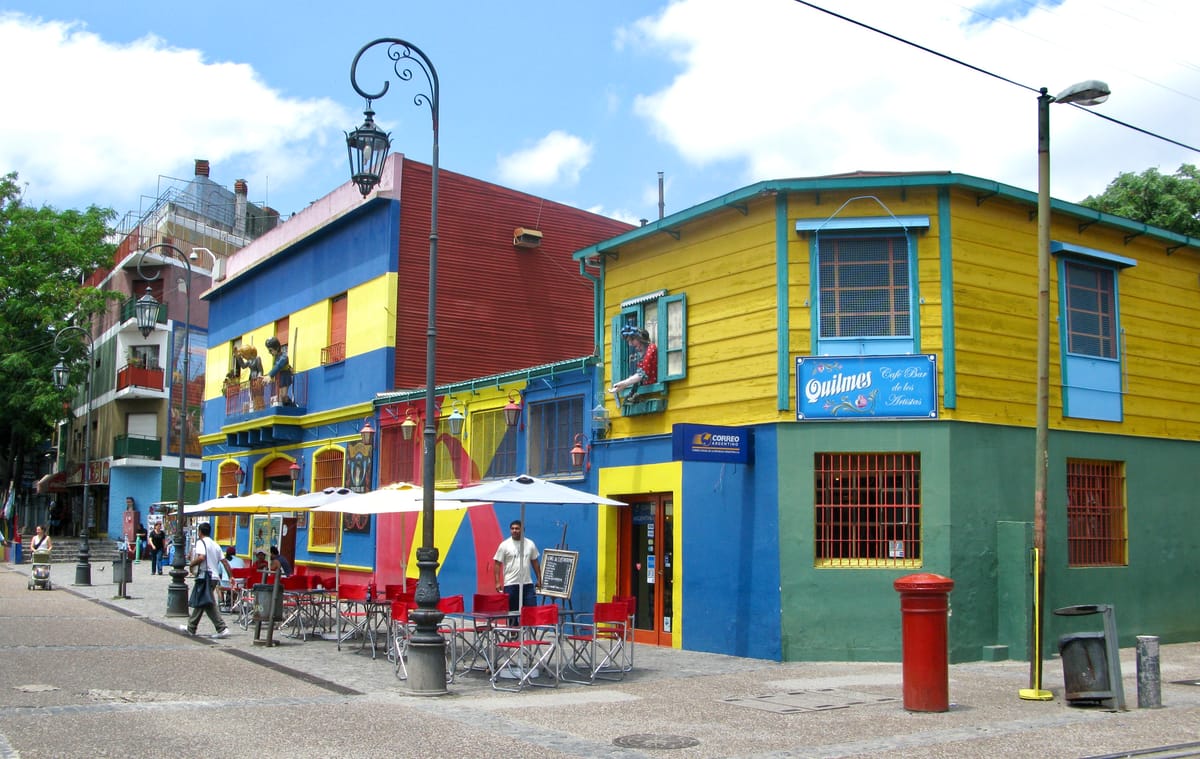
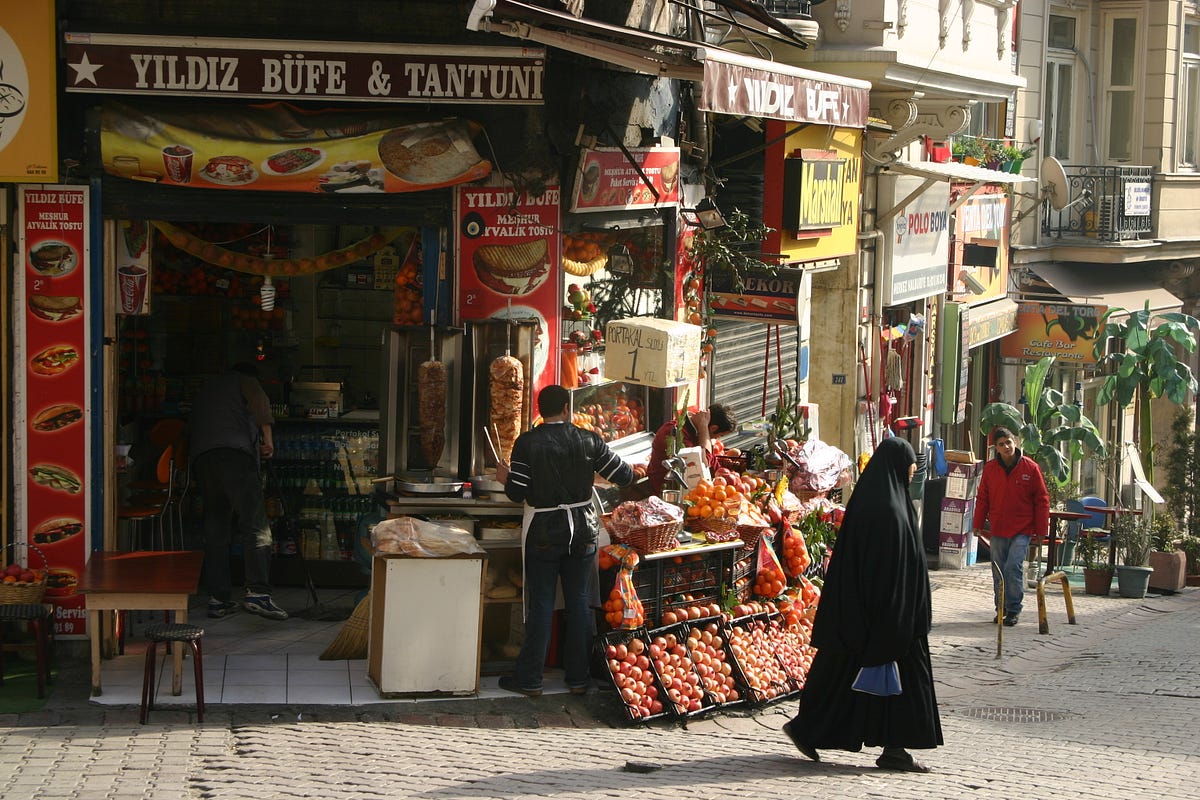
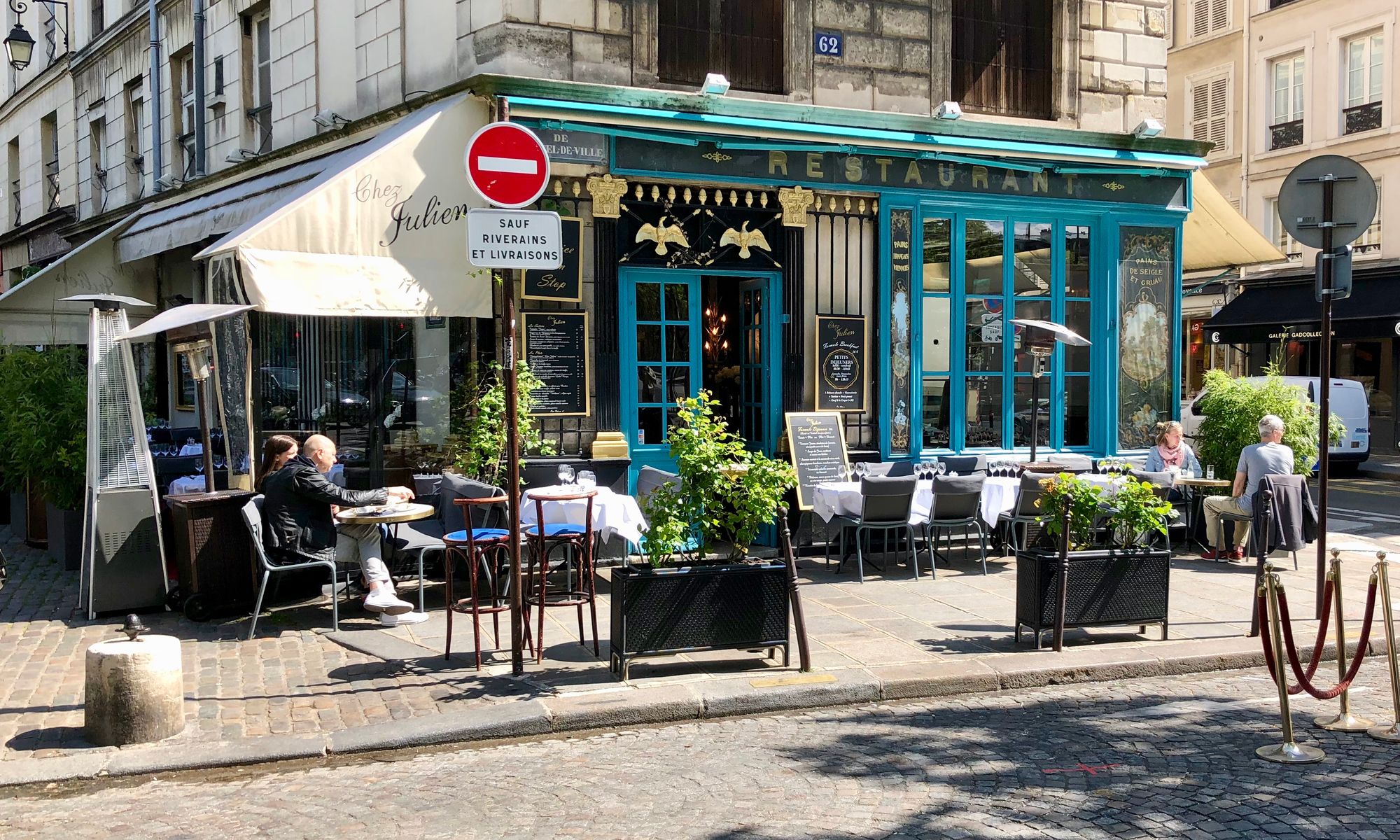
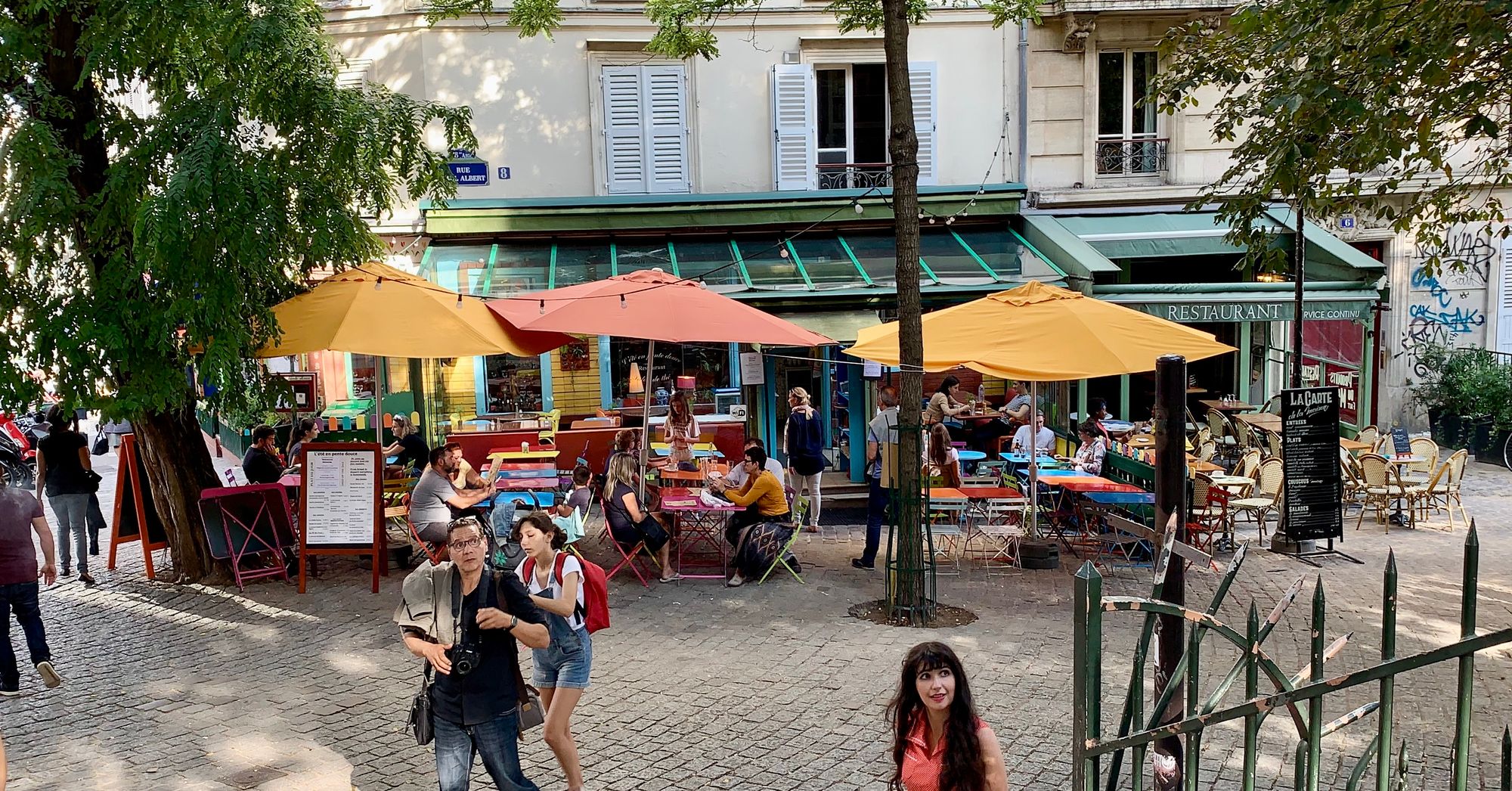
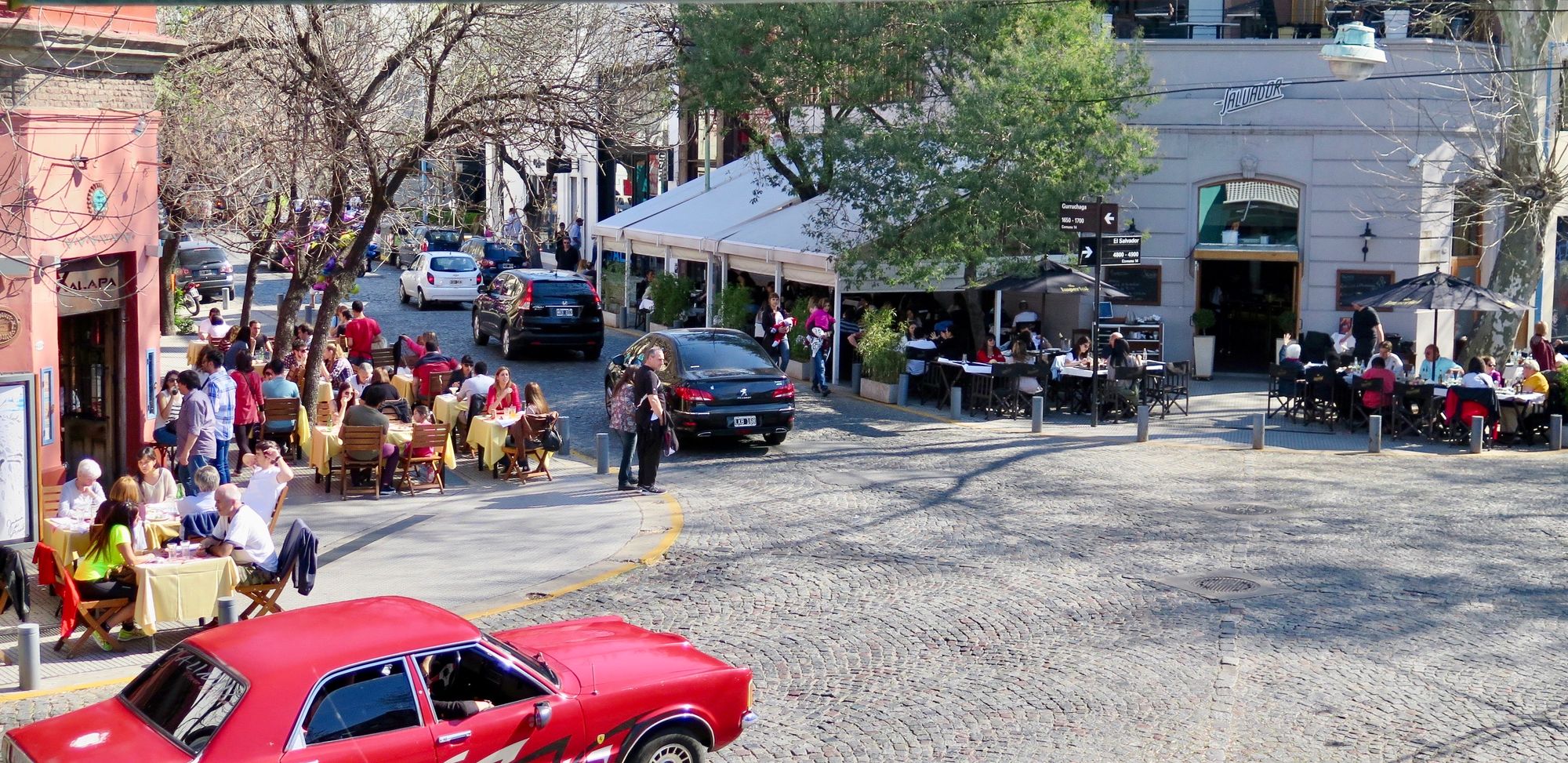
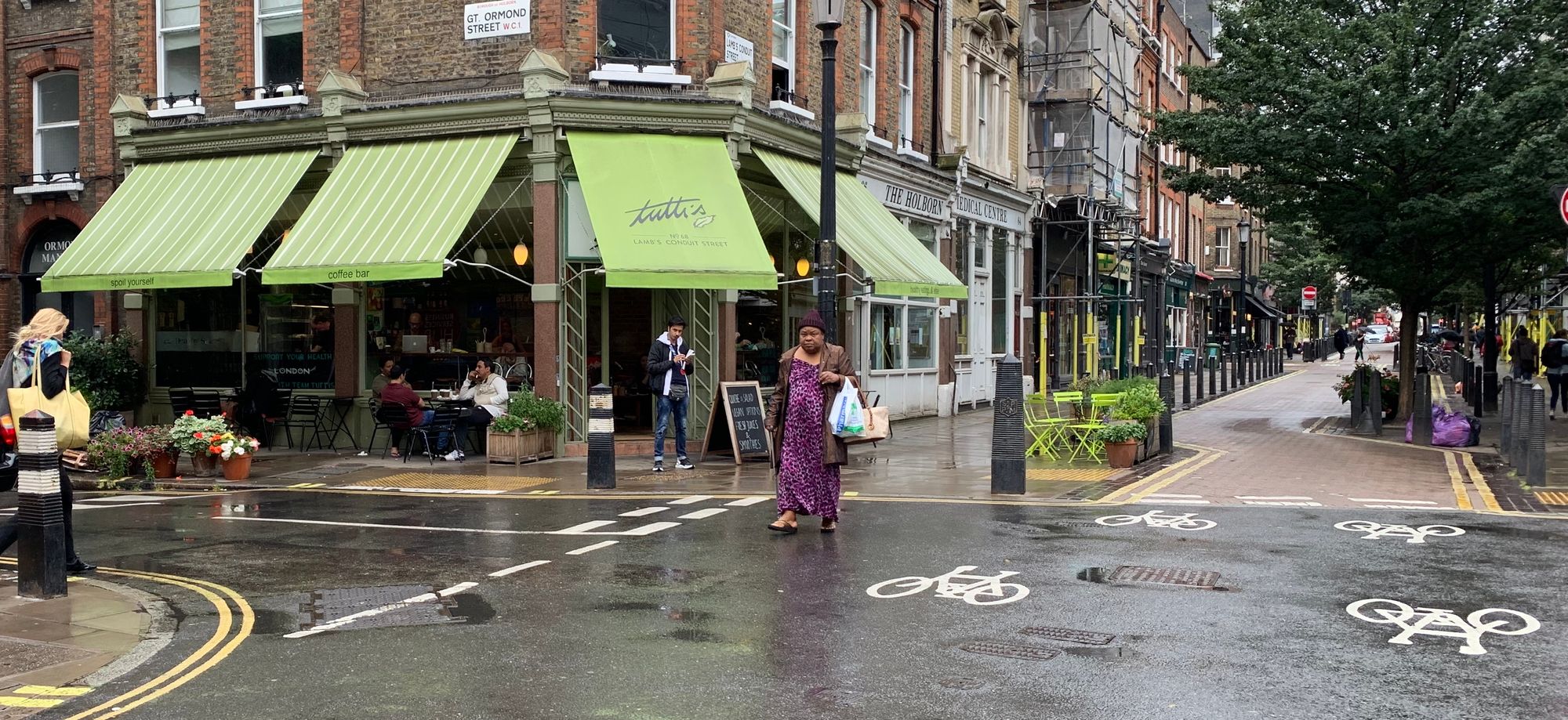
Istanbul, Paris, Buenos Aires, and London
Why Social Life?
What we often seem to forget is that, as humans, we need to connect with people; especially our neighbors, family, and friends. That means that our best streets must also be social places where these connections happen, transcending their role as corridors of traffic.
We believe that it is the social life on our streets and sidewalks that matters most – much more than how many vehicles can move through our communities. In other words, it is more important that our streets make us feel welcome and safe — much more important than it is for them to provide space to vehicles.
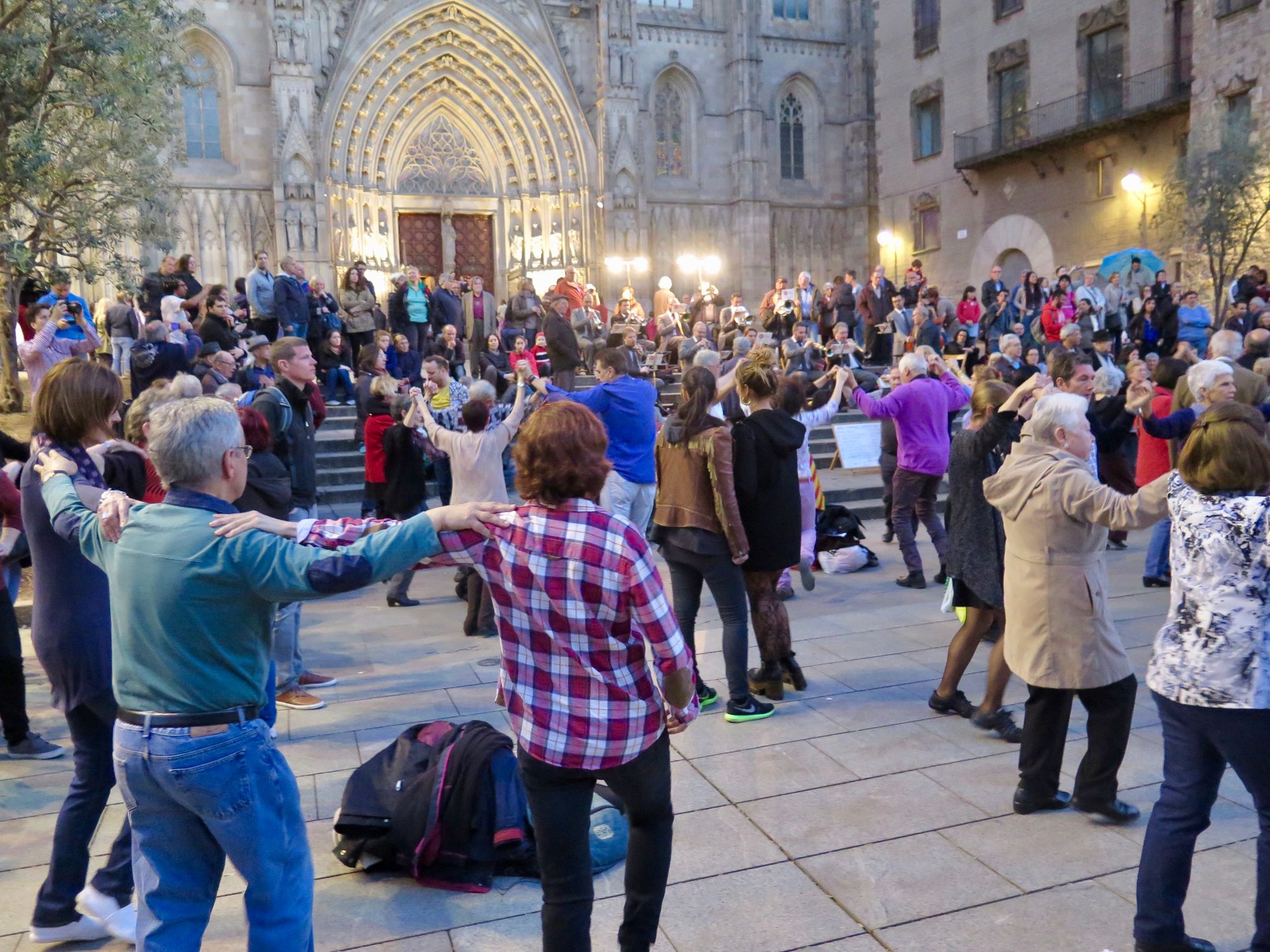
Six Cities that Lead the Way
Buenos Aires
Intersections that are intentionally designed to be "public squares"
In Buenos Aires' Palermo neighborhood, raising the entire intersection to sidewalk level creates a more seamless transition between street corners and stimulates more social activity. This approach encourages impromptu socializing and helps sidewalk cafés to flourish. Entrances to corner buildings are also canted, which adds to the town square feel. This design causes drivers to slow down, even come to a stop, as they take in all the activity on the corner.
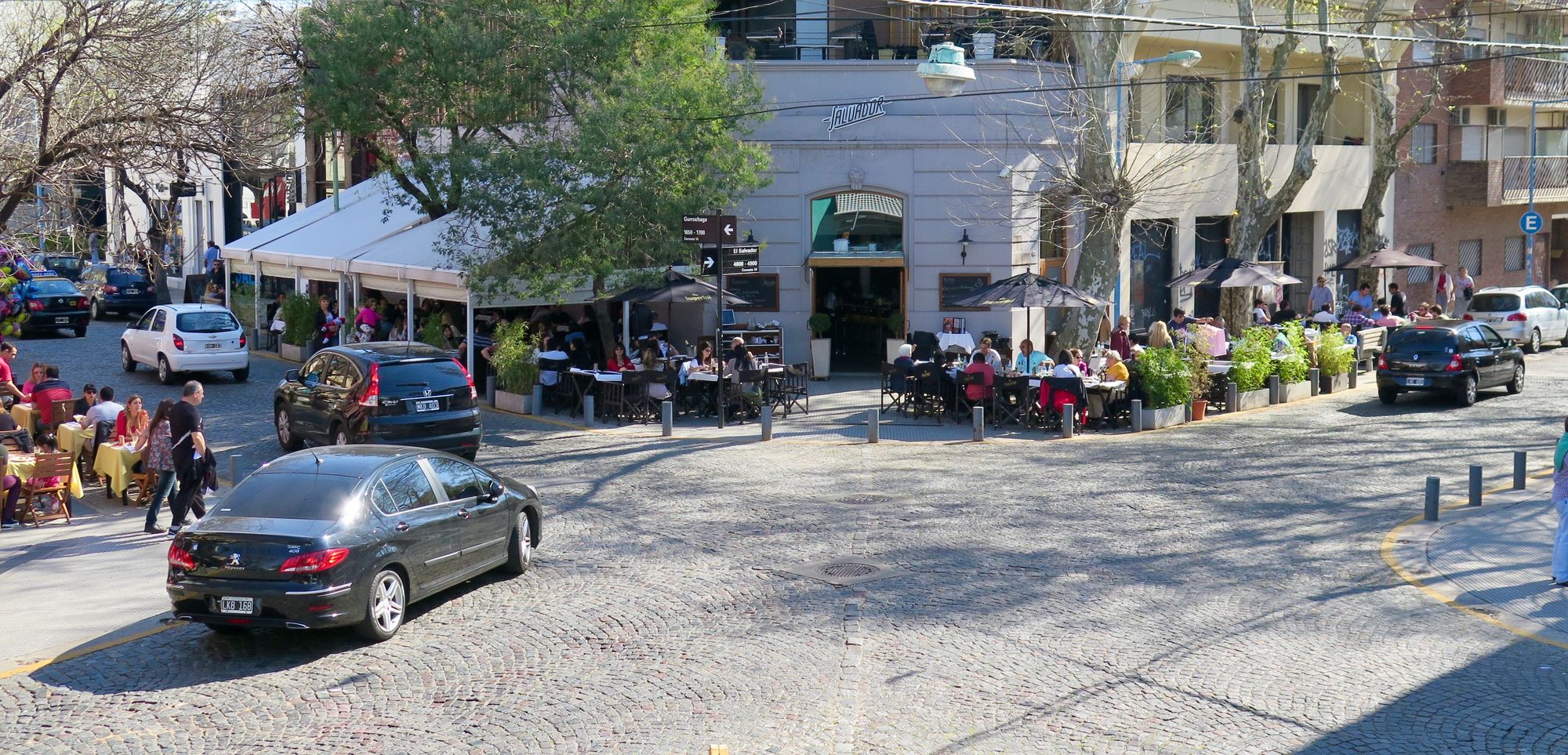
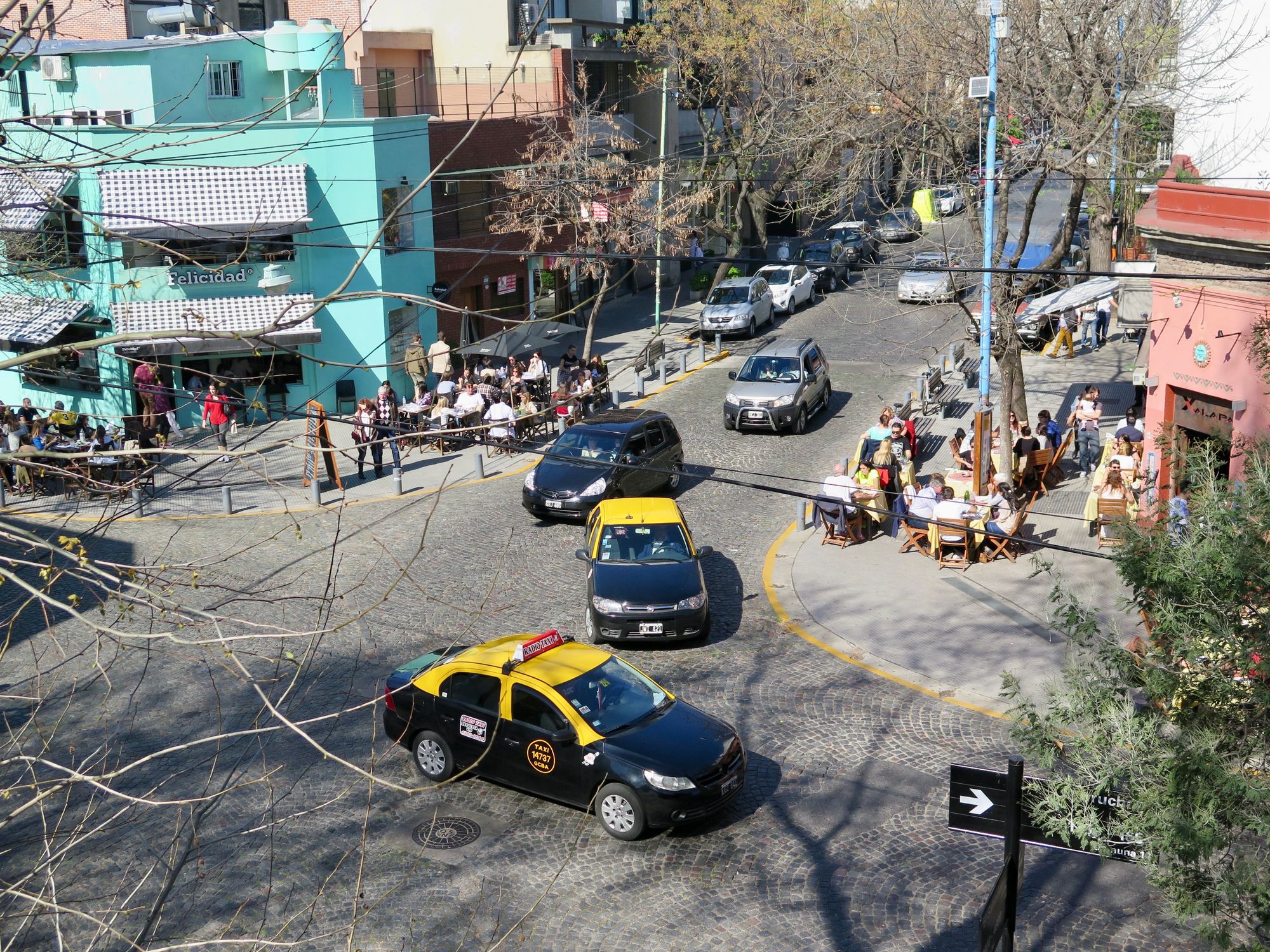
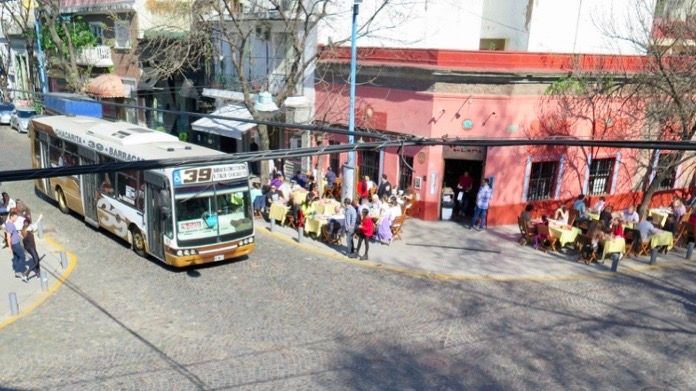
As a result of these choices, street corners in in the neighborhood foster a lively social scene. This corner, in particular, is one of the best.
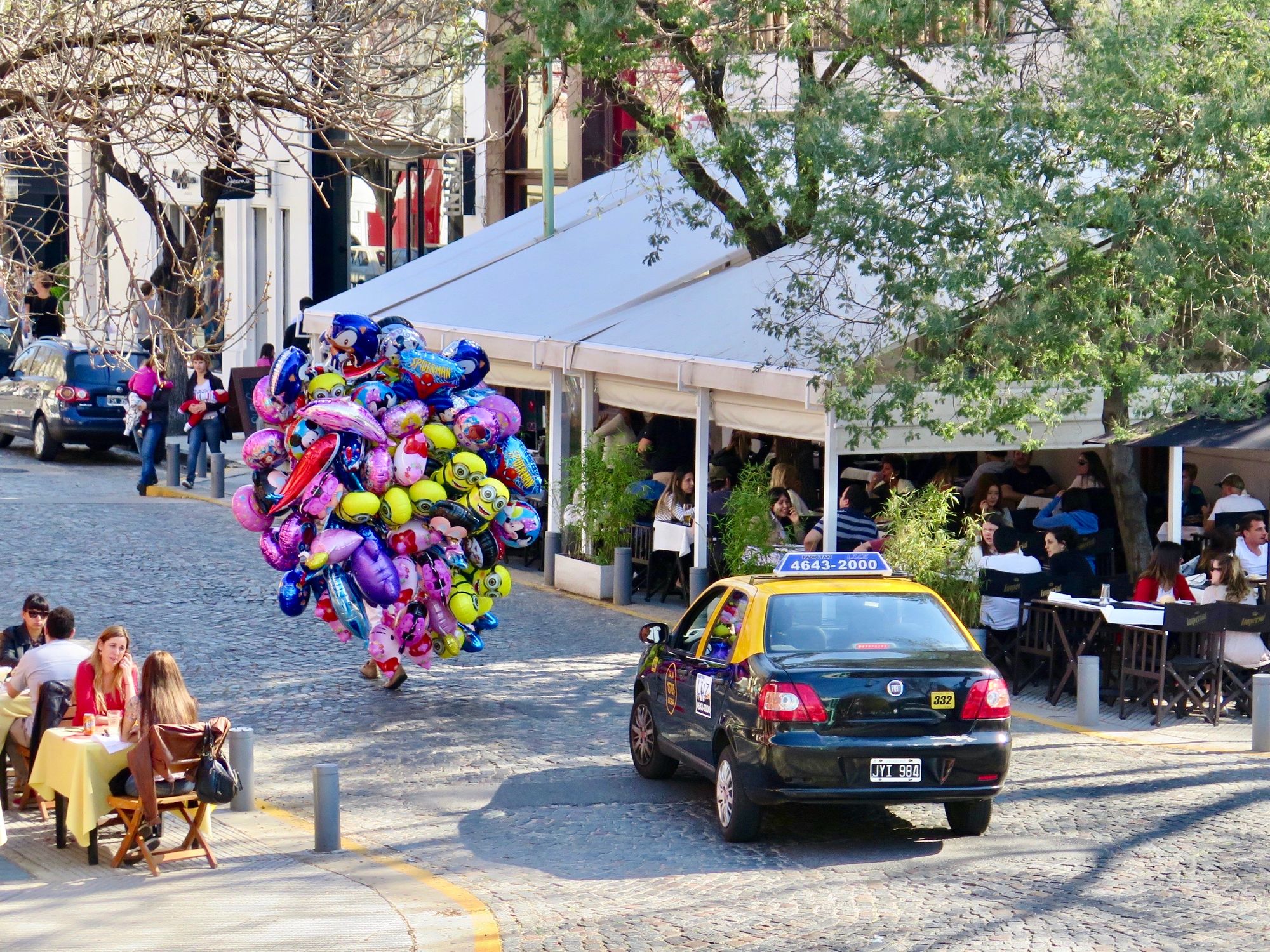
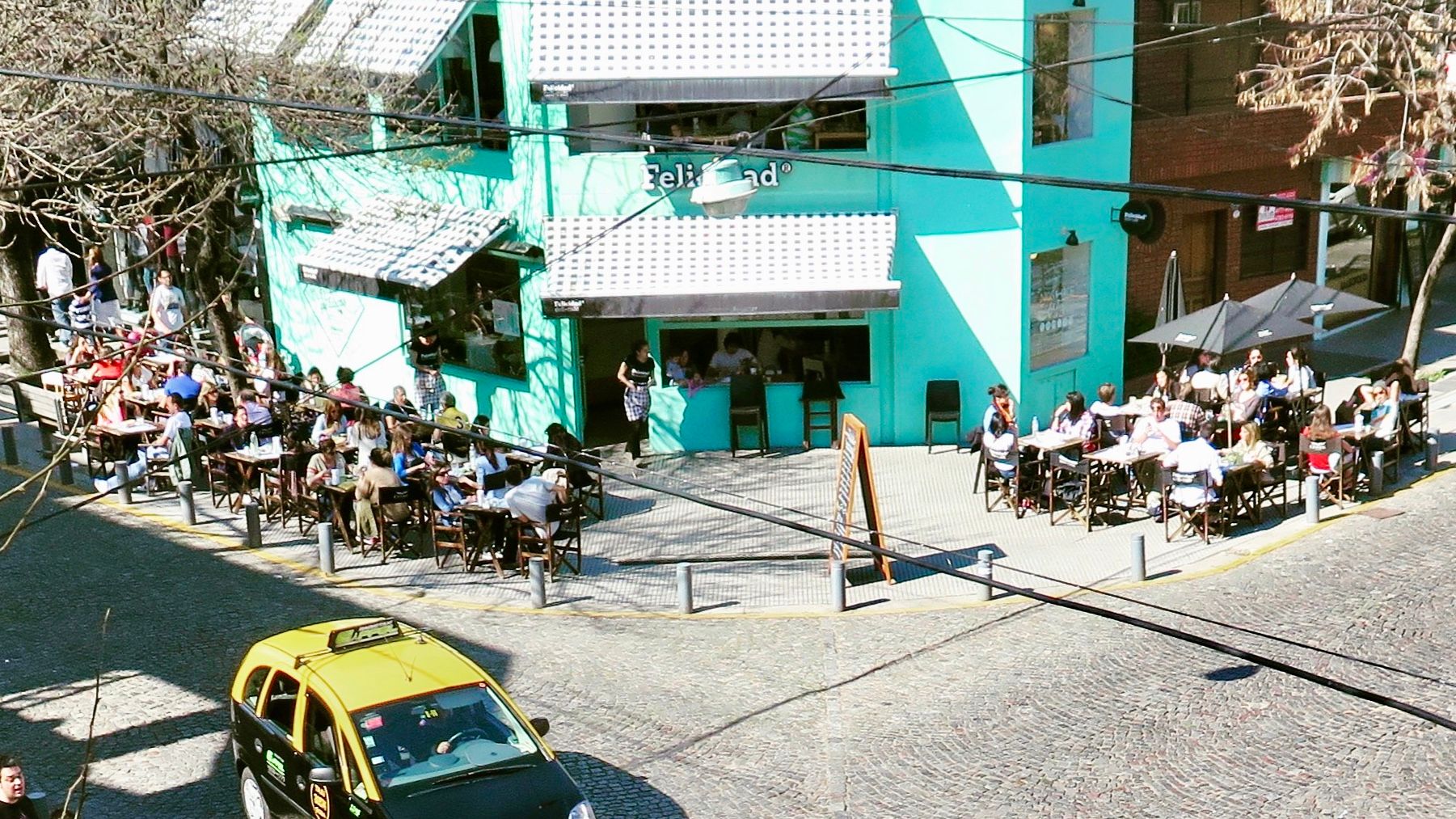
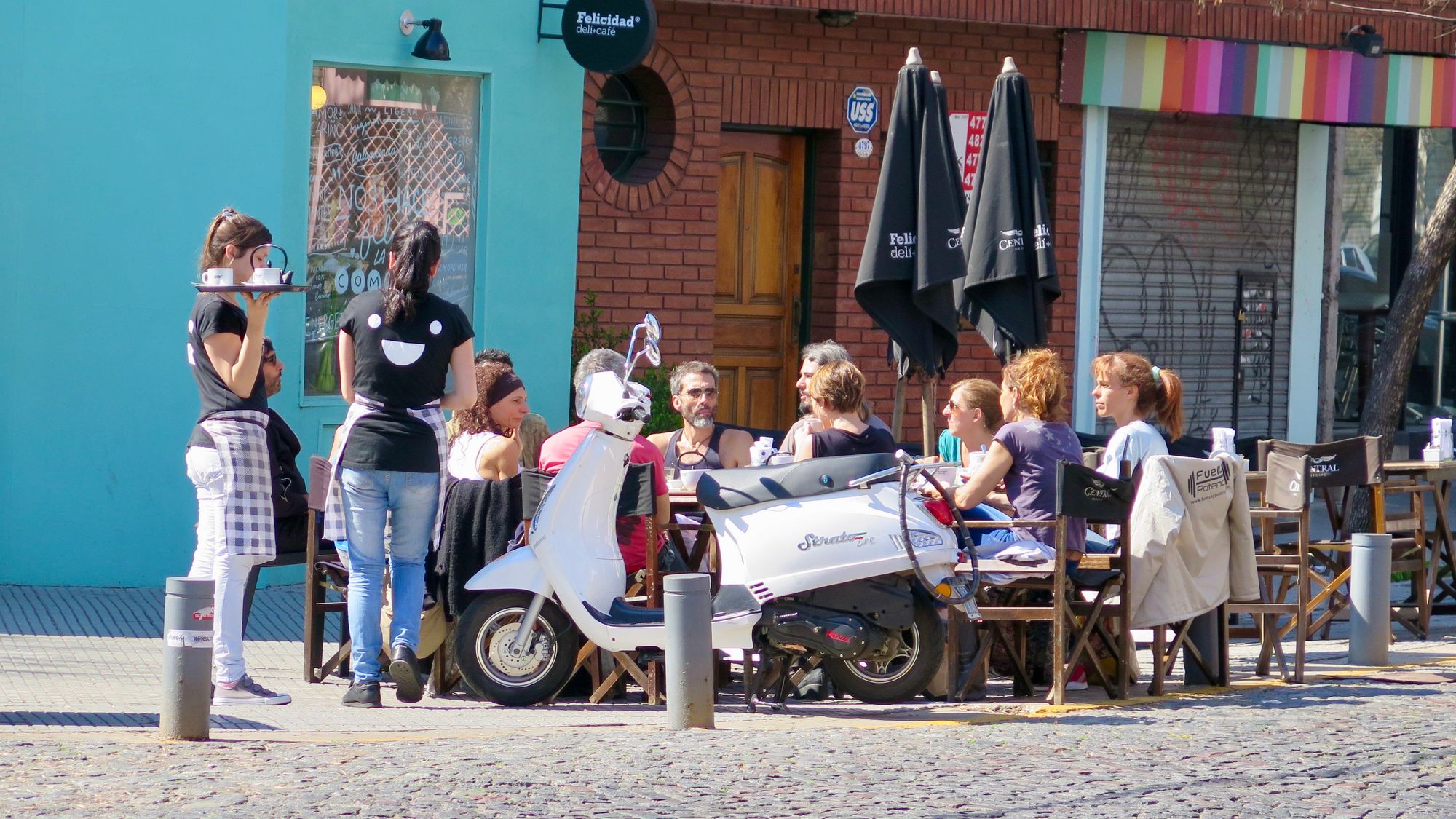
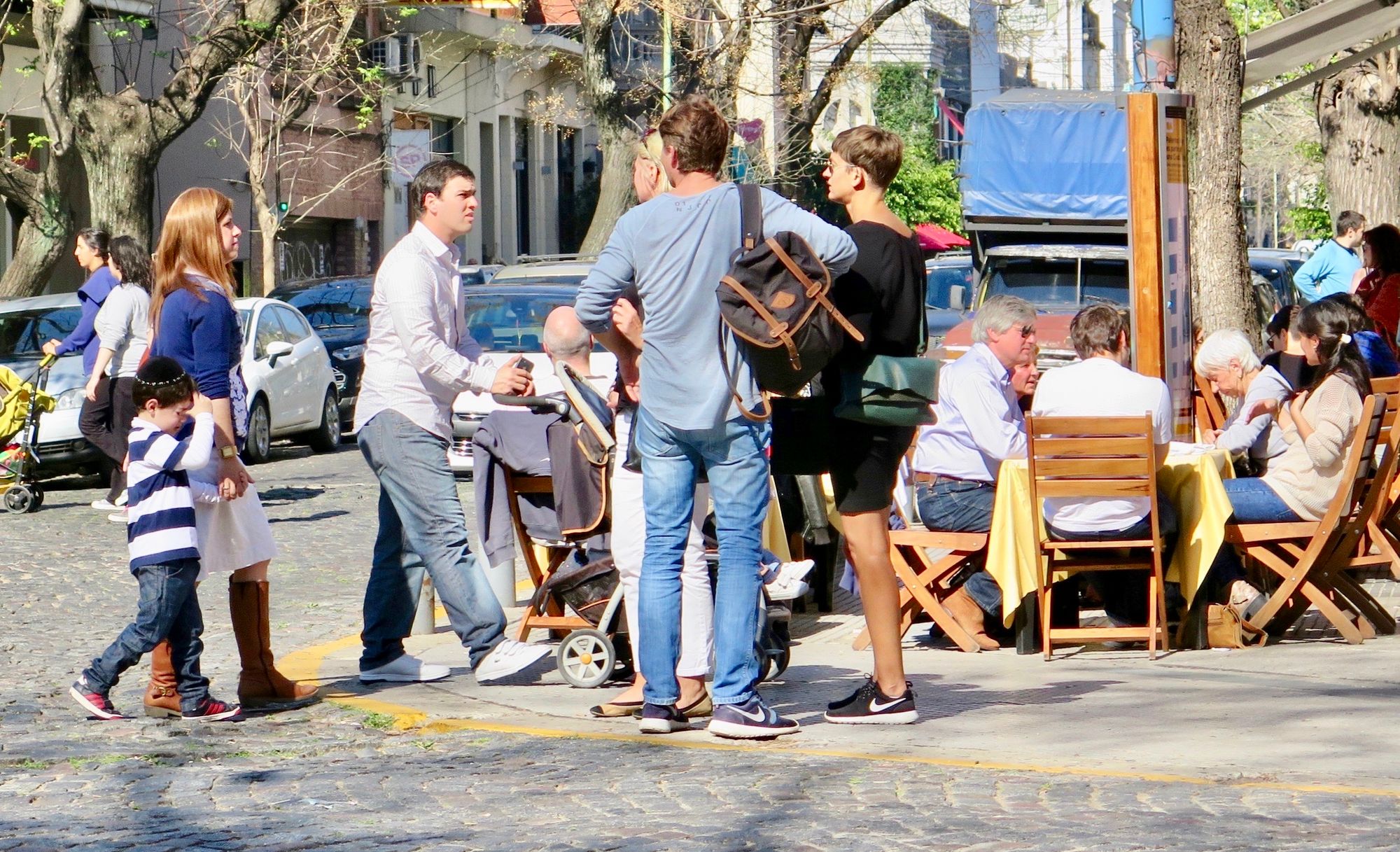
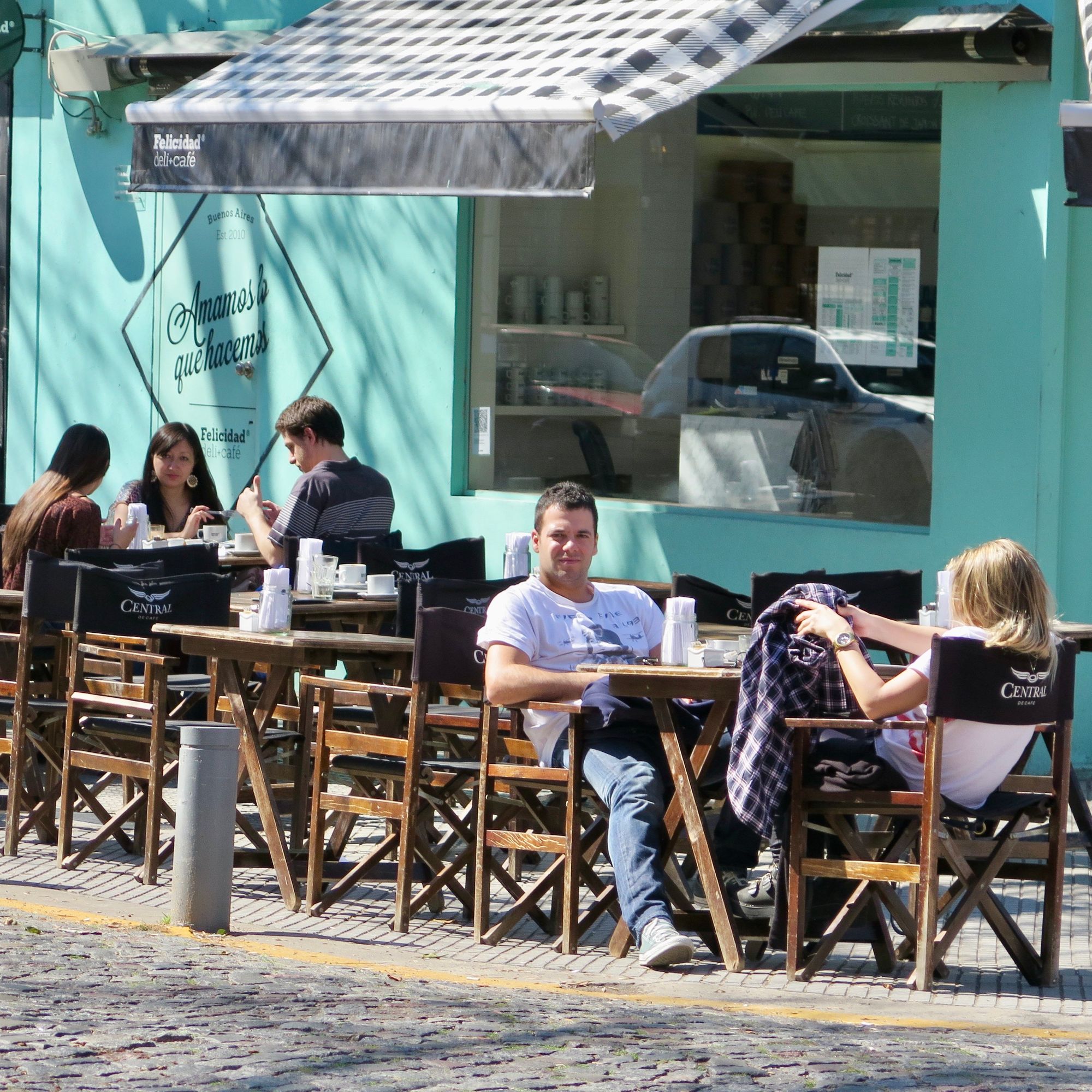
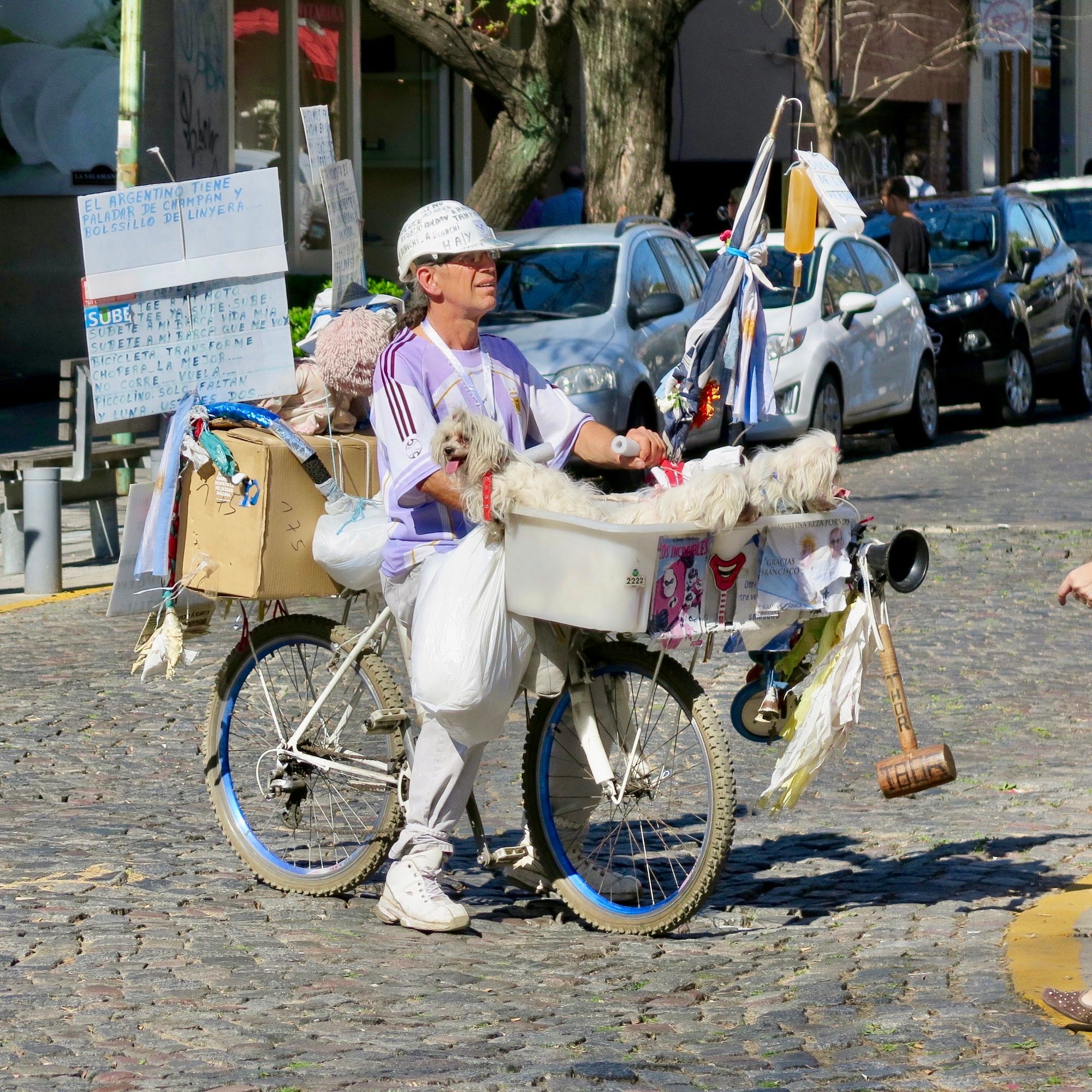
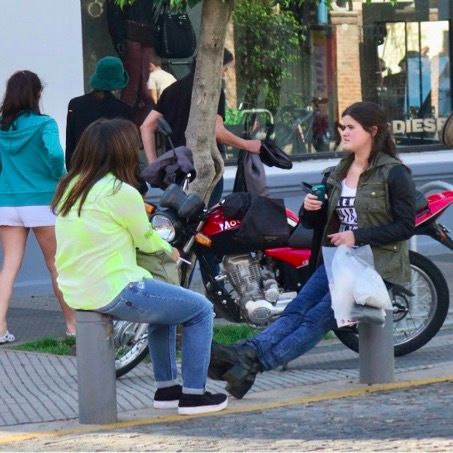
Other neighborhoods in Buenos Aires have utilized their corners as well.
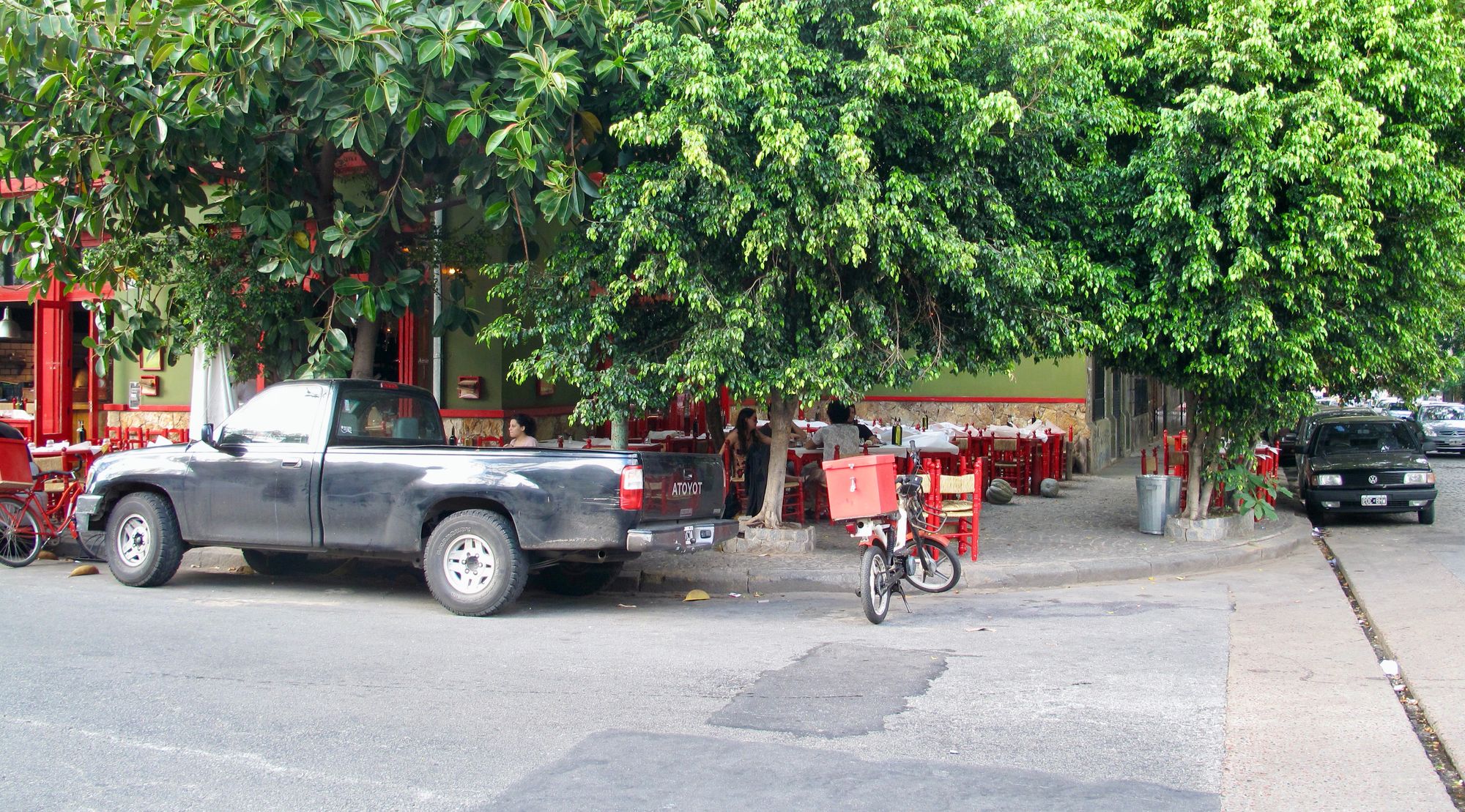
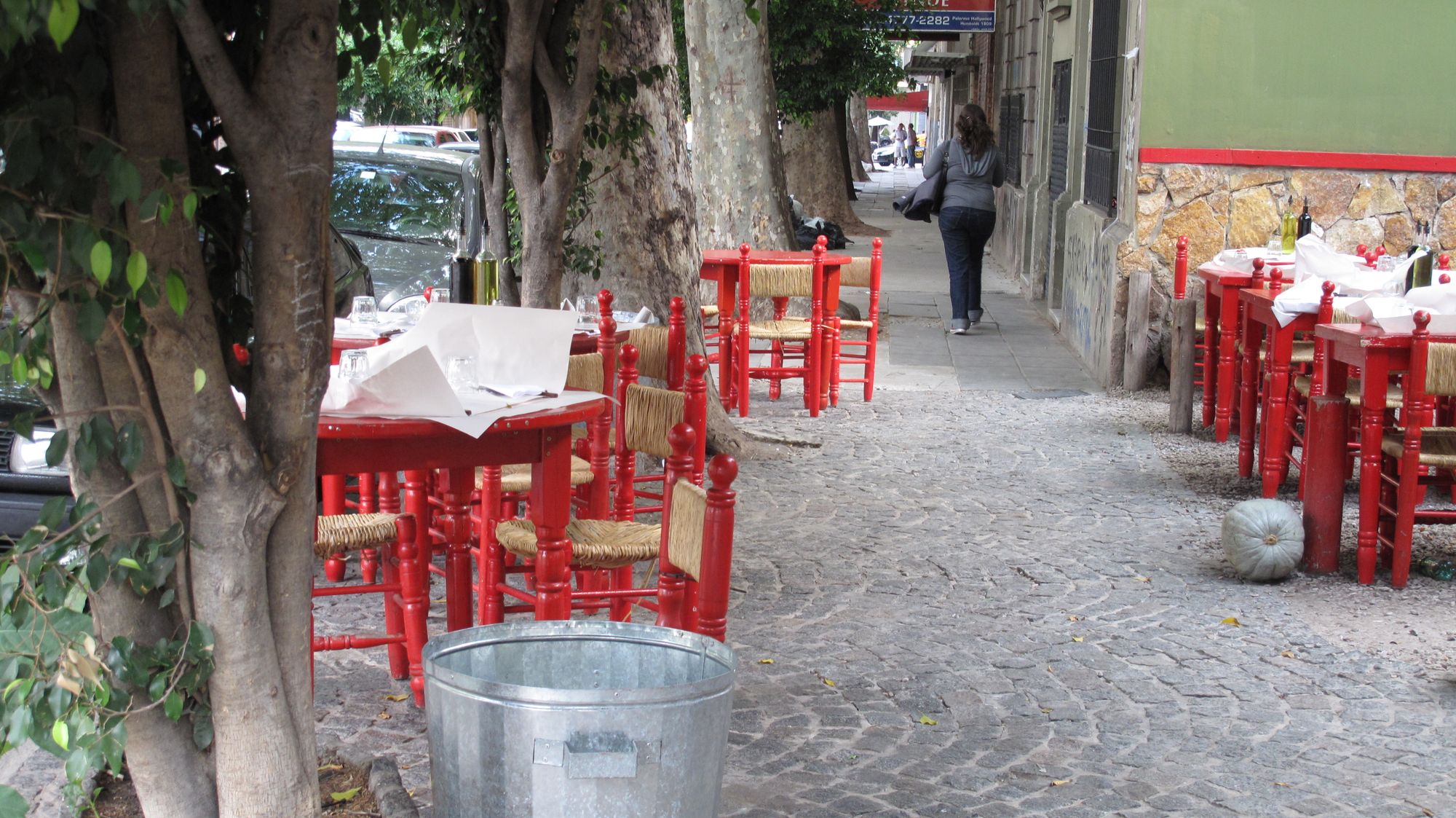
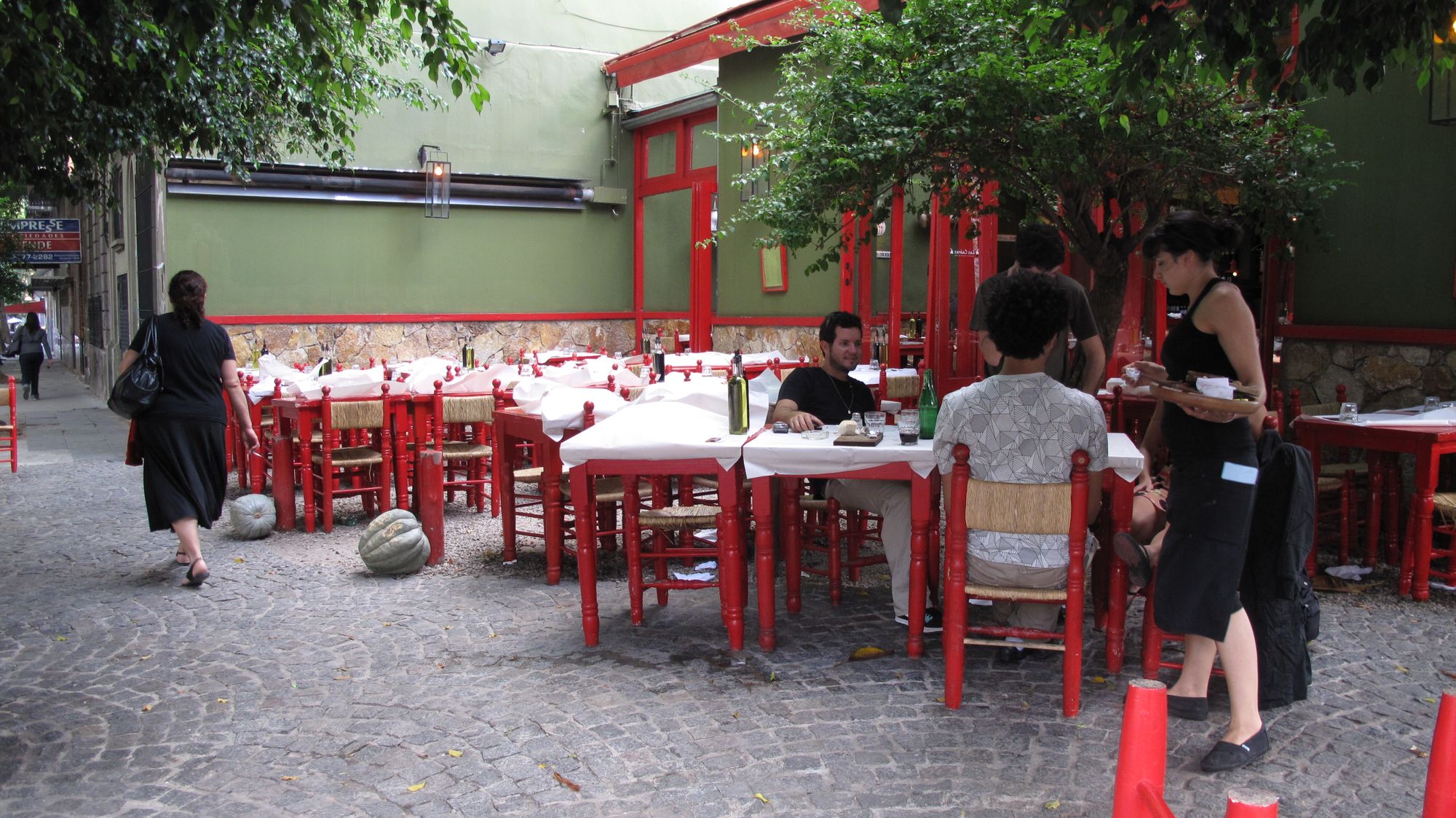
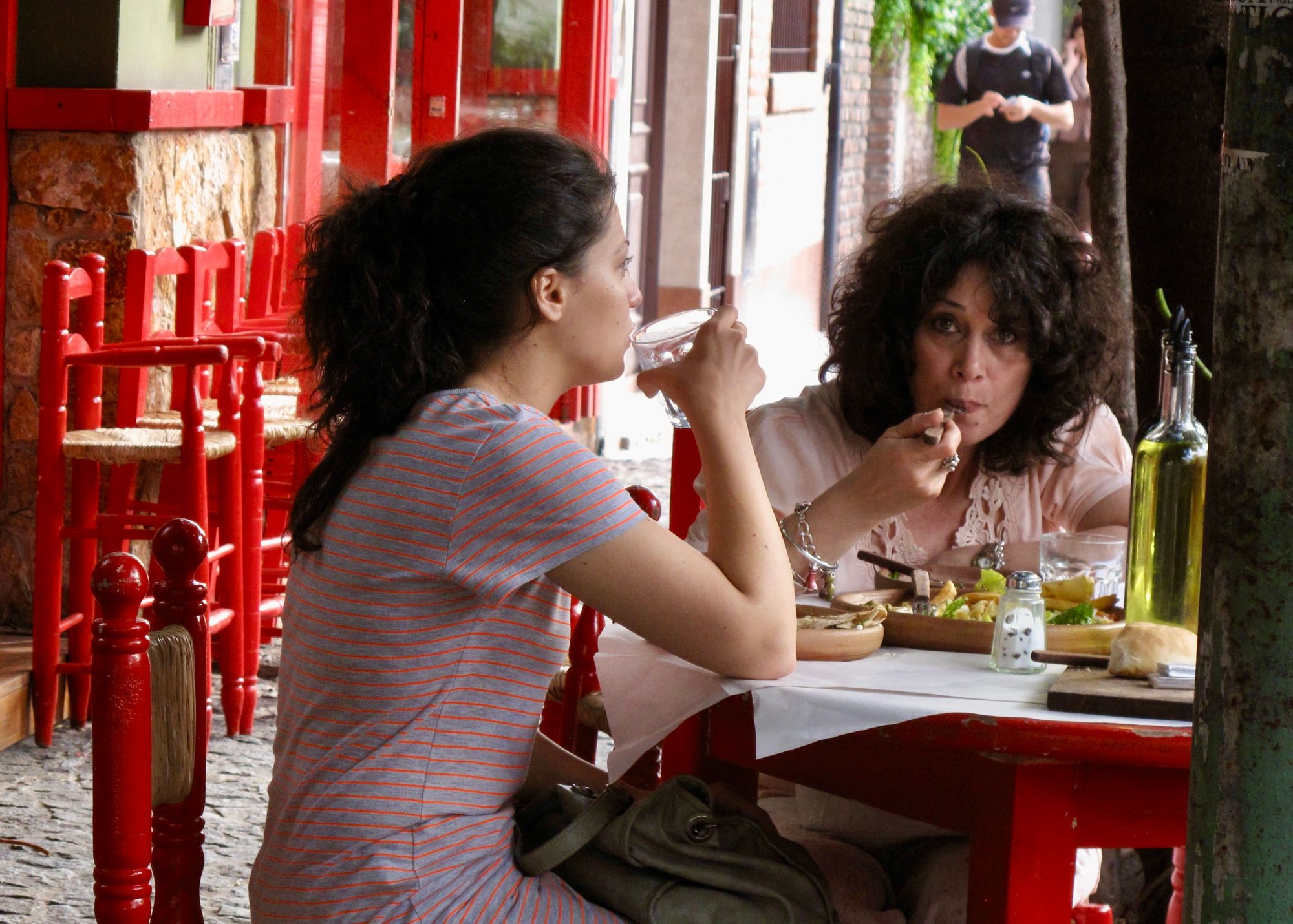
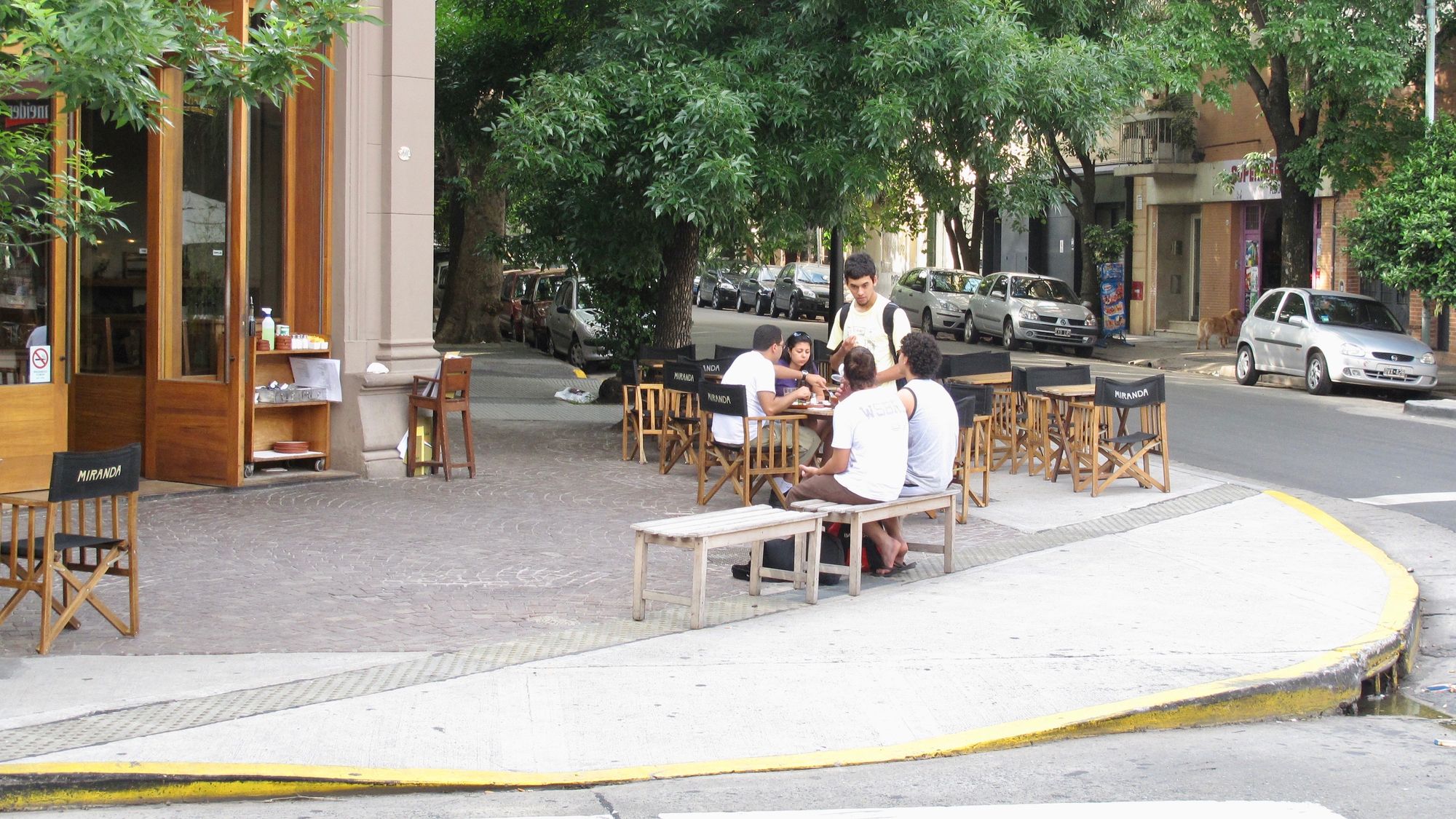
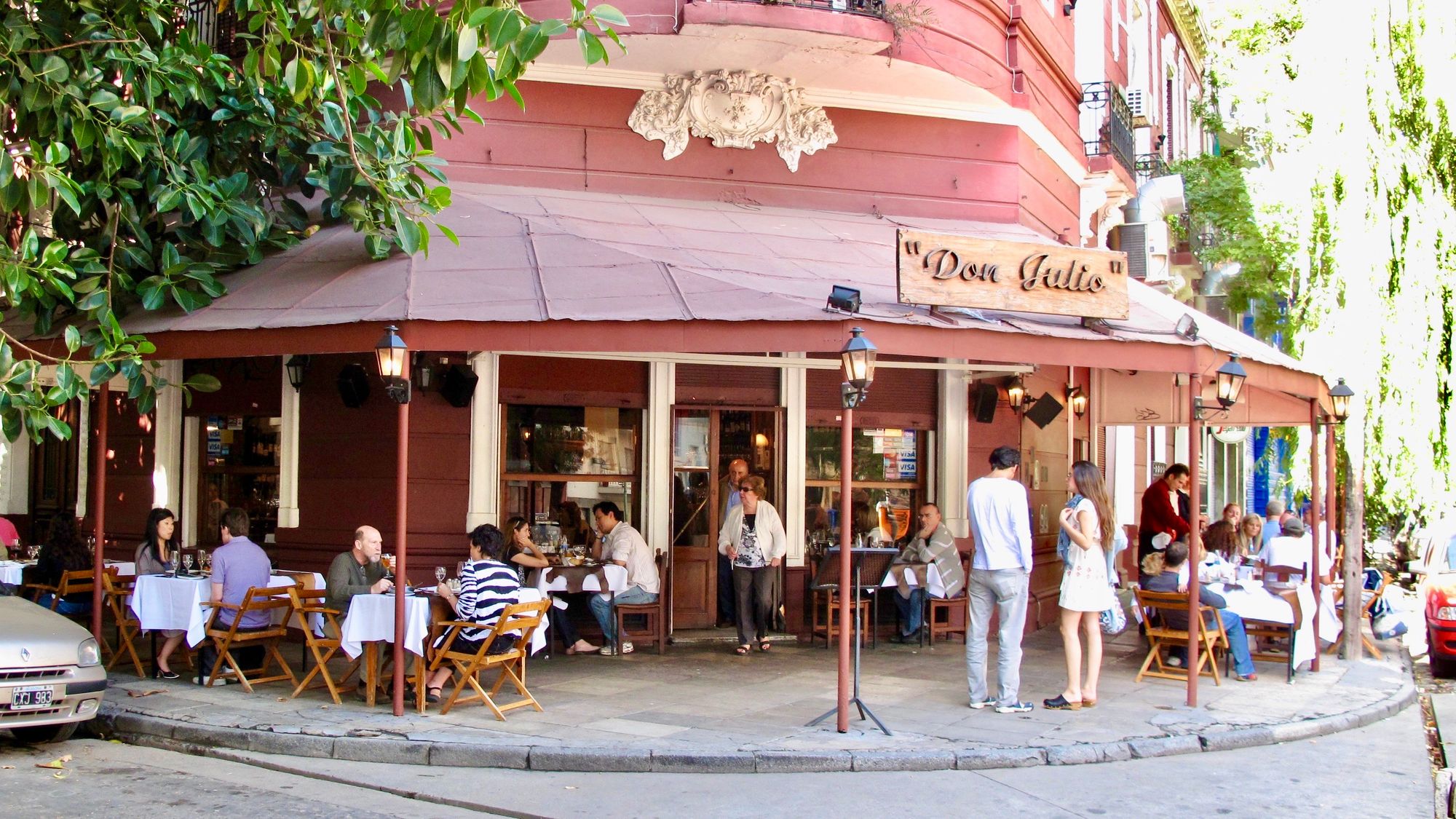
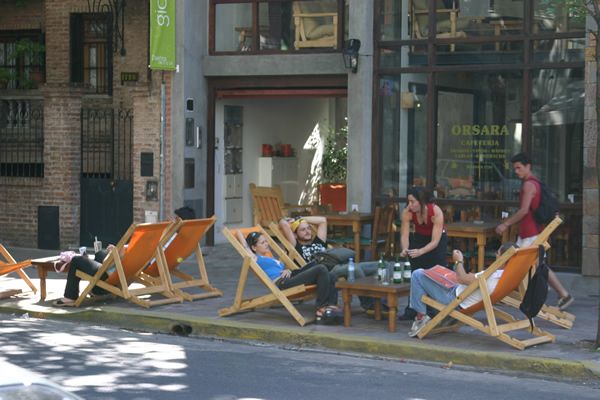
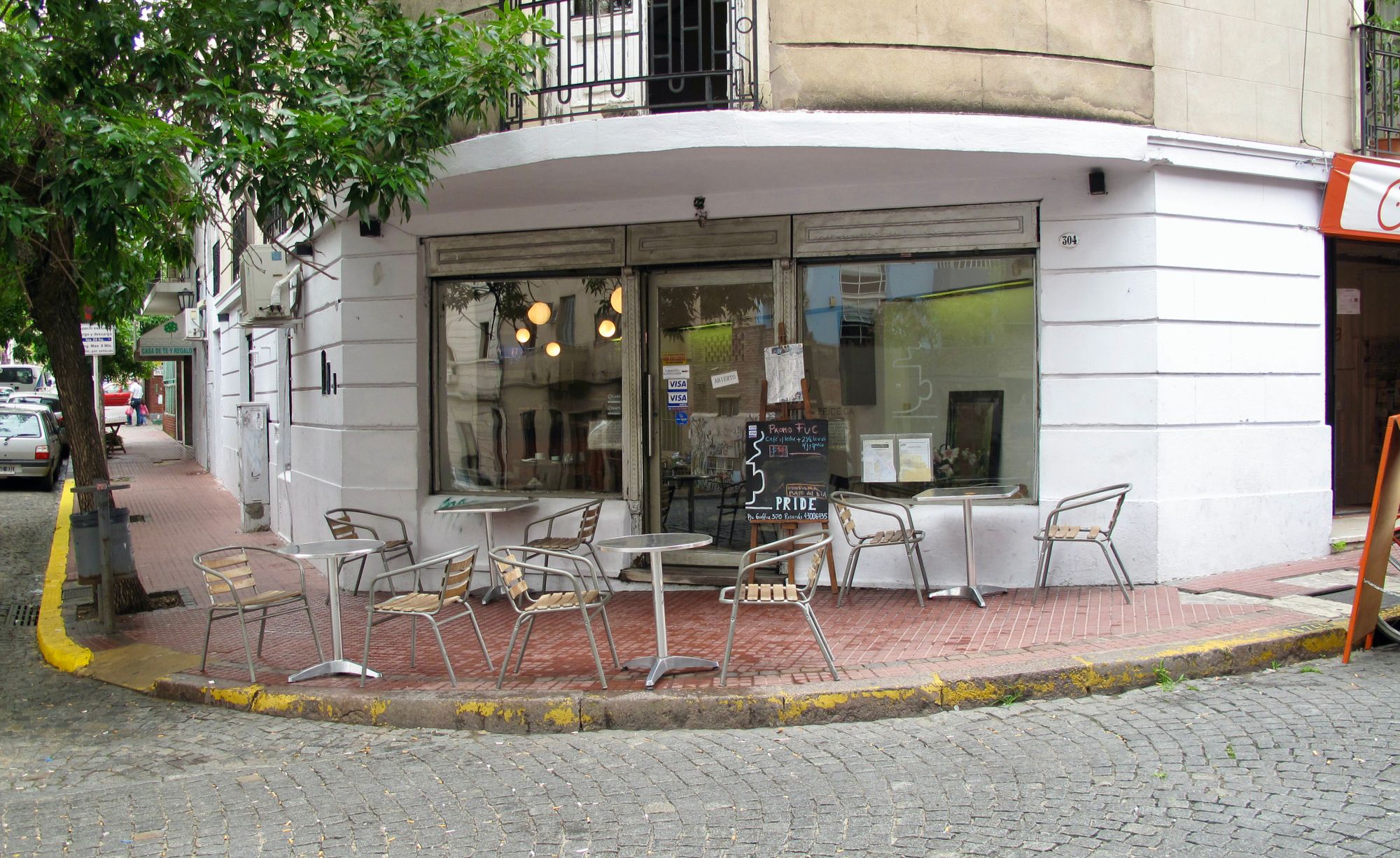
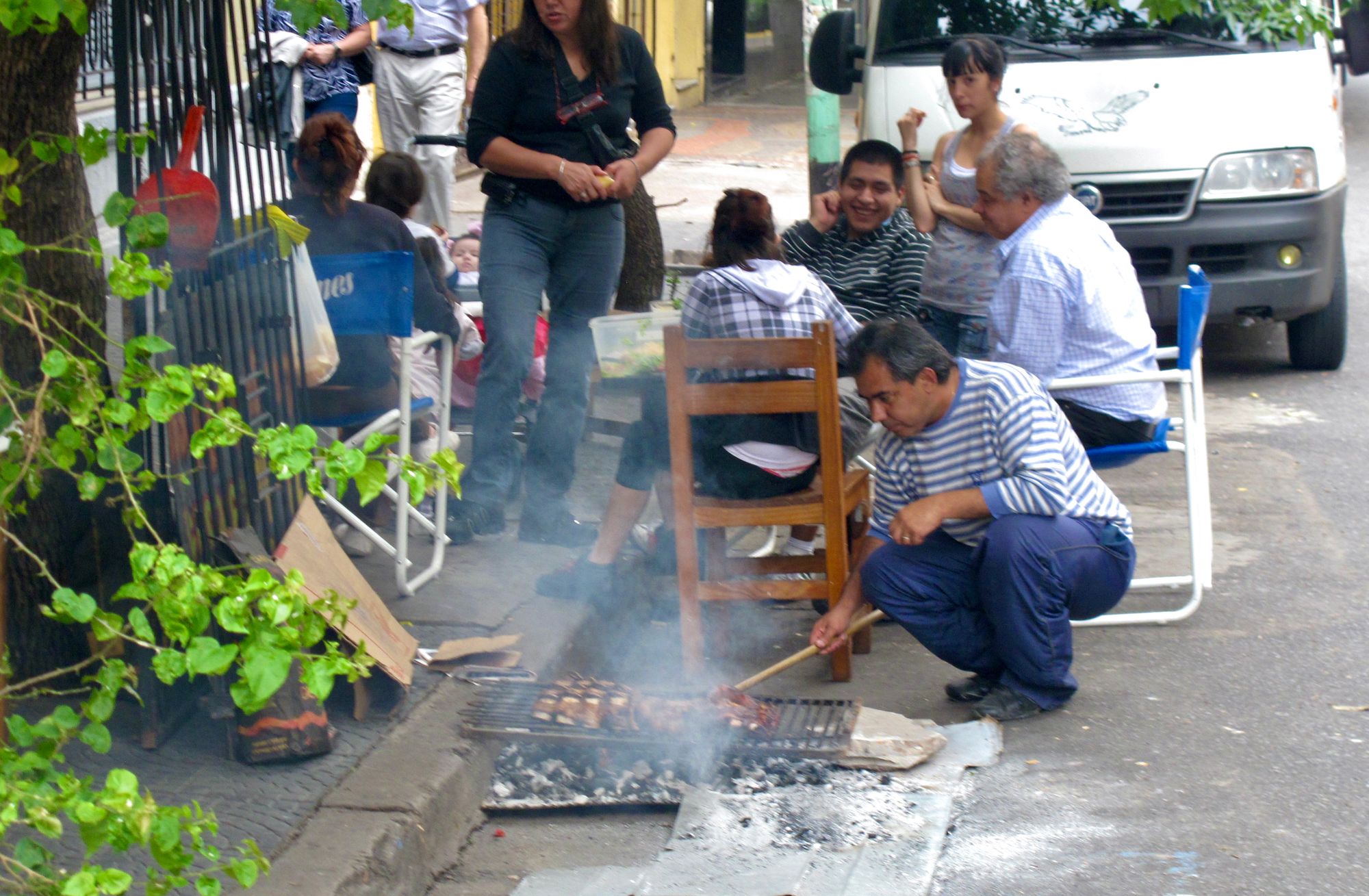
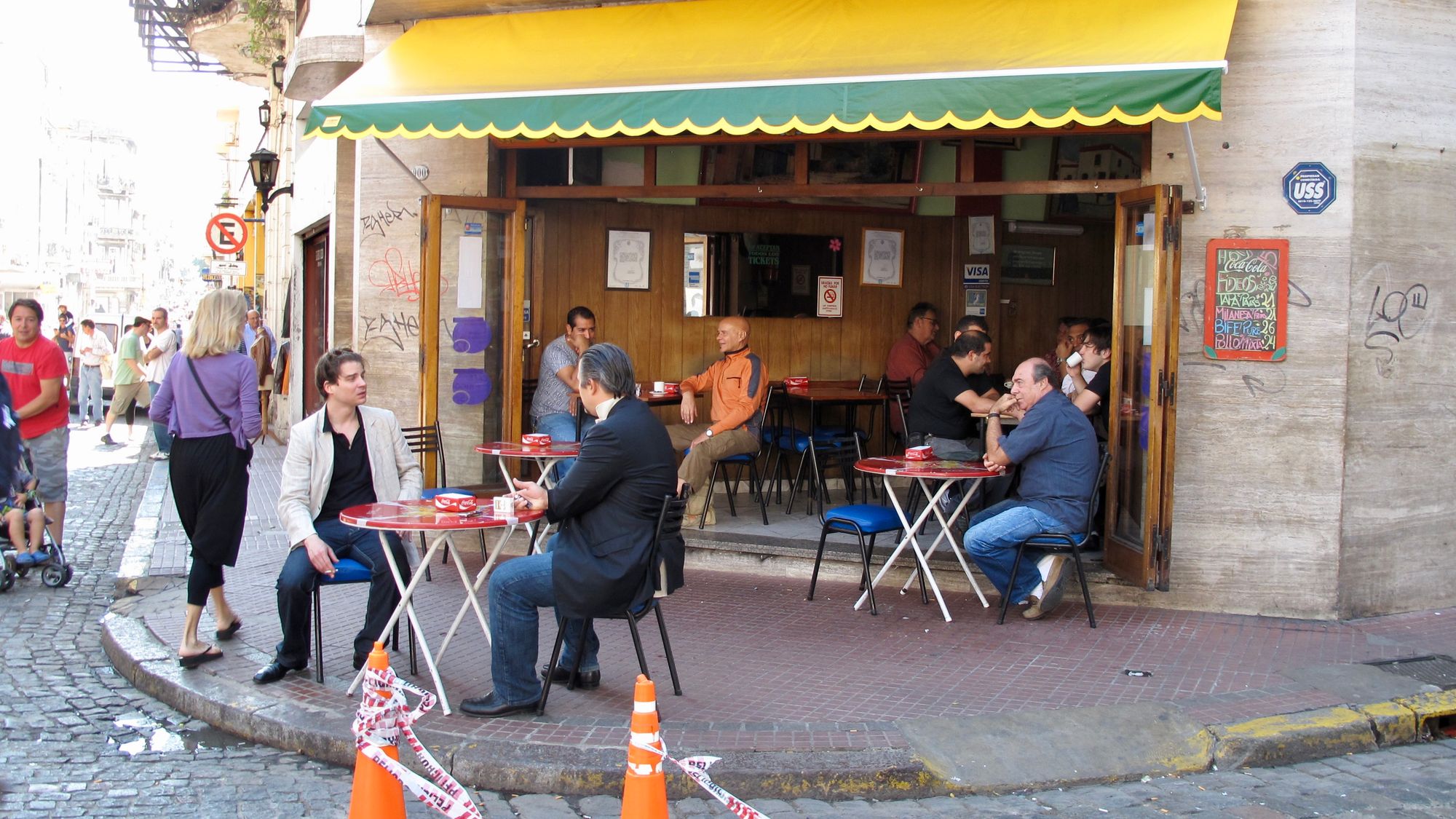
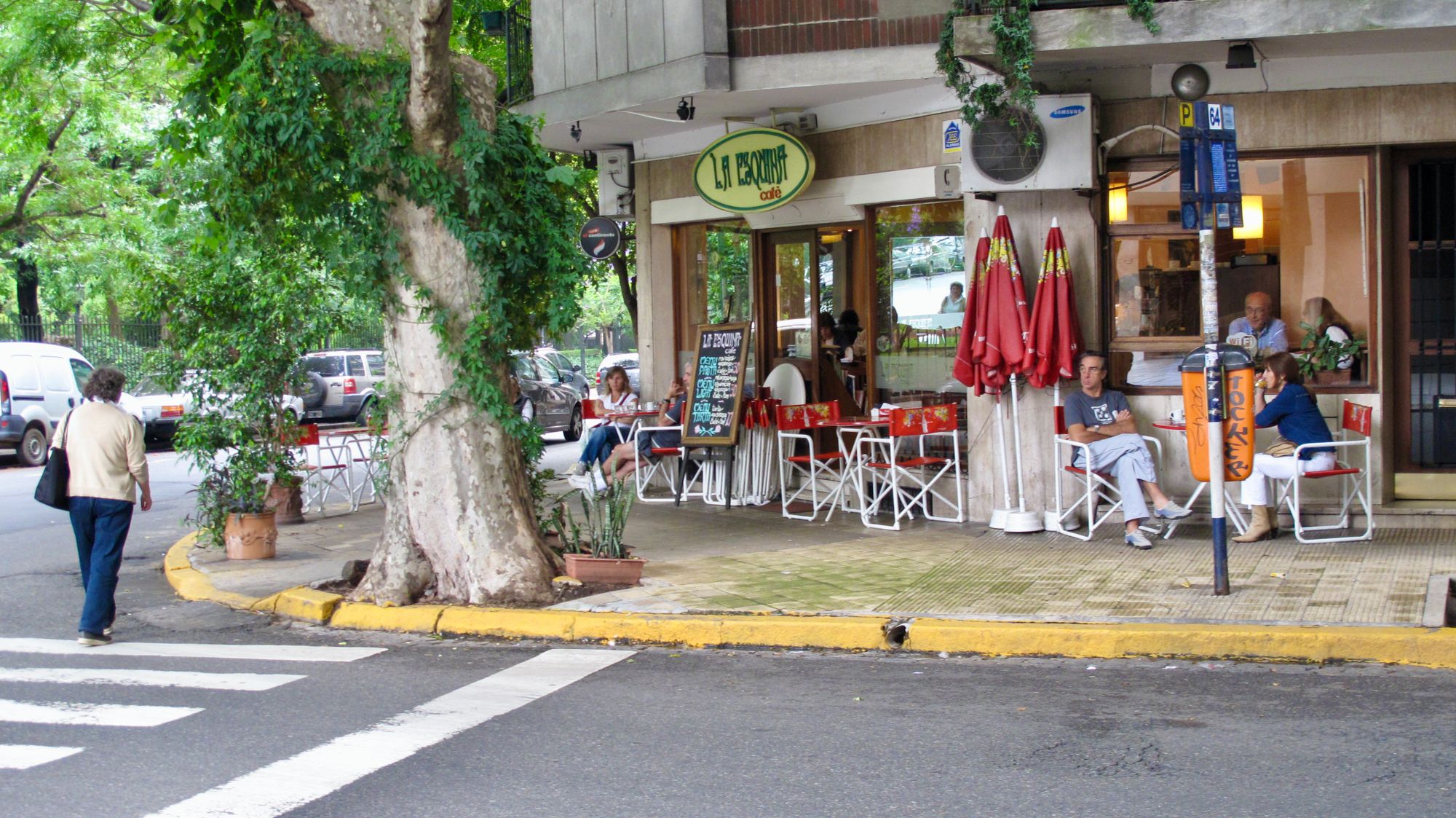
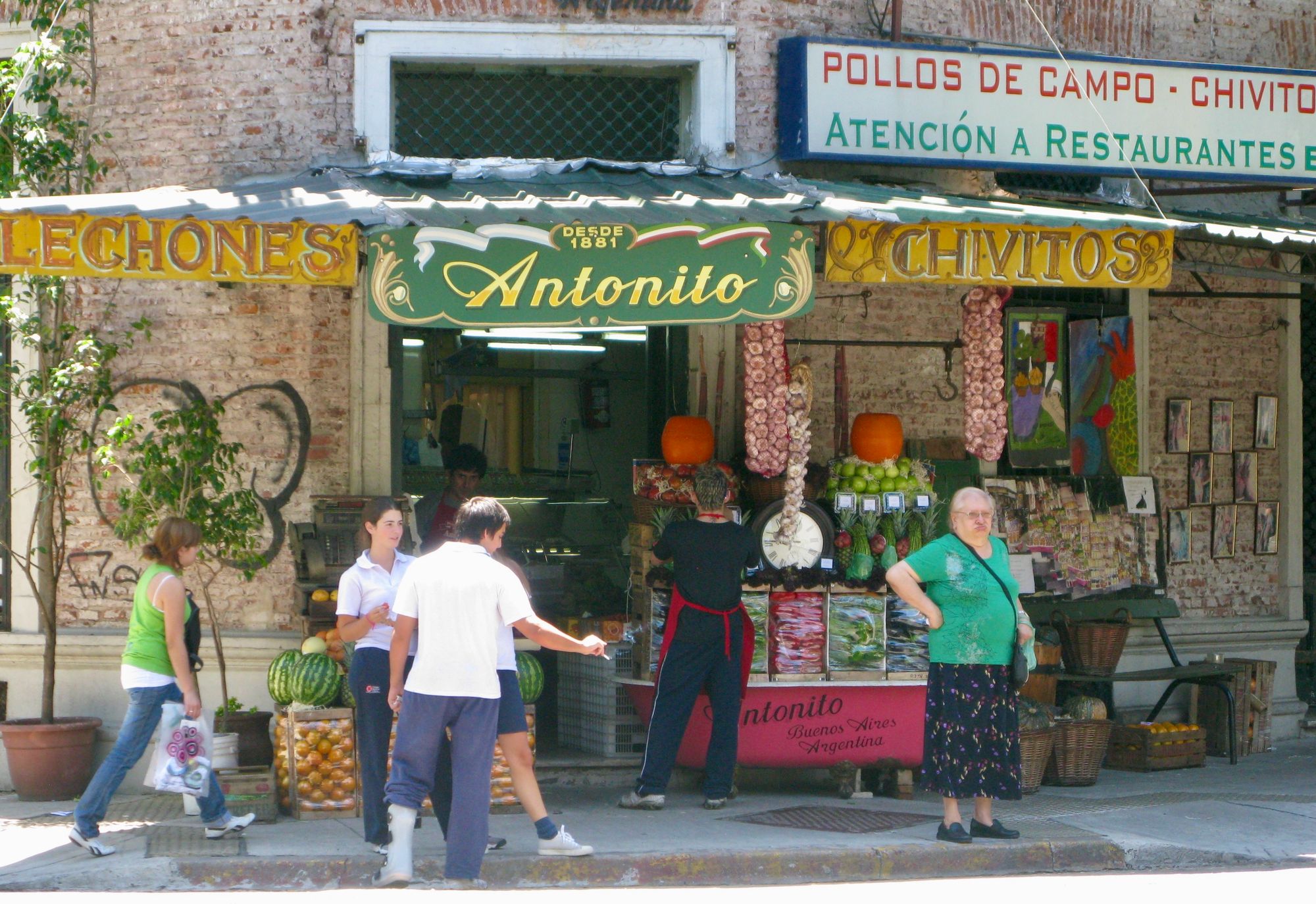
This one in San Telmo is a favorite for men hanging out. The stone slab and bollard create a focal point where people sit and conversations start.
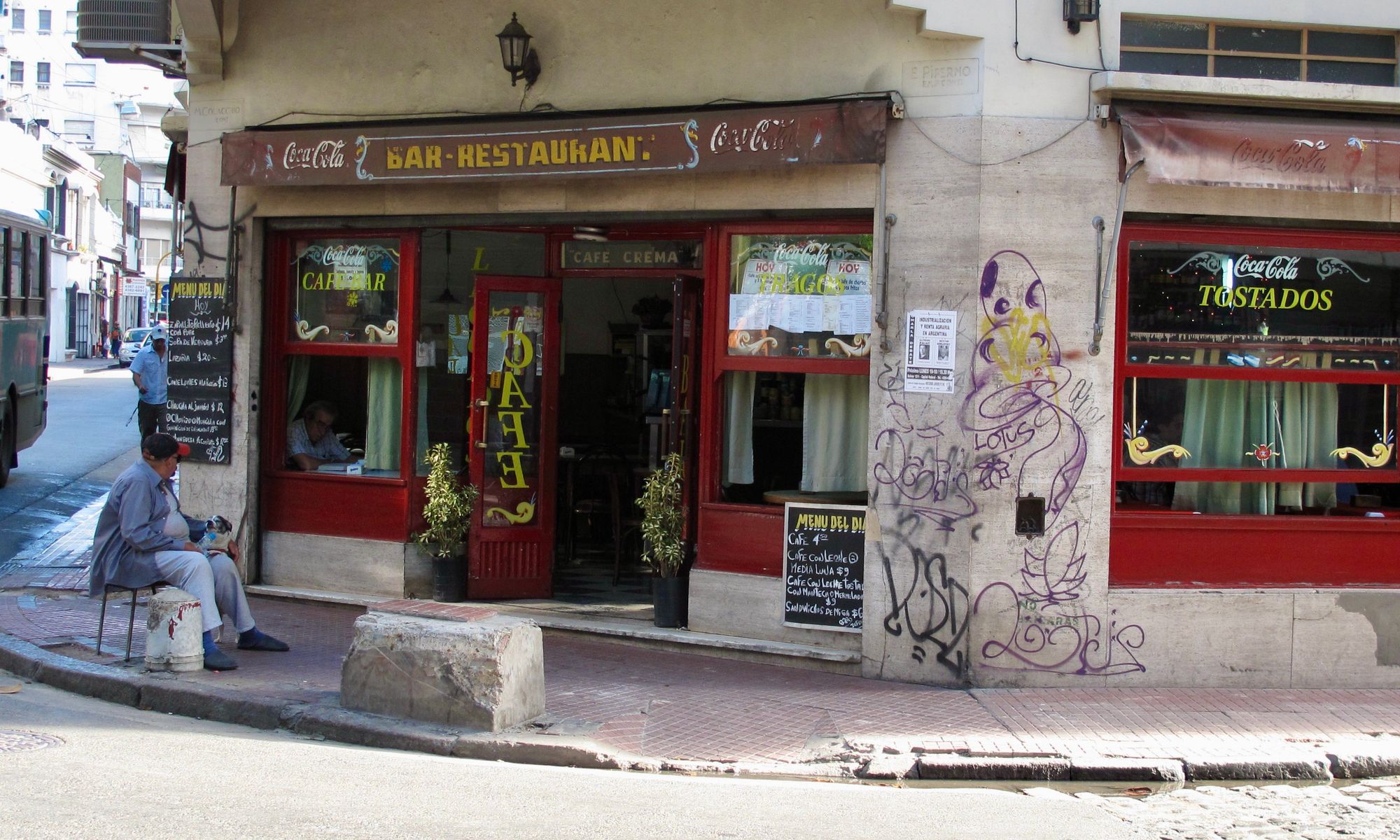
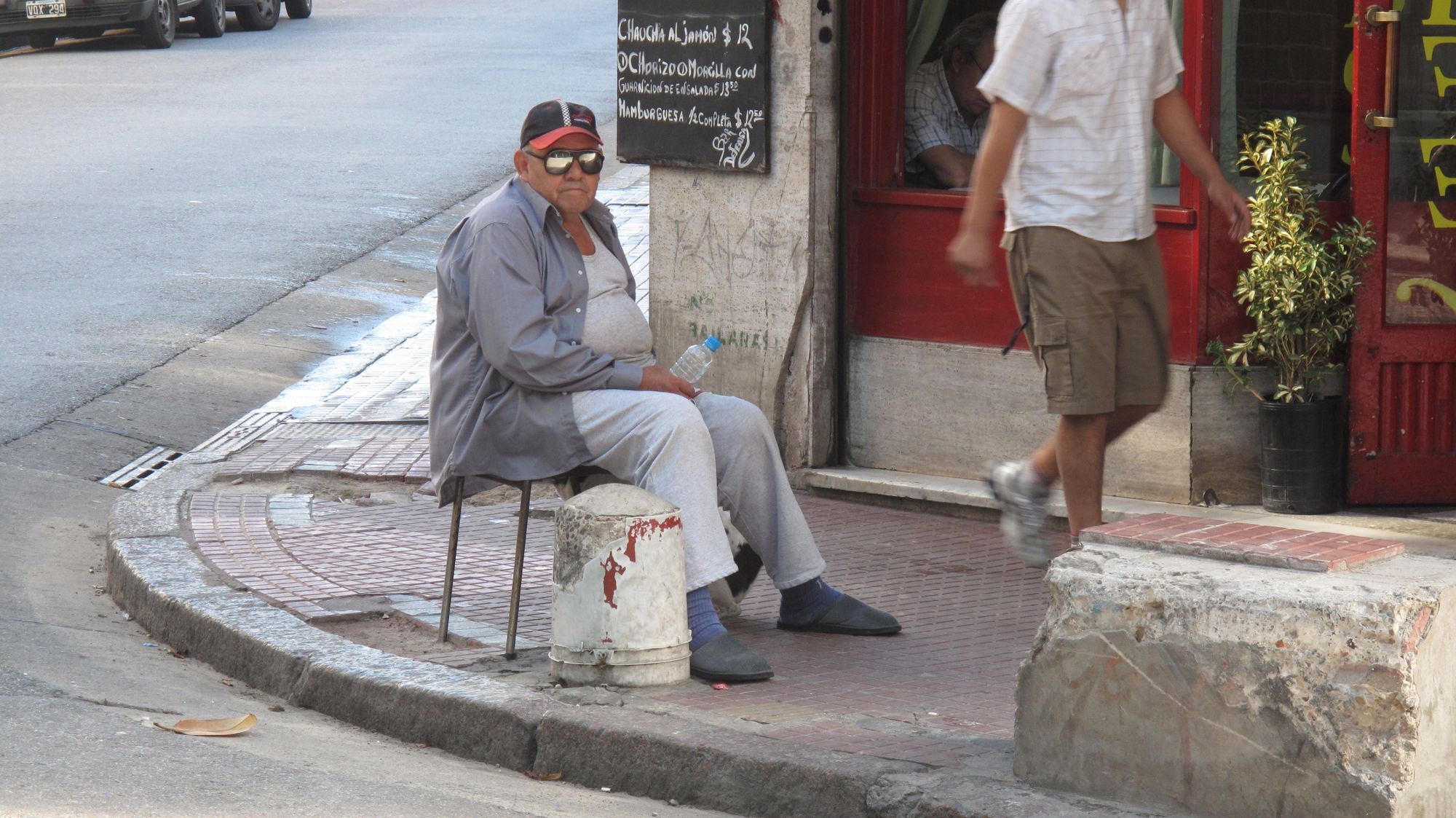
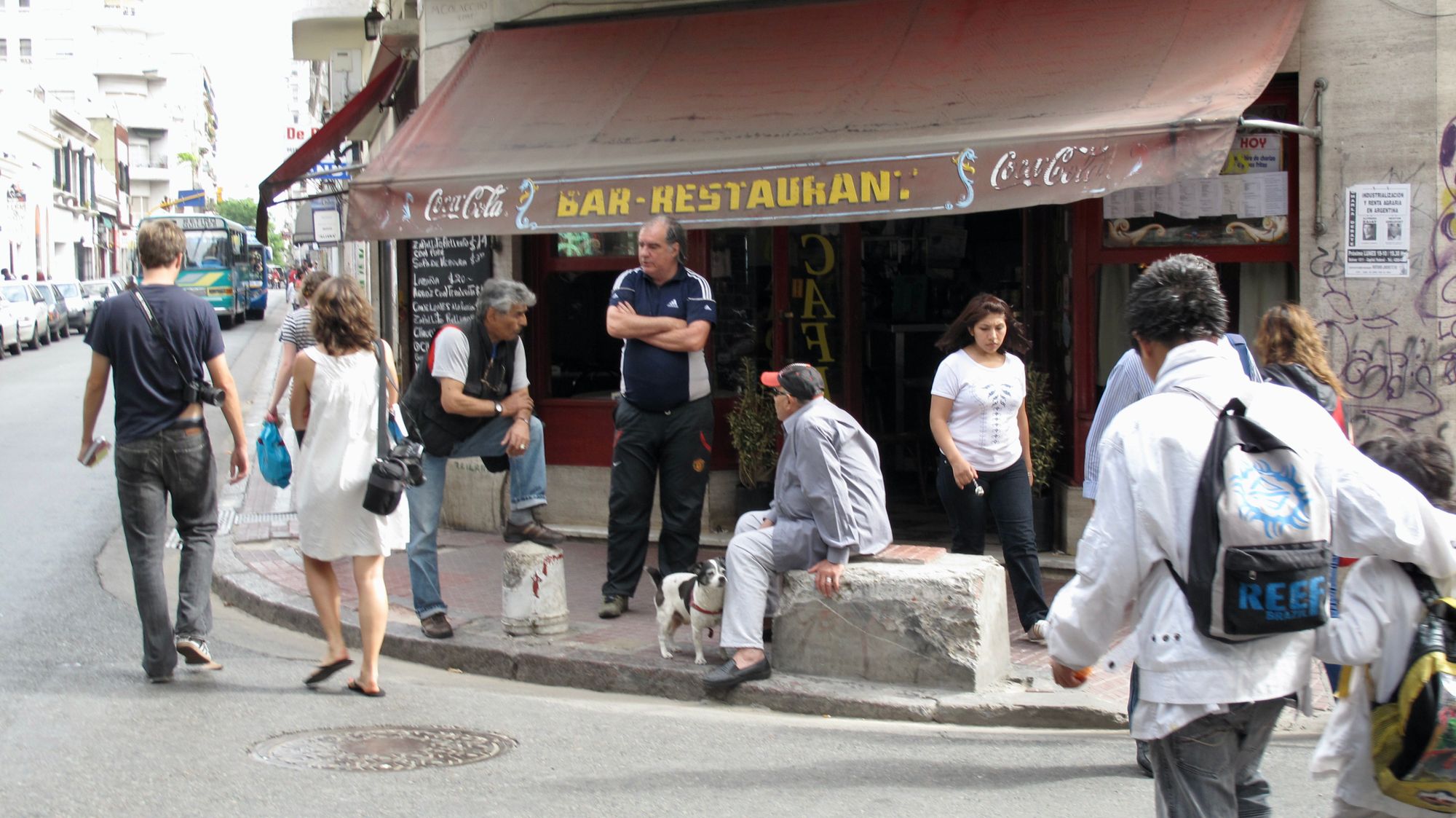
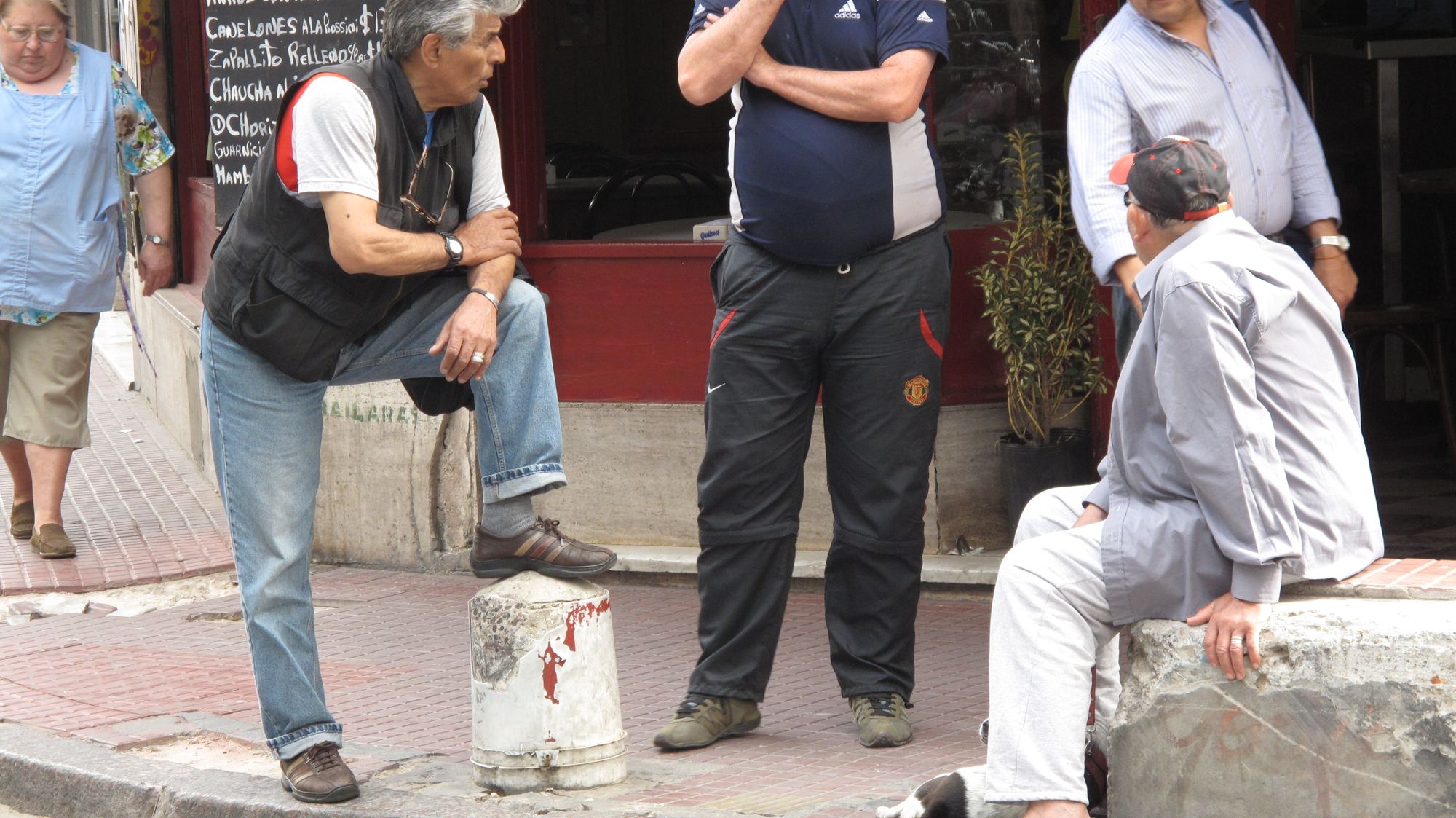
Paris: a city defined by corner cafés
Restaurants occupy most of the choice corners in Paris neighborhoods, meaning that some of the best intersections have three and sometimes four active corners. As you look at these images, note the activities taking place on the sidewalk, and the fact that the things happening inside of many restaurants are also integrated into the social life outside, lighting up the sidewalk and street with activity.
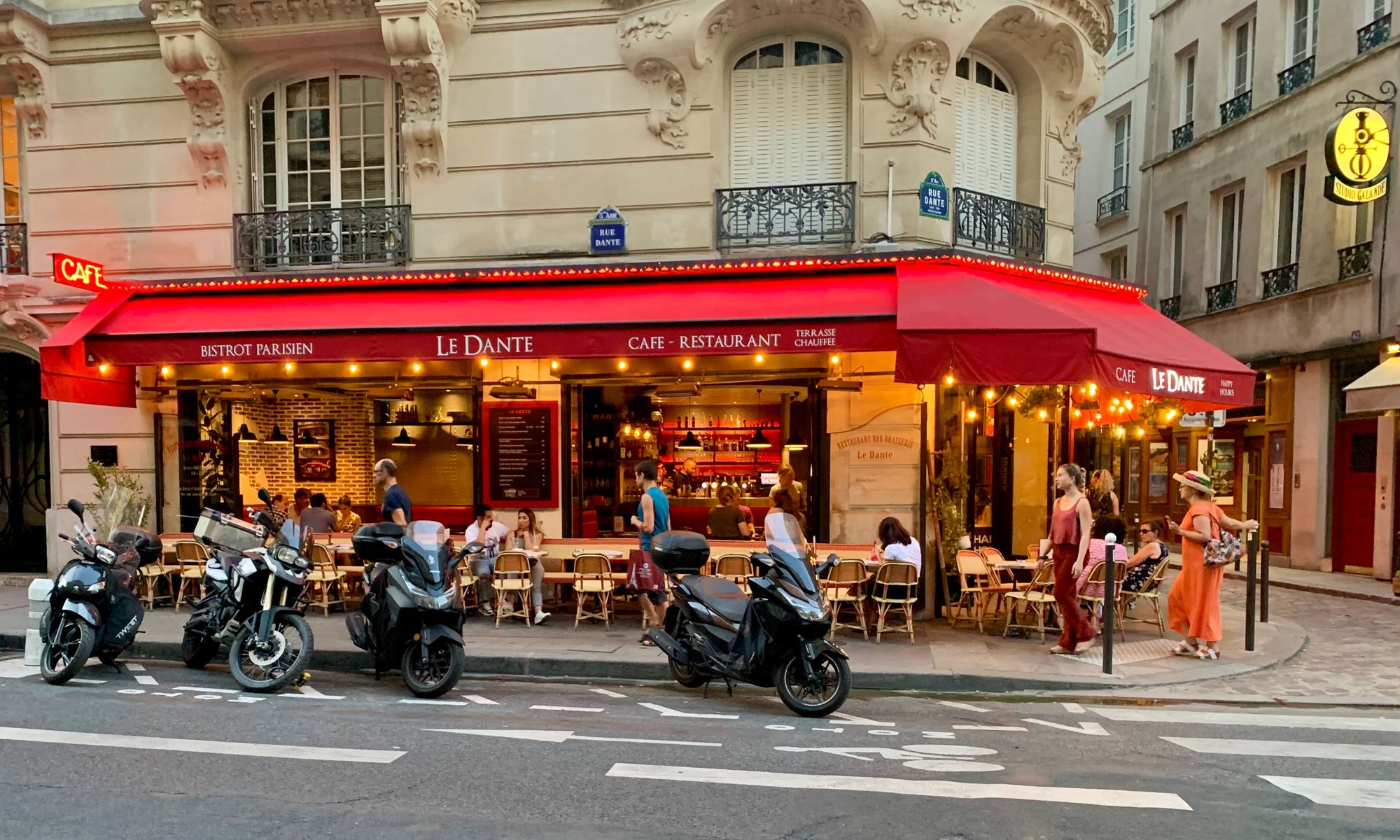
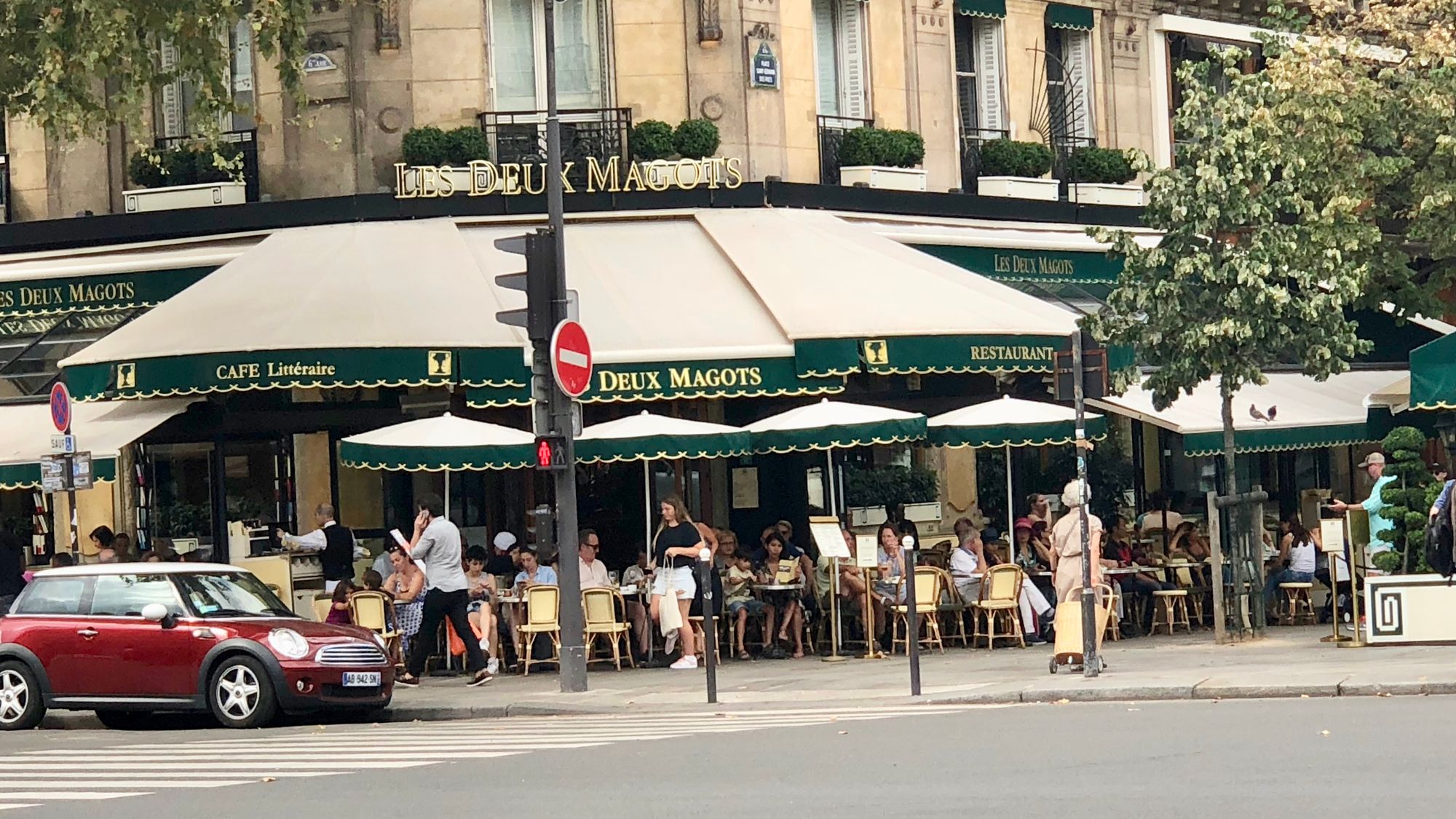
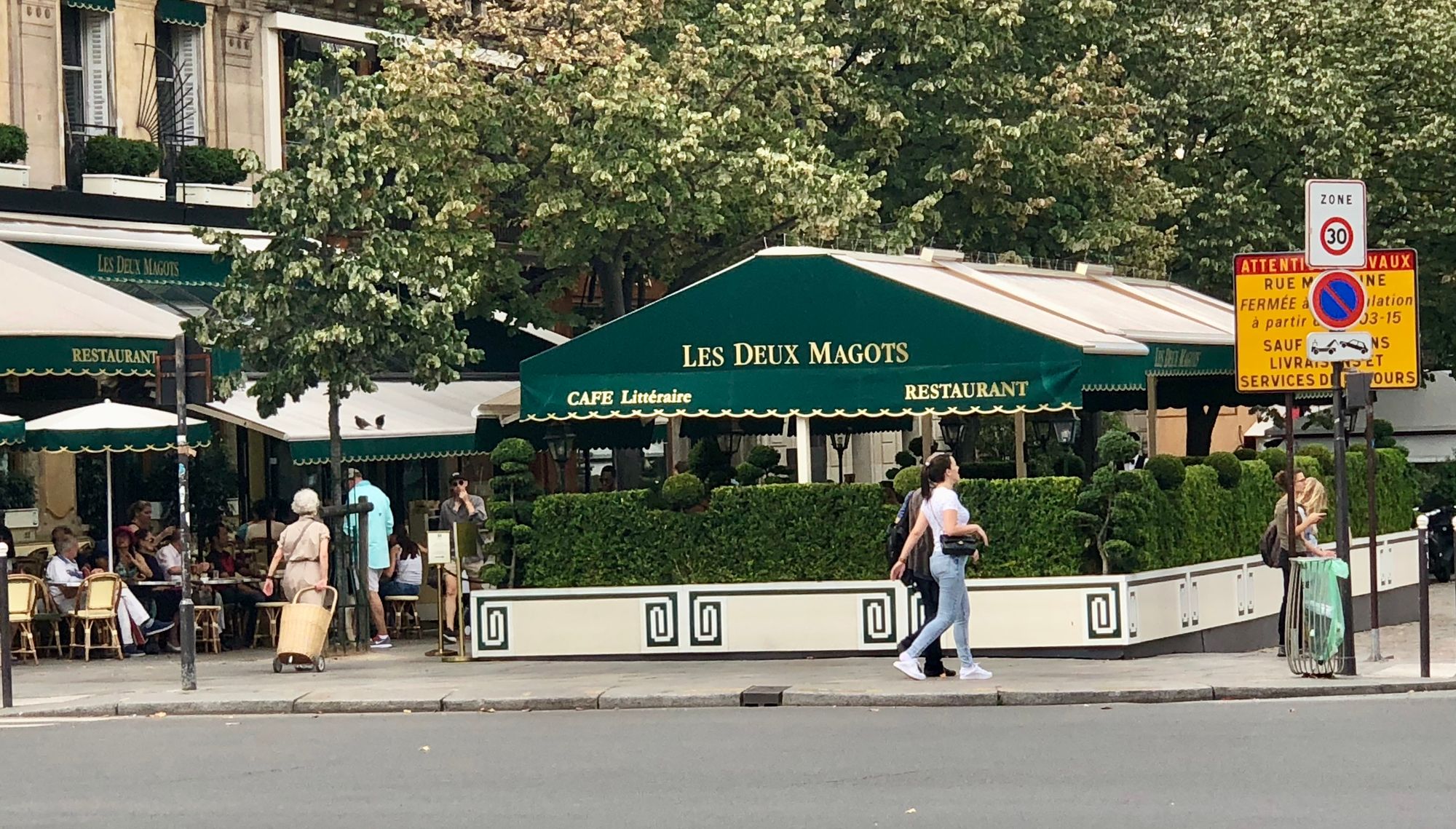
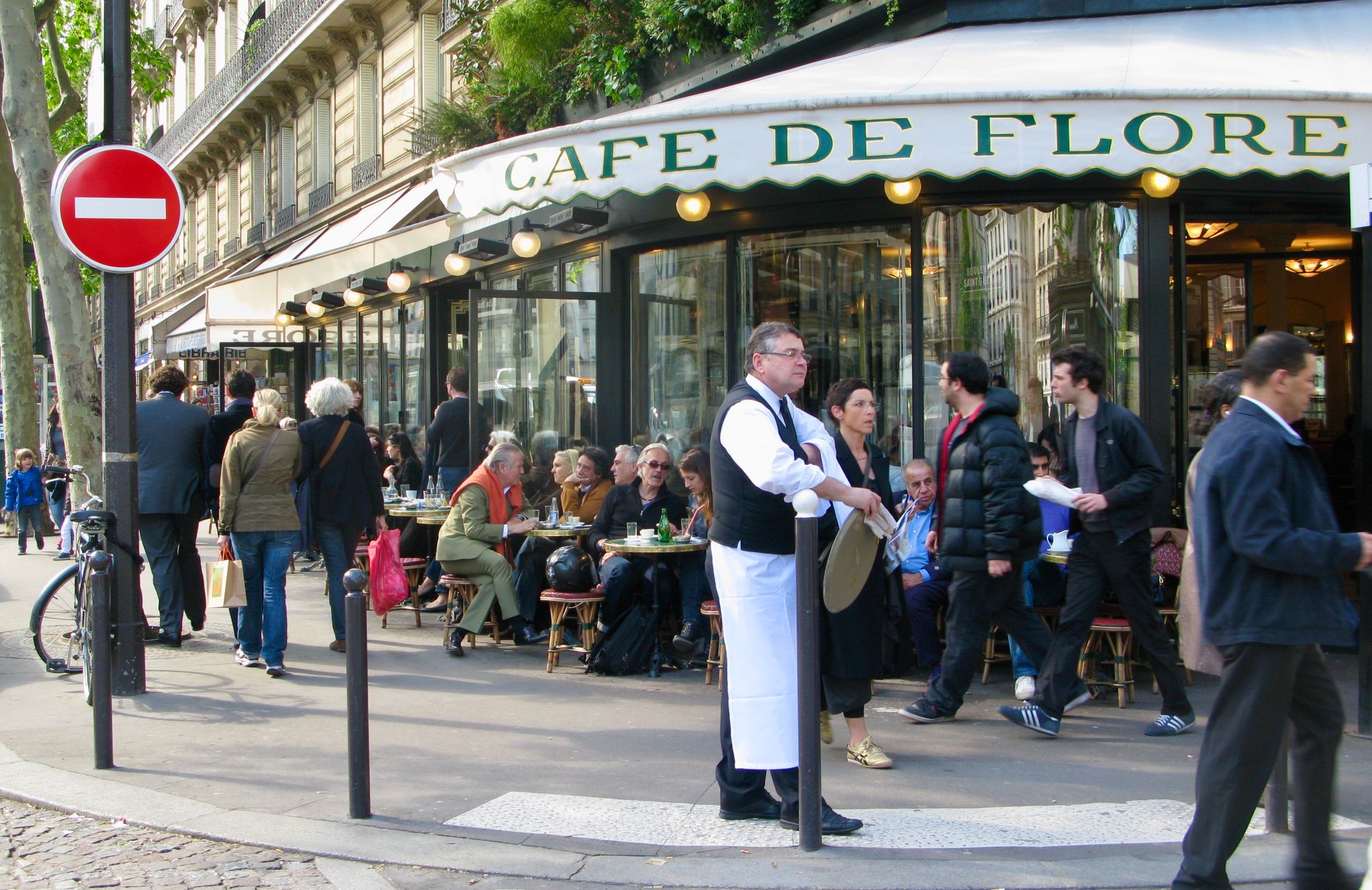
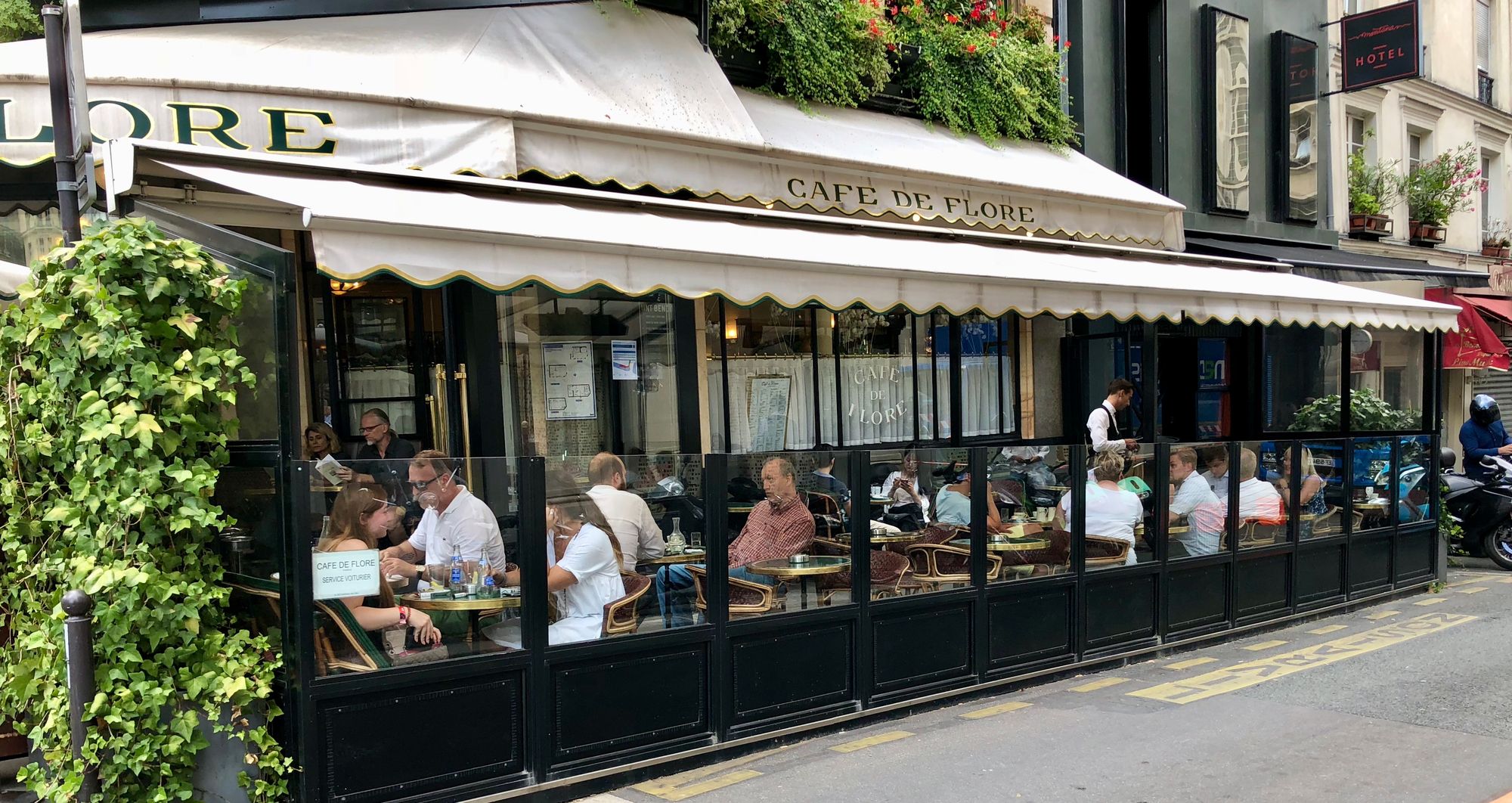
These two famous cafés where people like Hemingway used to hang out.
Perhaps more than anywhere else we've been, the importance of the café and café life in Paris means that streets need to balance vehicle traffic with social life. In fact, if anything, Paris is re-thinking that balance — and lending more weight to social life. The result is that sidewalks, especially on corners, lend ample space to gathering.
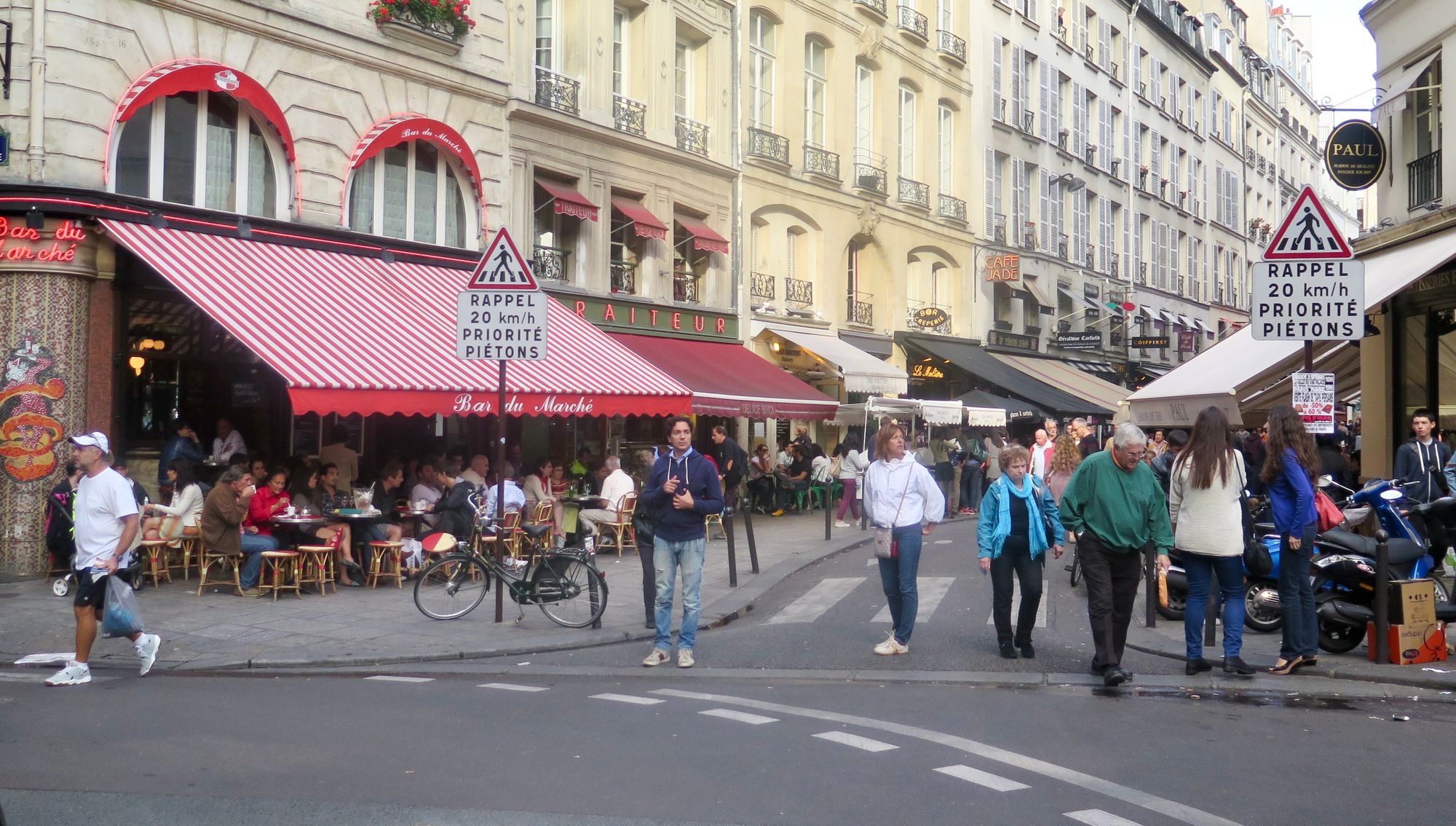
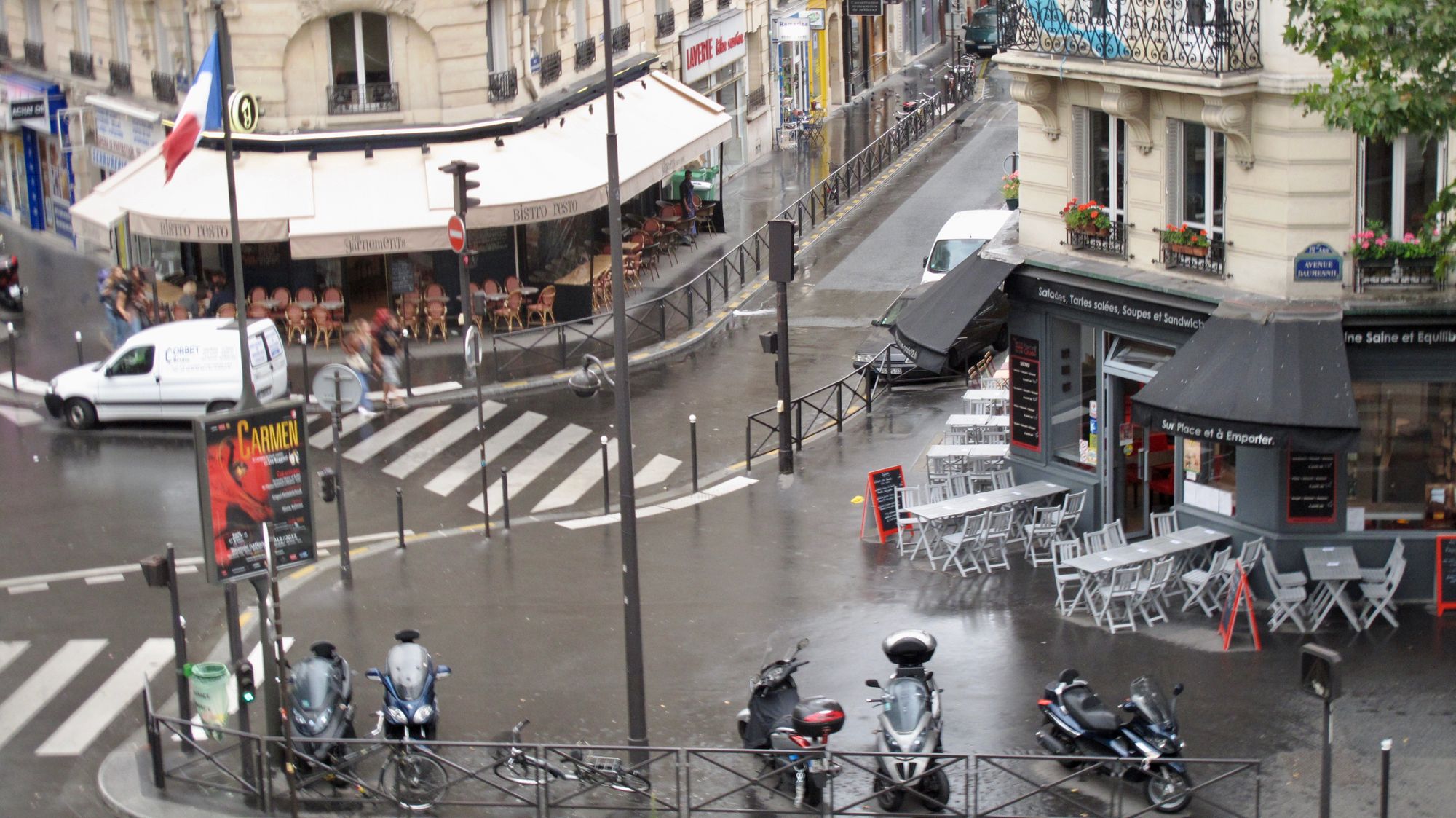
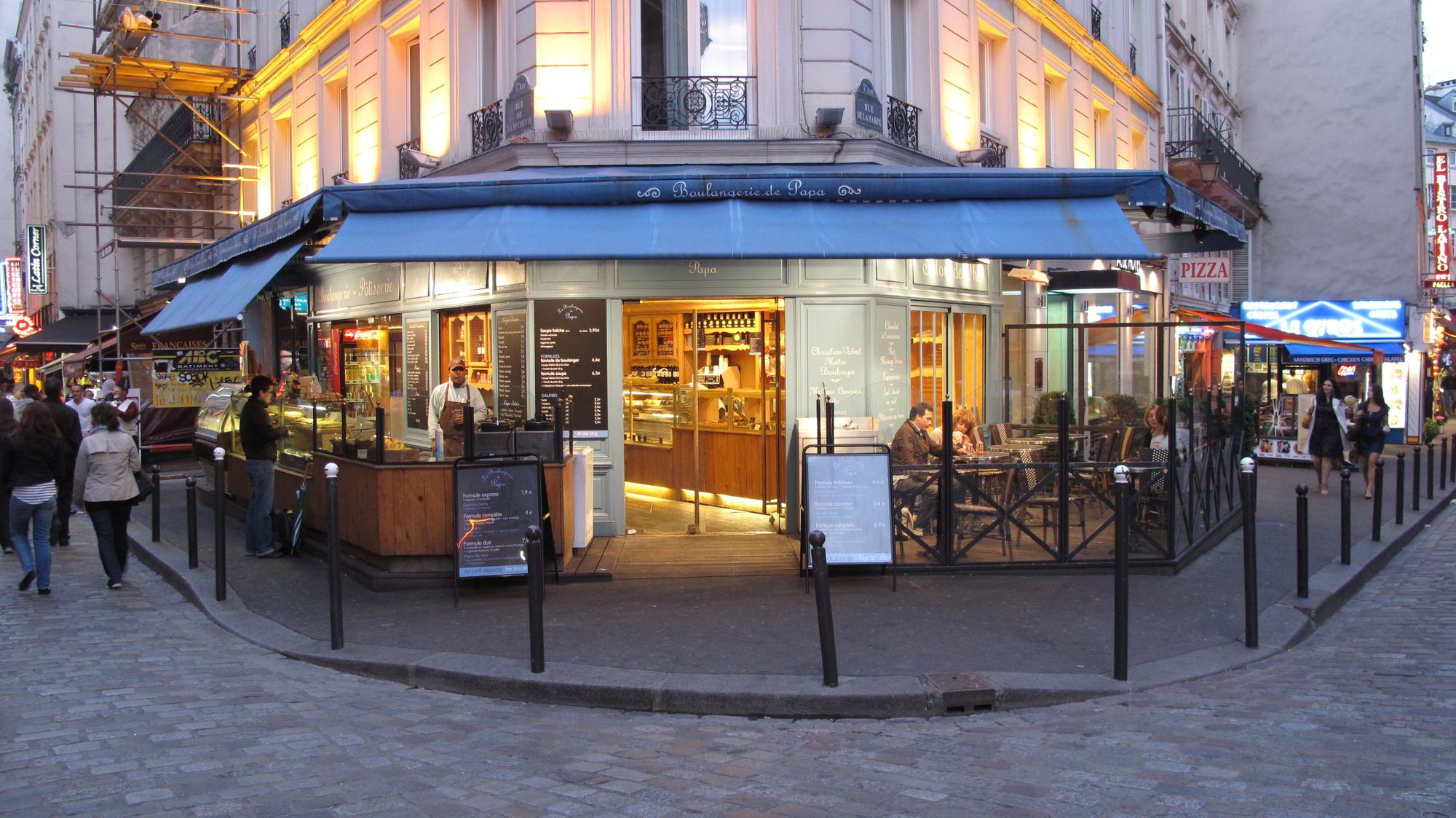
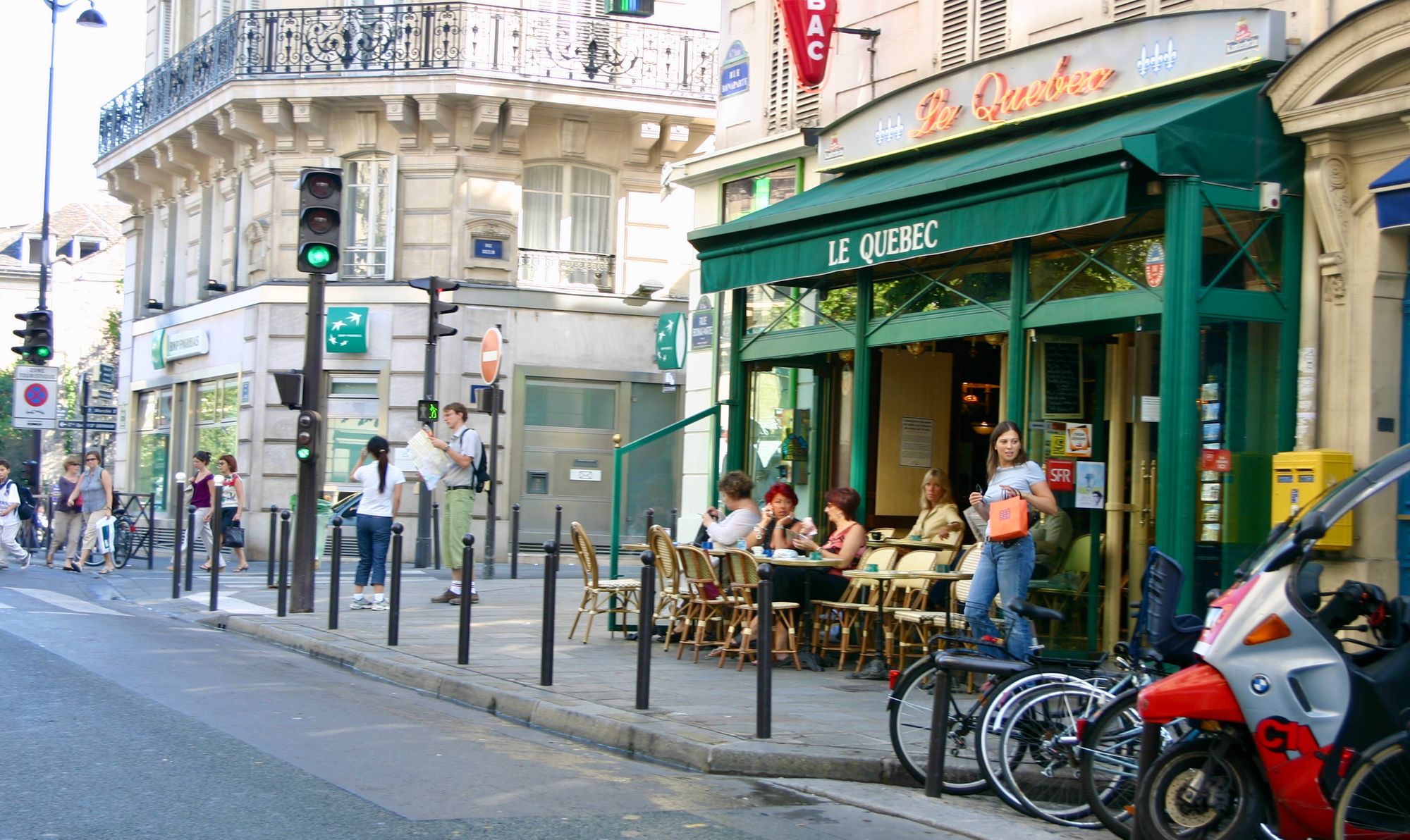
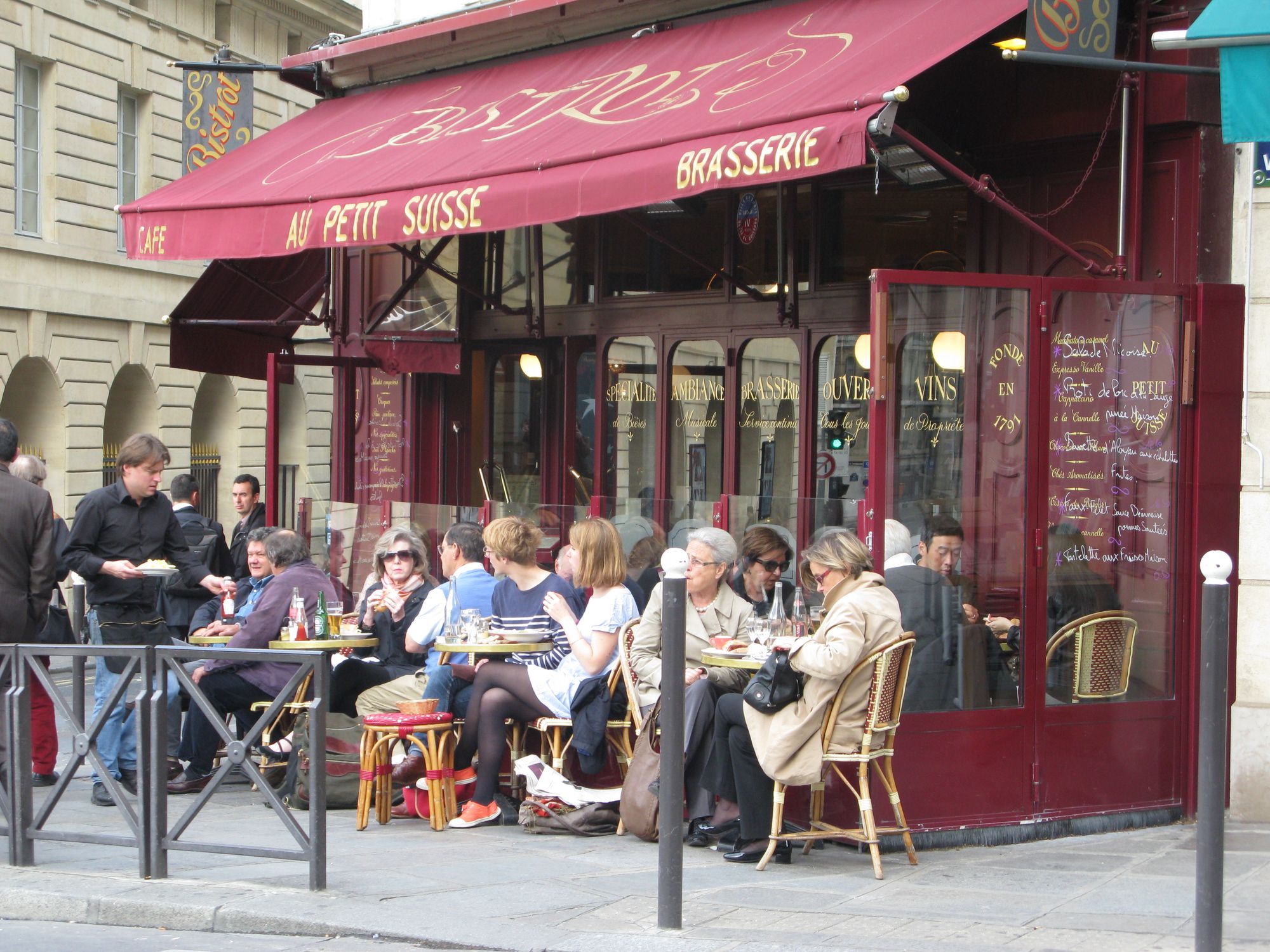
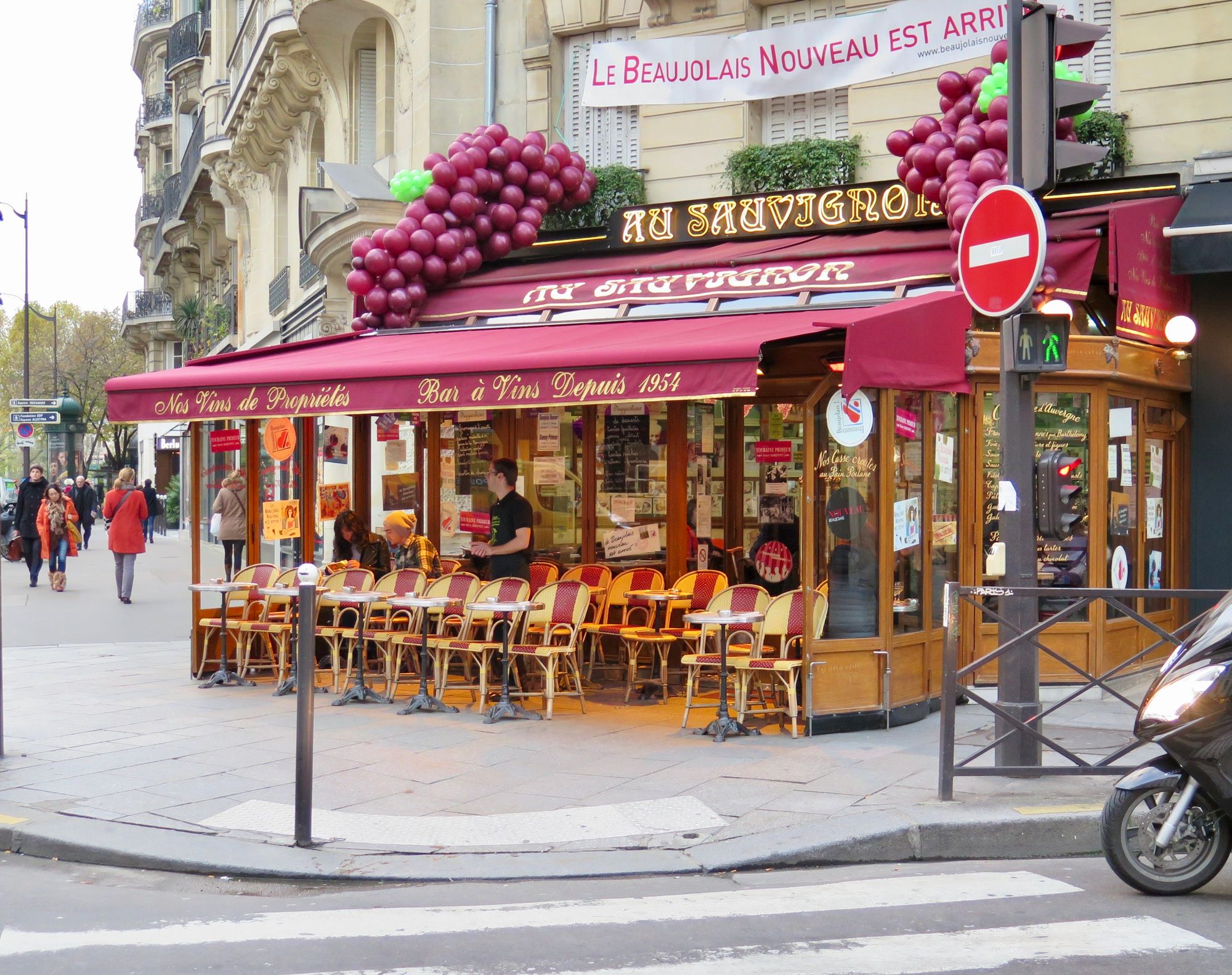
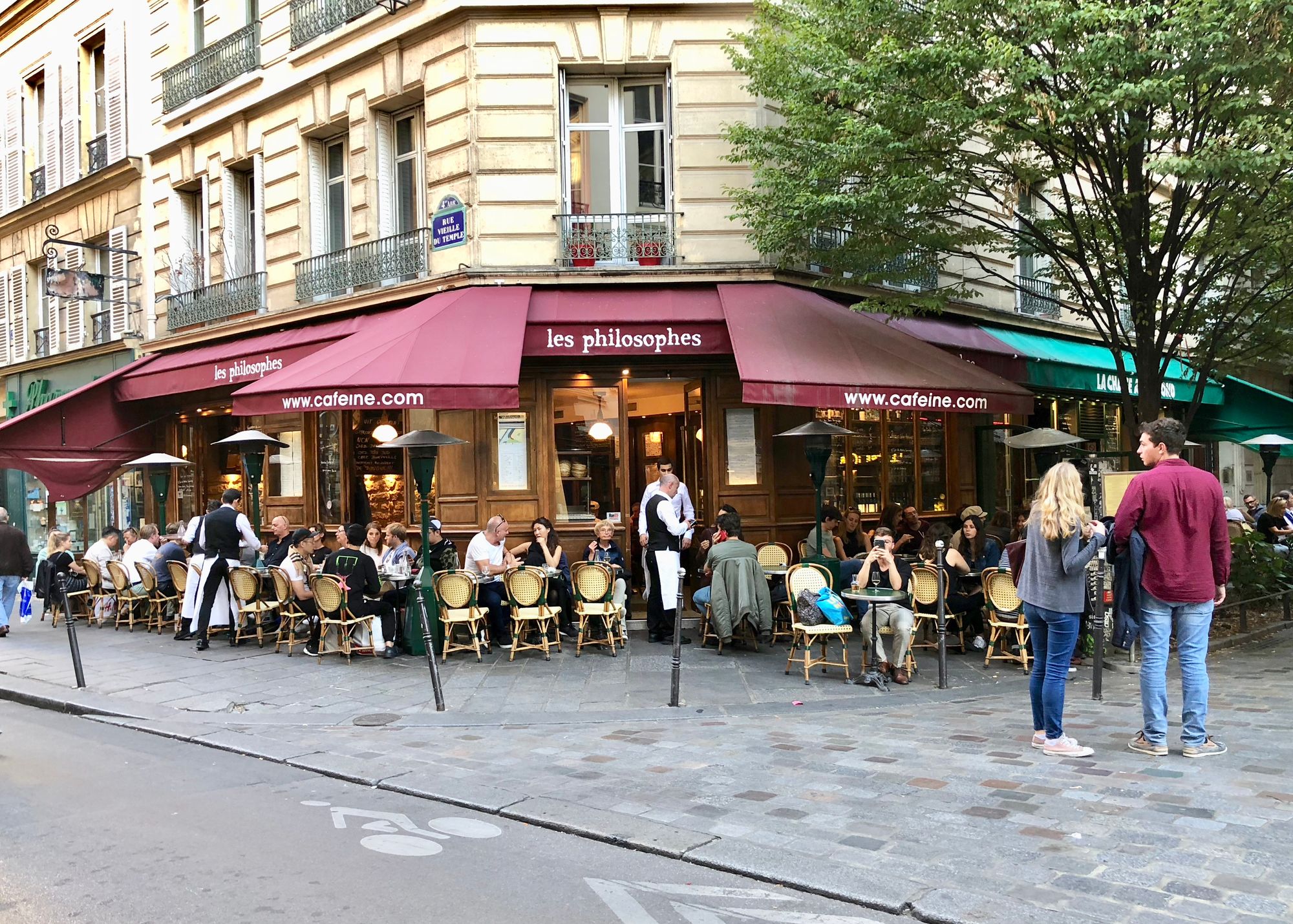
Paris is full of significant corner restaurants and cafés, many with historic reputations.
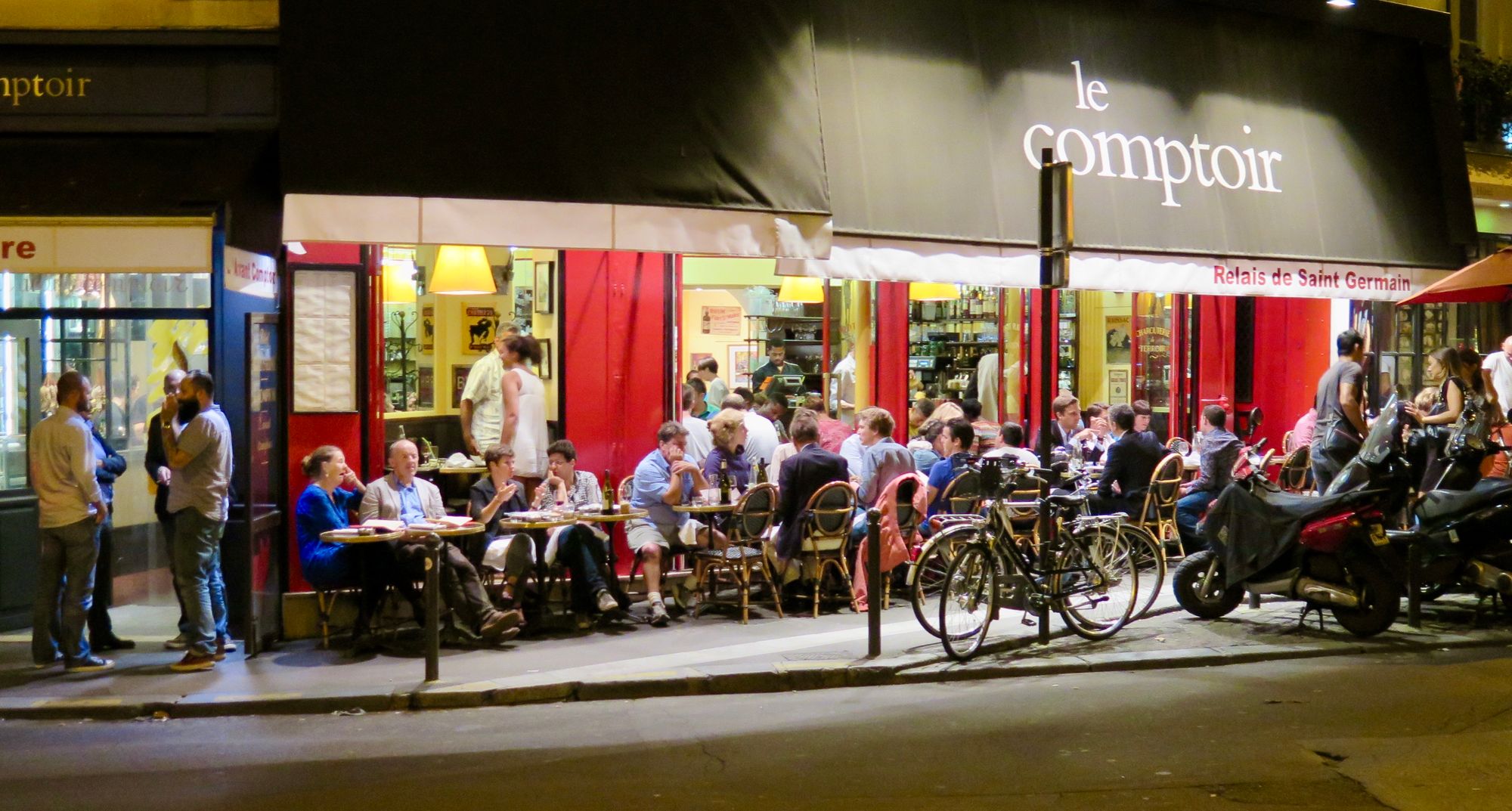
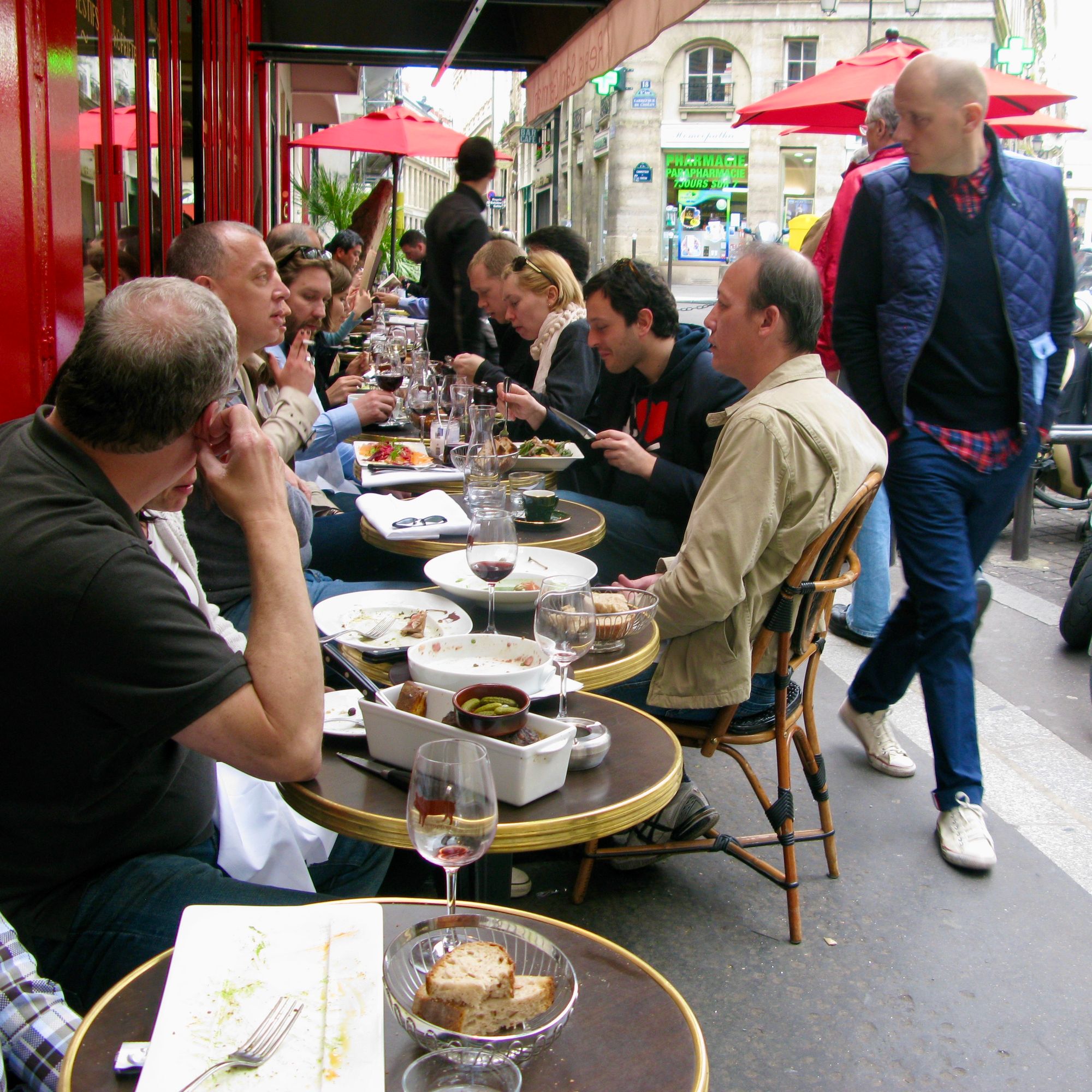
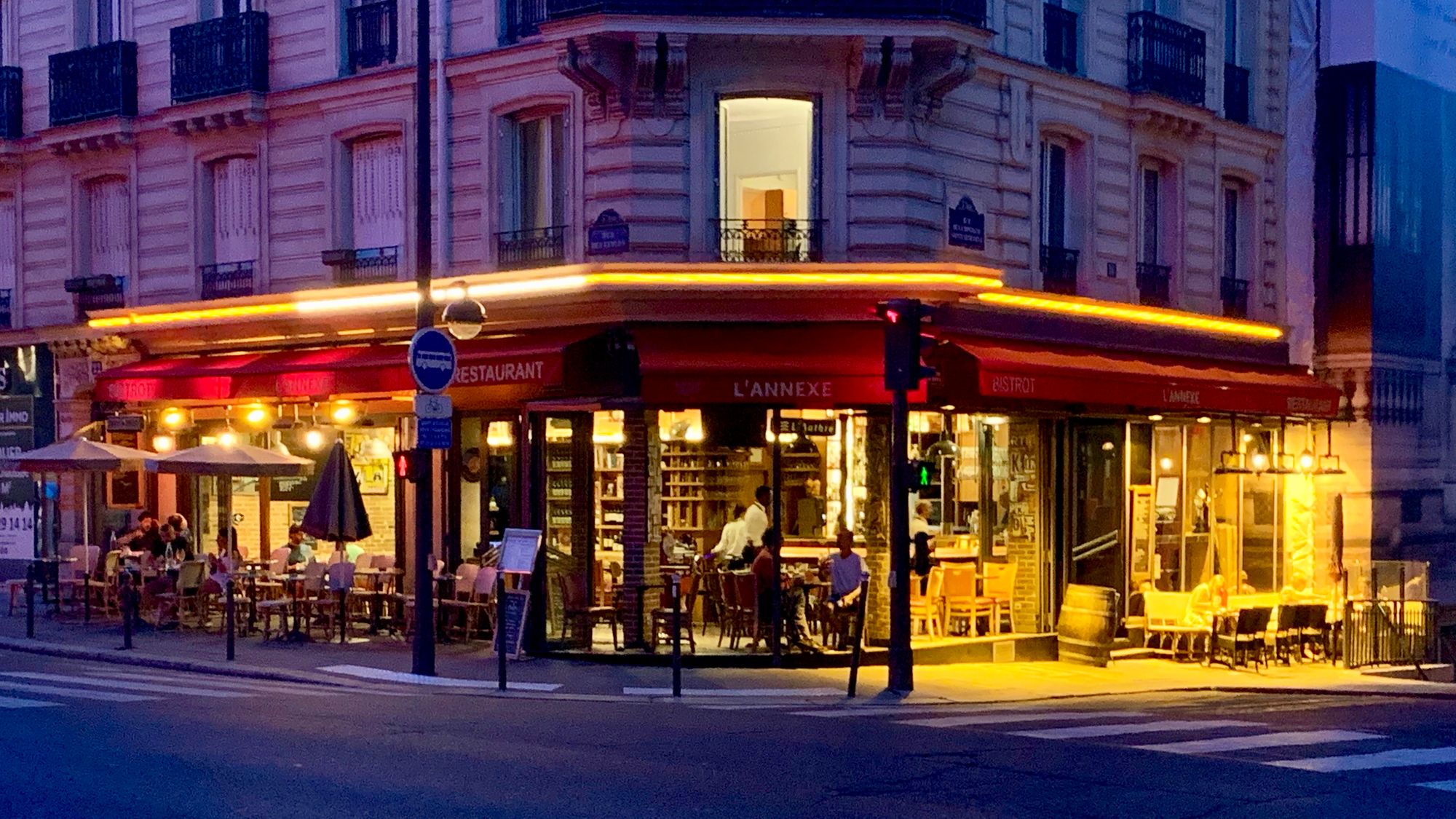
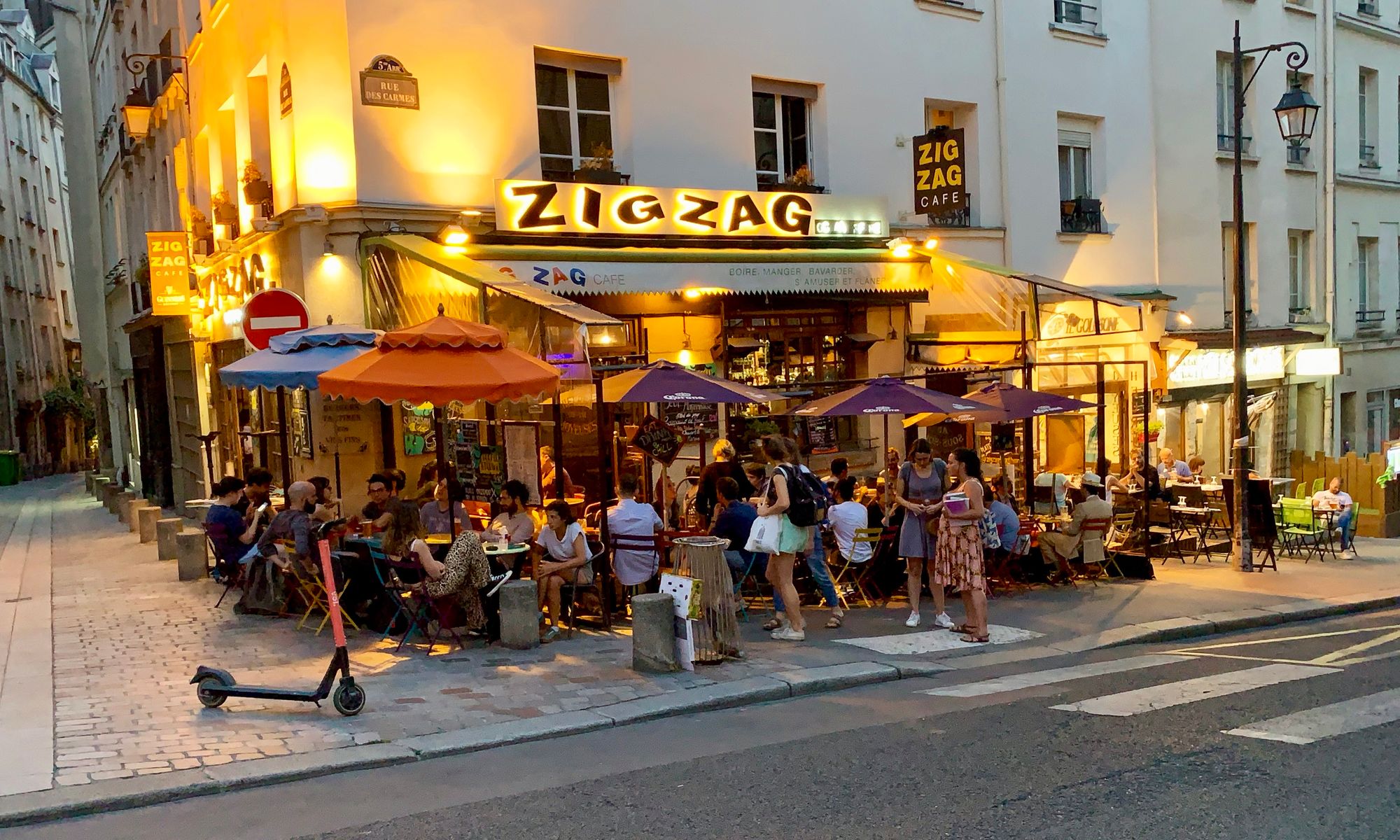
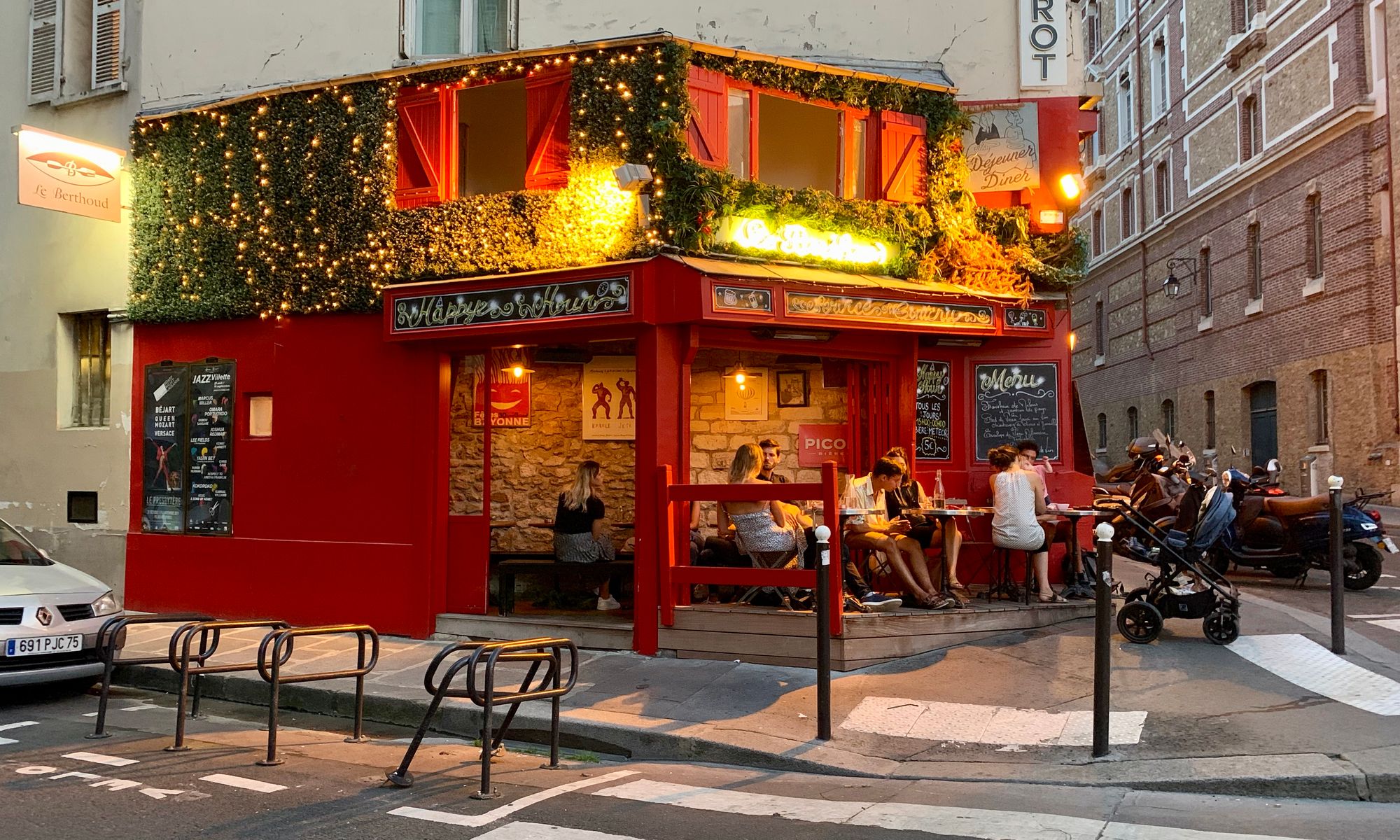
This collection of restaurants takes up three corners of the intersection, and stands out as a destination.
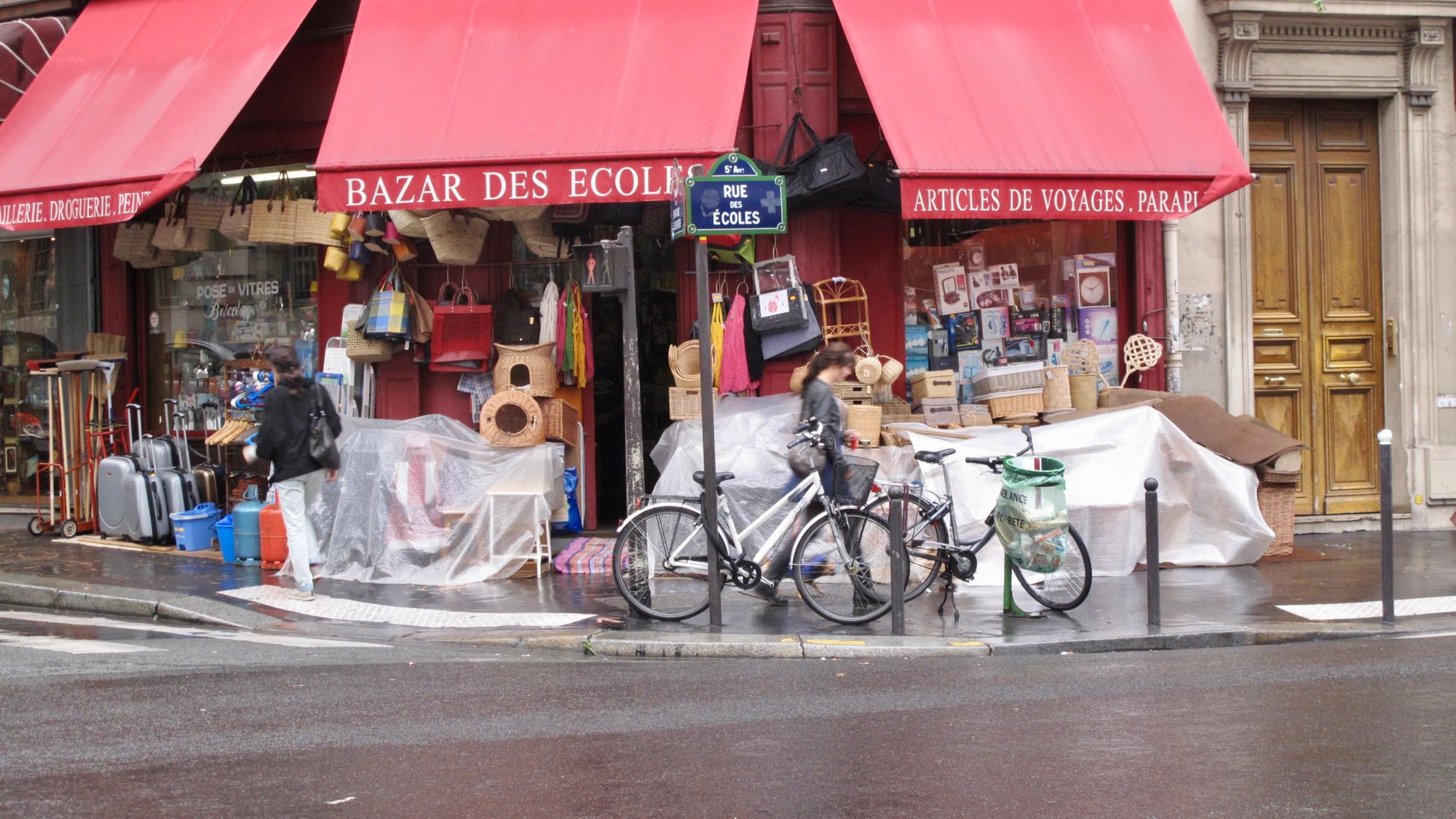
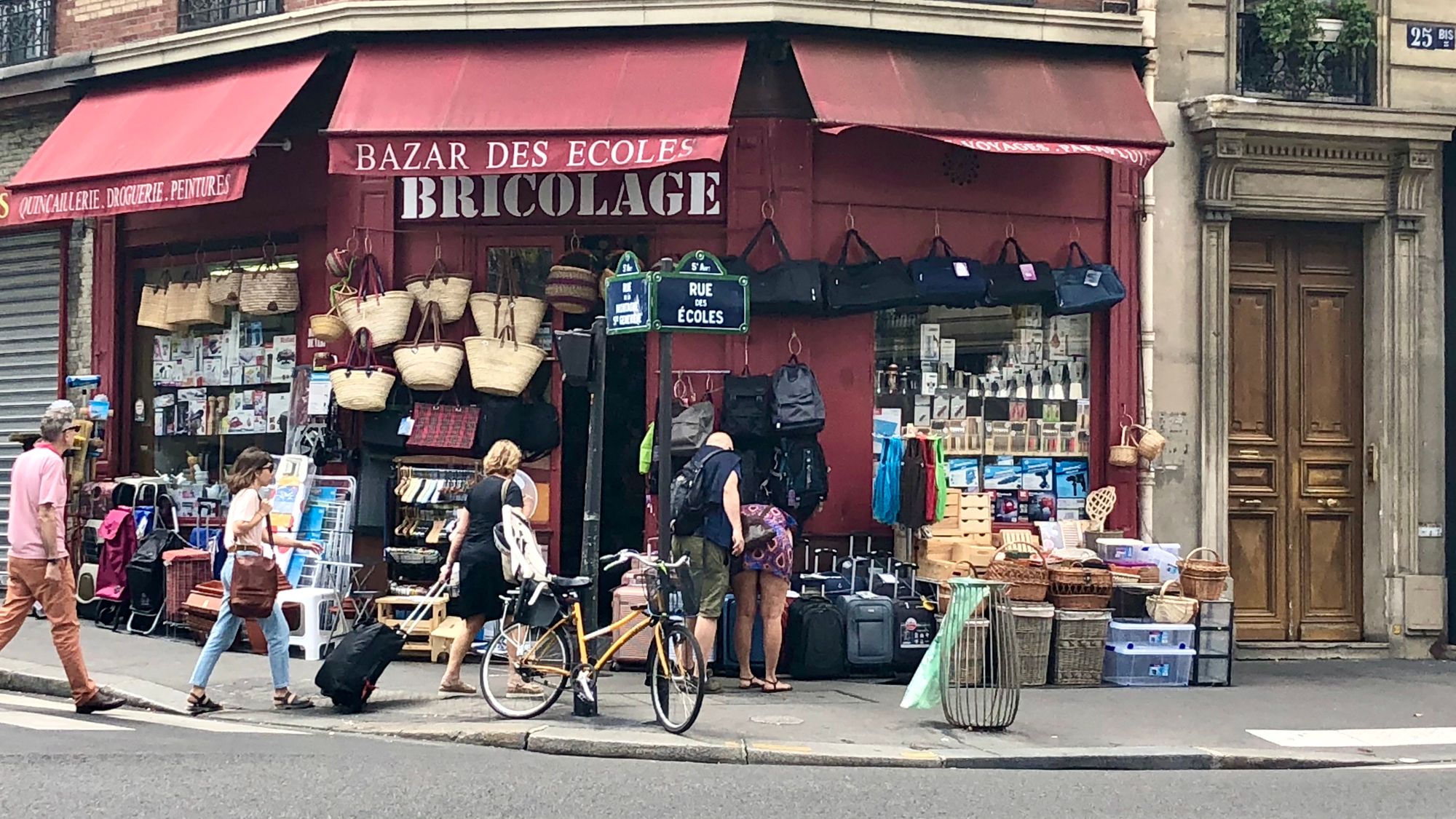
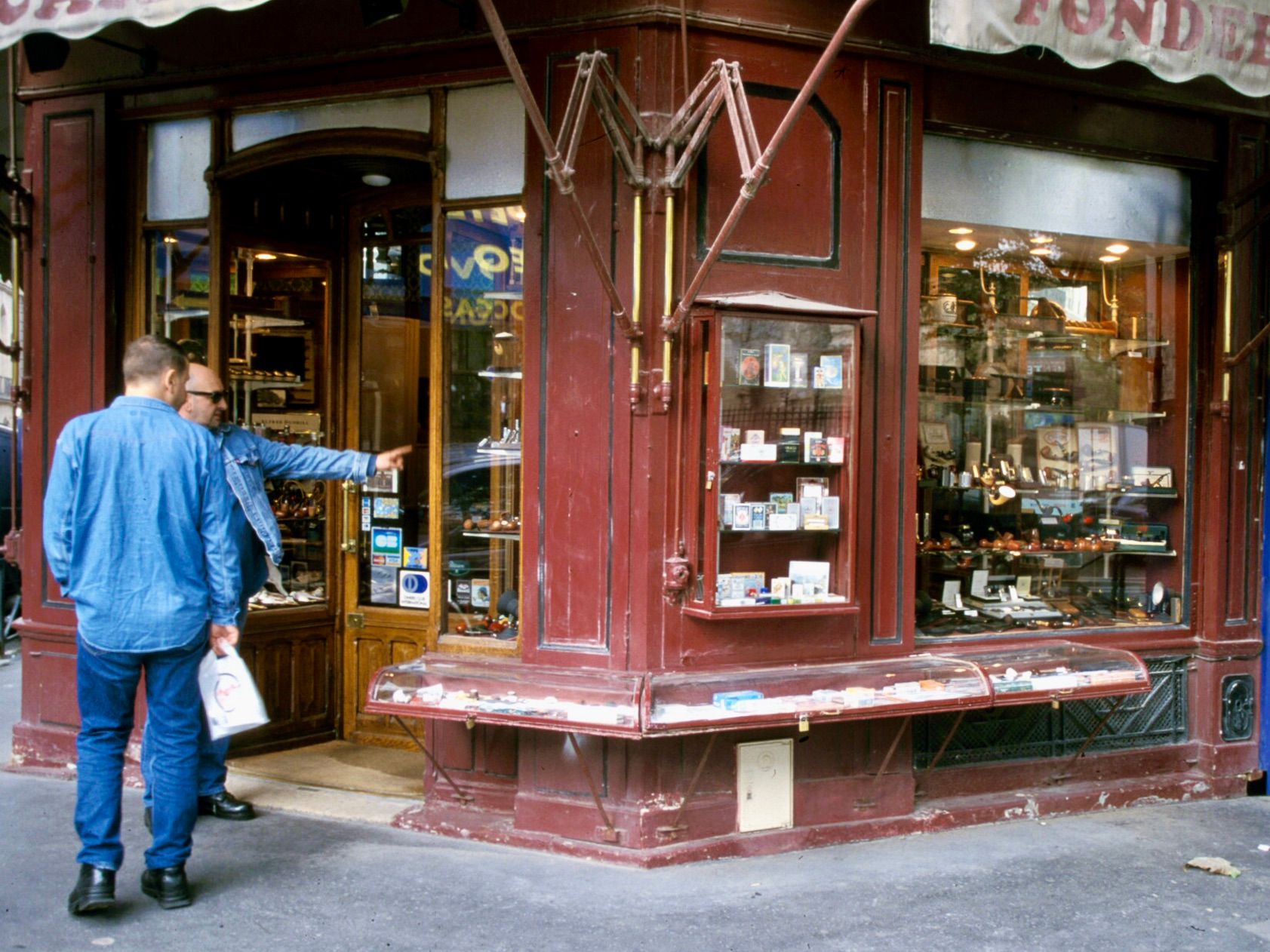
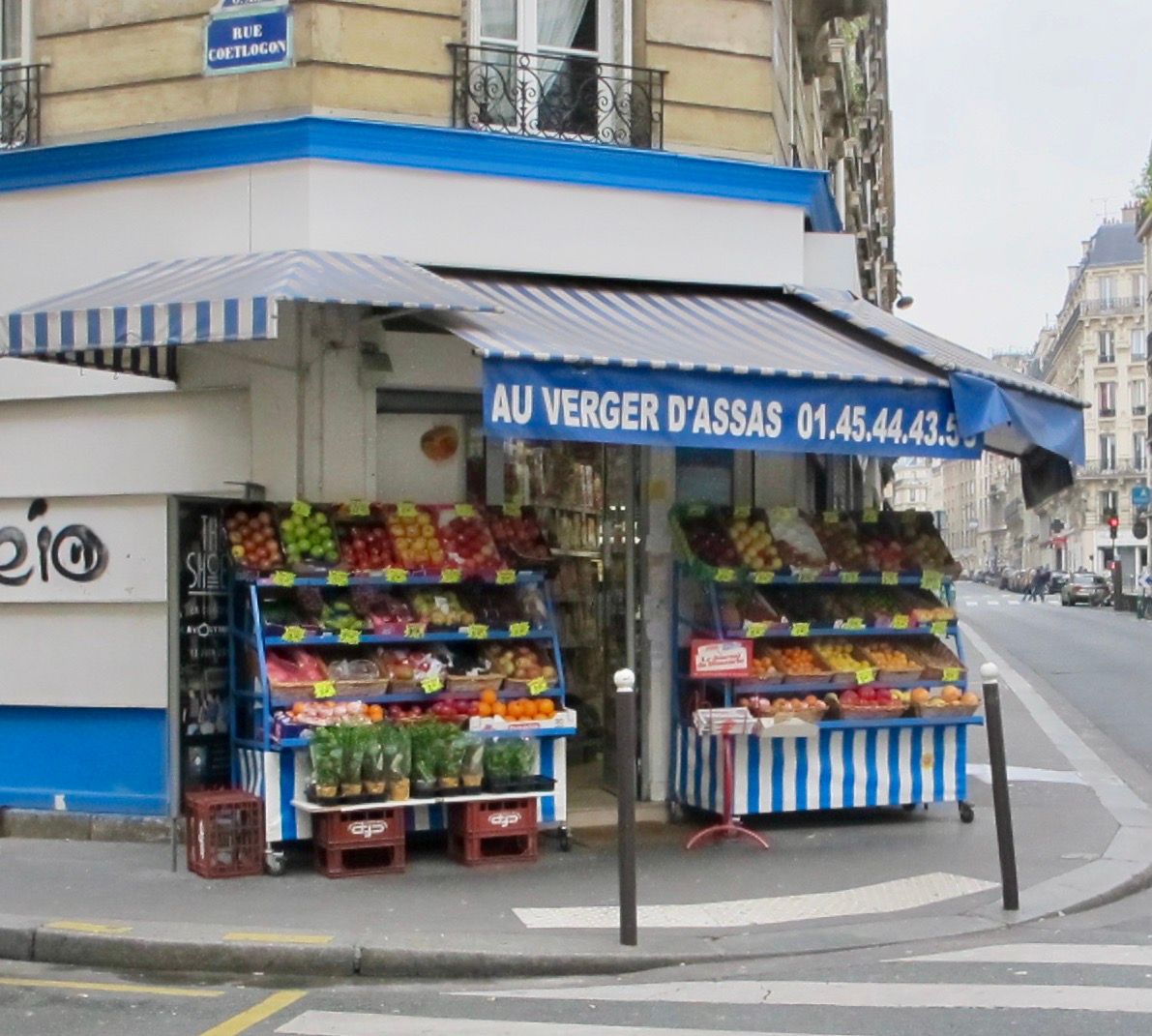
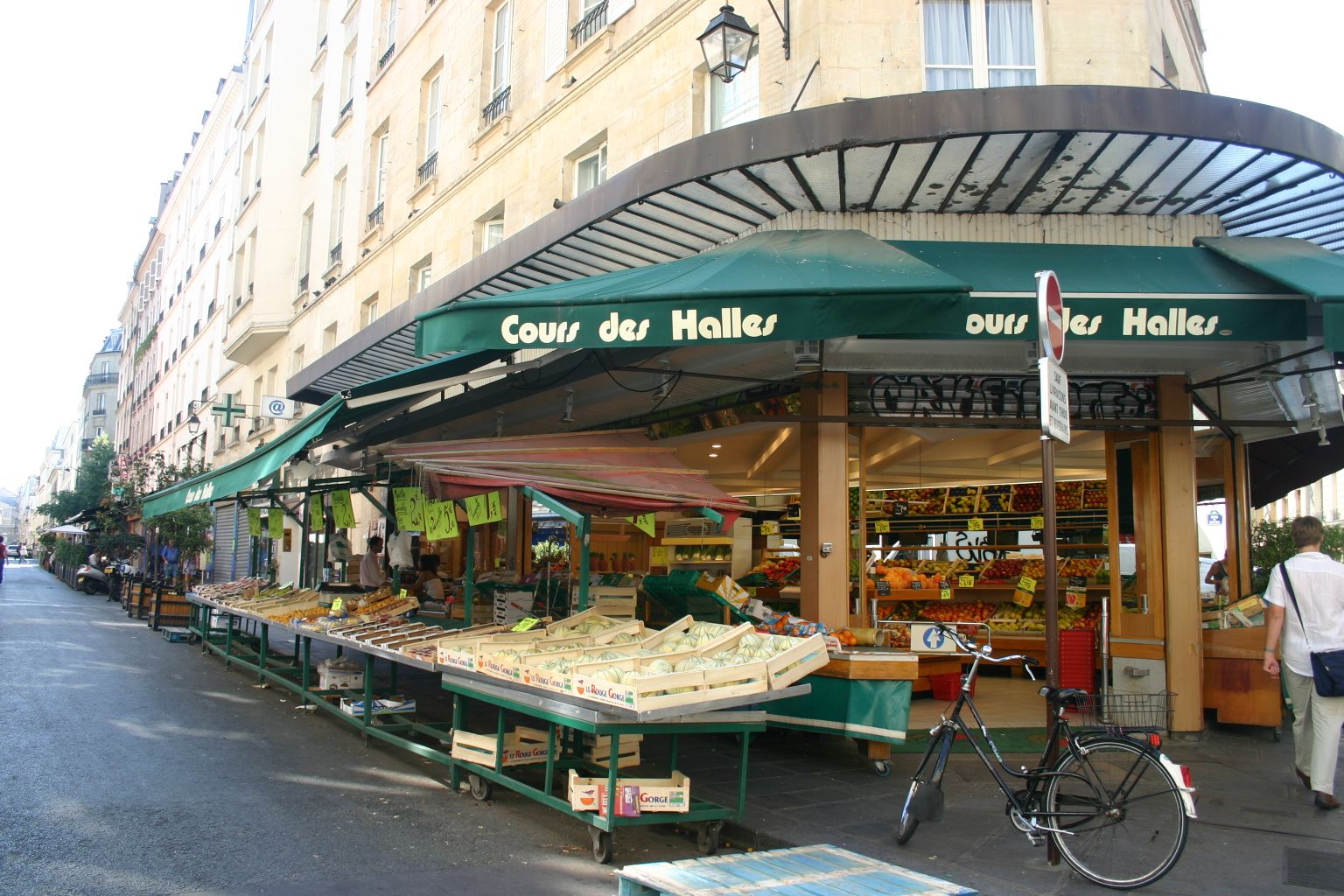
Many corners offer other attractions and destinations besides restaurants.
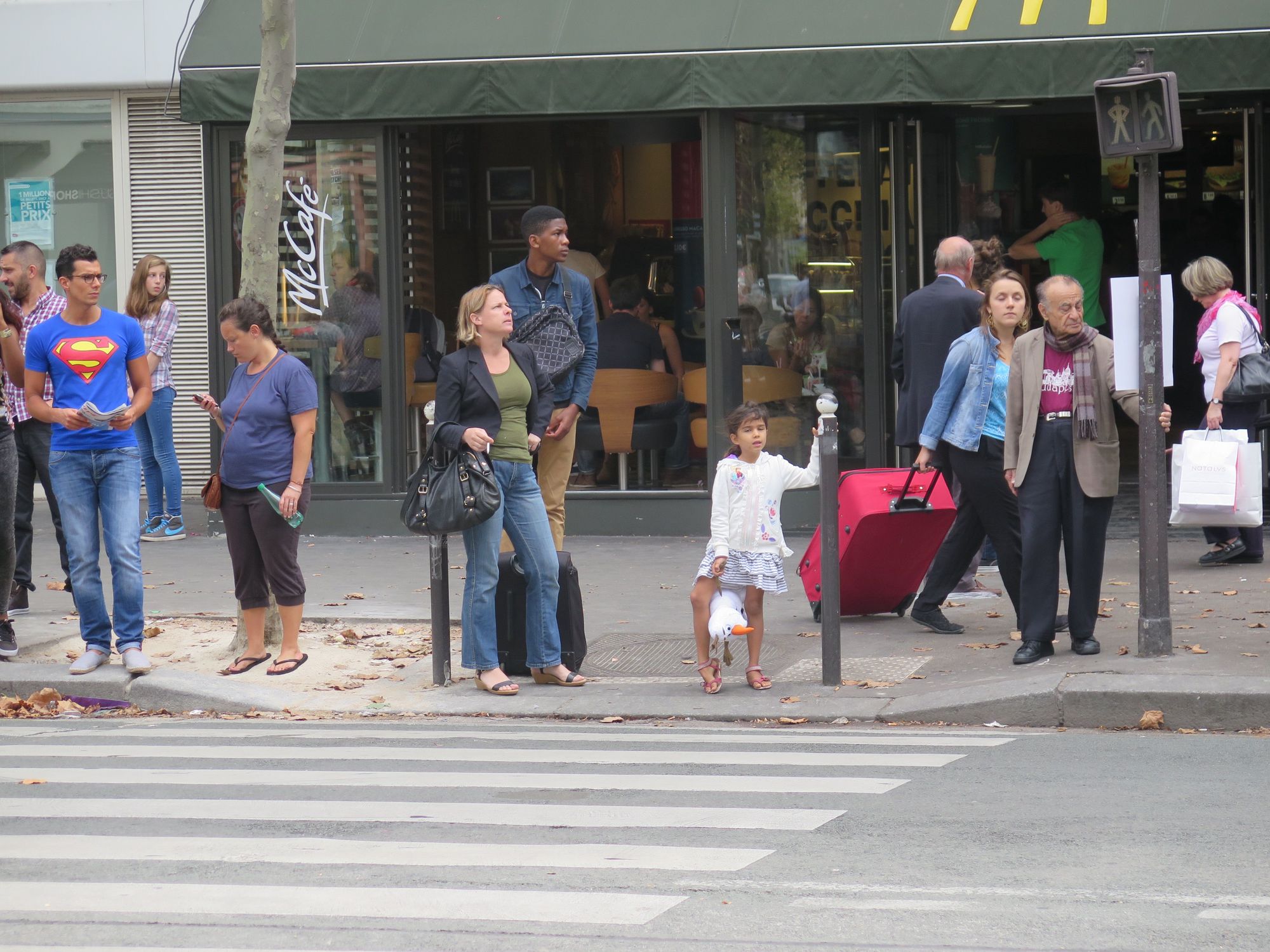
New Haven
A transformation unfolding for 40+ years
We have not been able to find a similar effort to make great corners in North America, with one exception: New Haven. In 1980, we implemented a plan to extend the corner of College and Chapel streets; the key intersection where town and gown comes together.
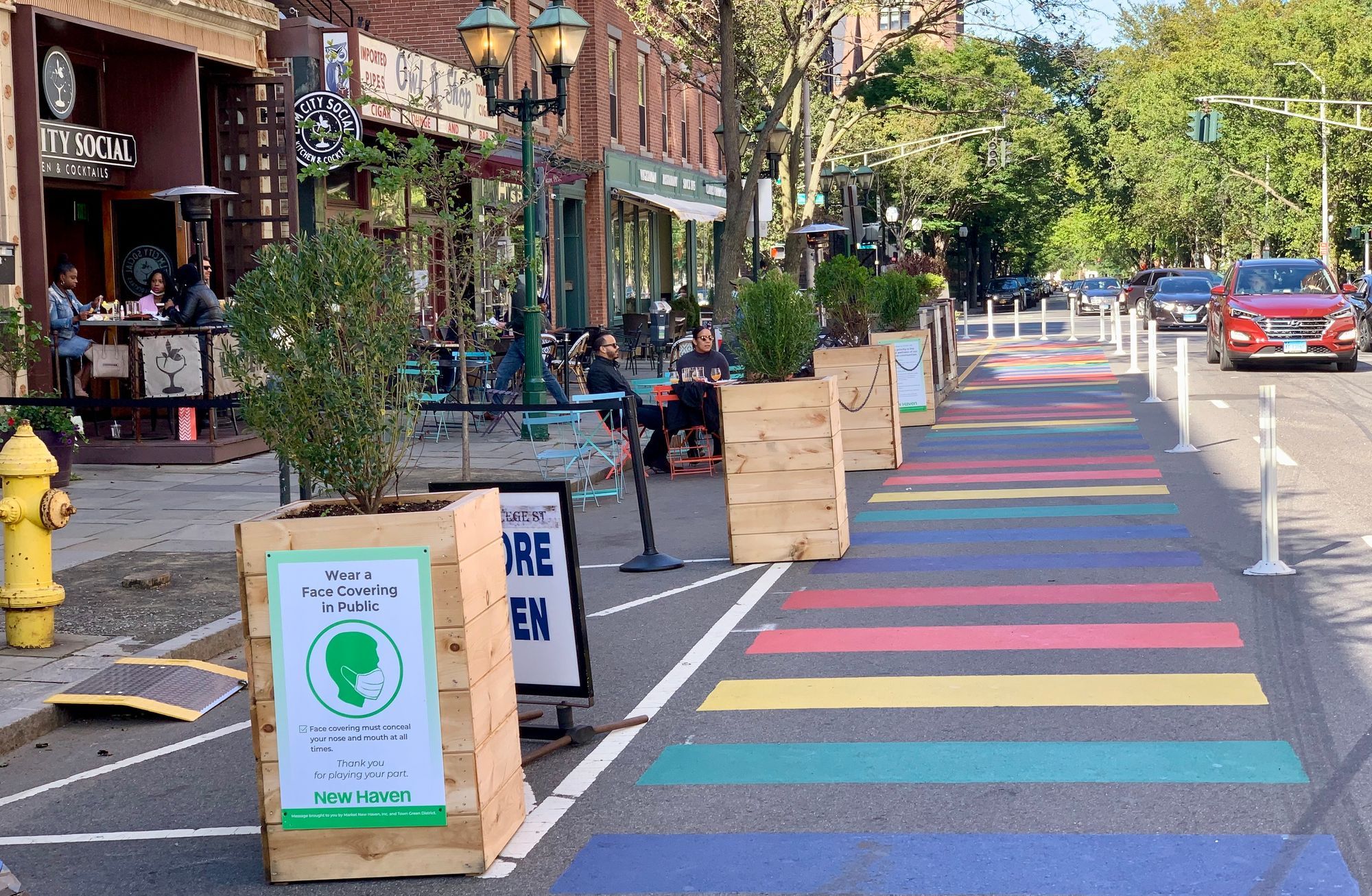
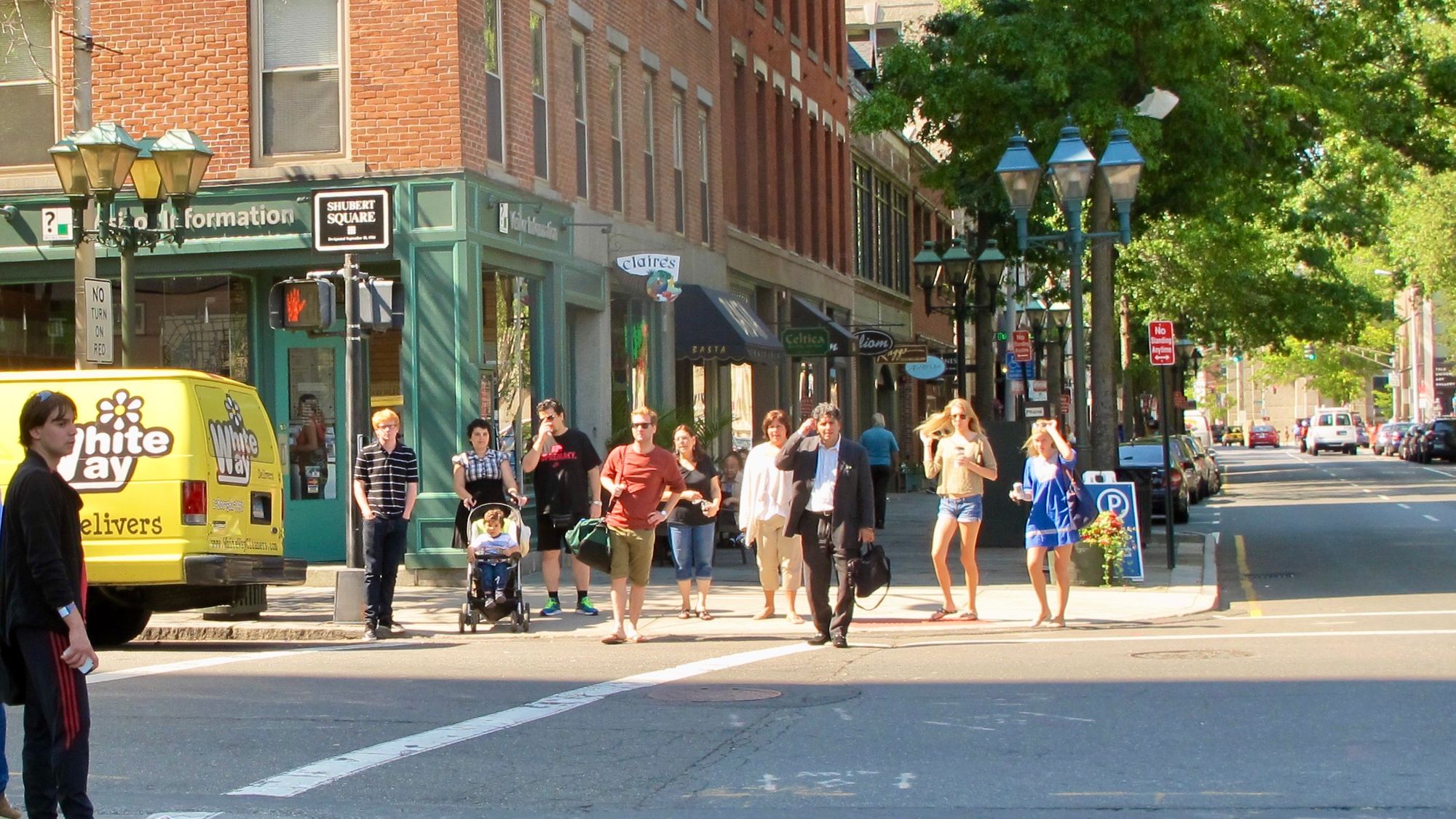
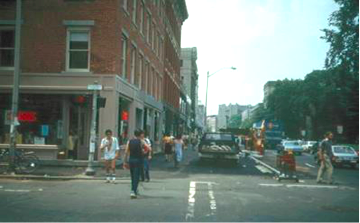
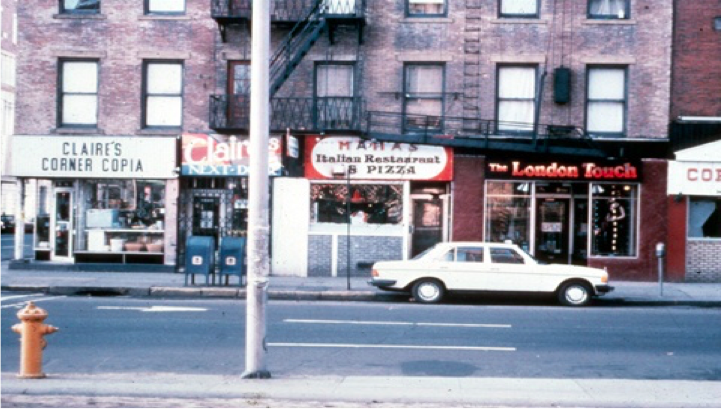
The original plan was to keep and preserve local stores like Claire's Corner Copia—a strategy that would prove to be evidence of the power of "place-keeping." We eliminated parking spots and expanded the sidewalk in front of Claire's.
We also worked on keeping many of the other buildings surrounding College and Chapel Streets, and led interventions that would improve the streets' connections to Yale University. As a result, Claire's Corner Copia (and the area around it) grew to be a much-loved local landmark.
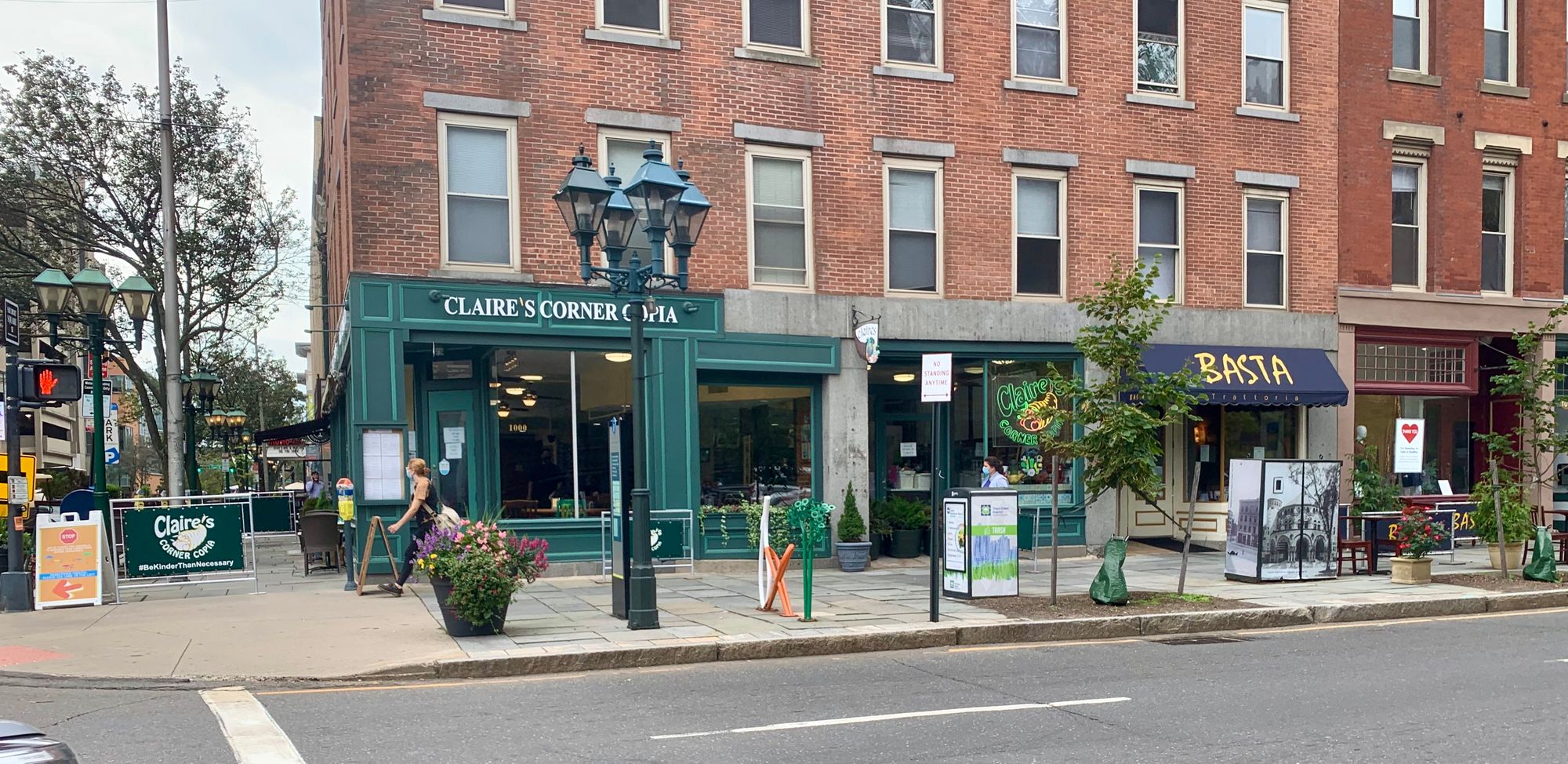
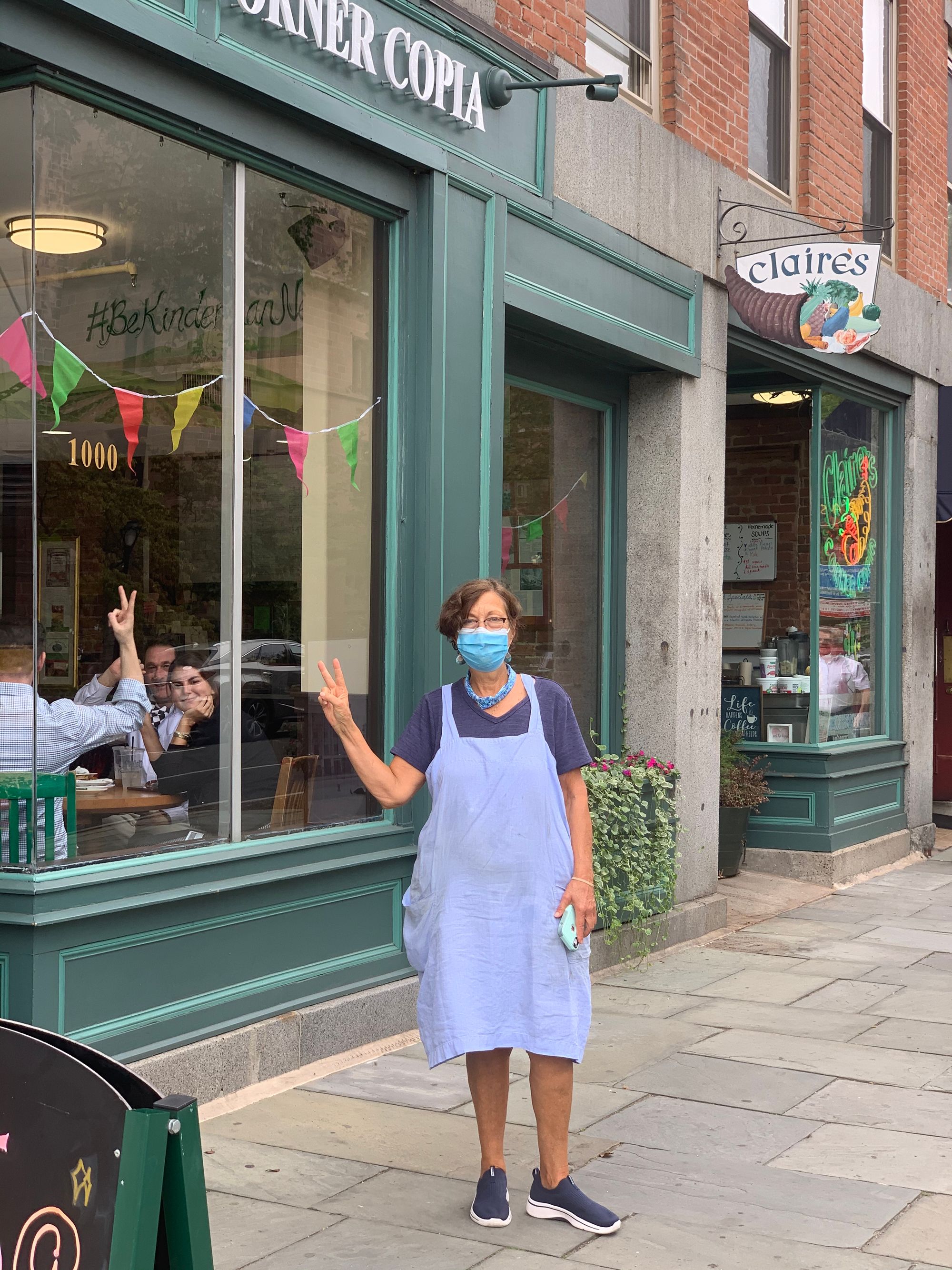
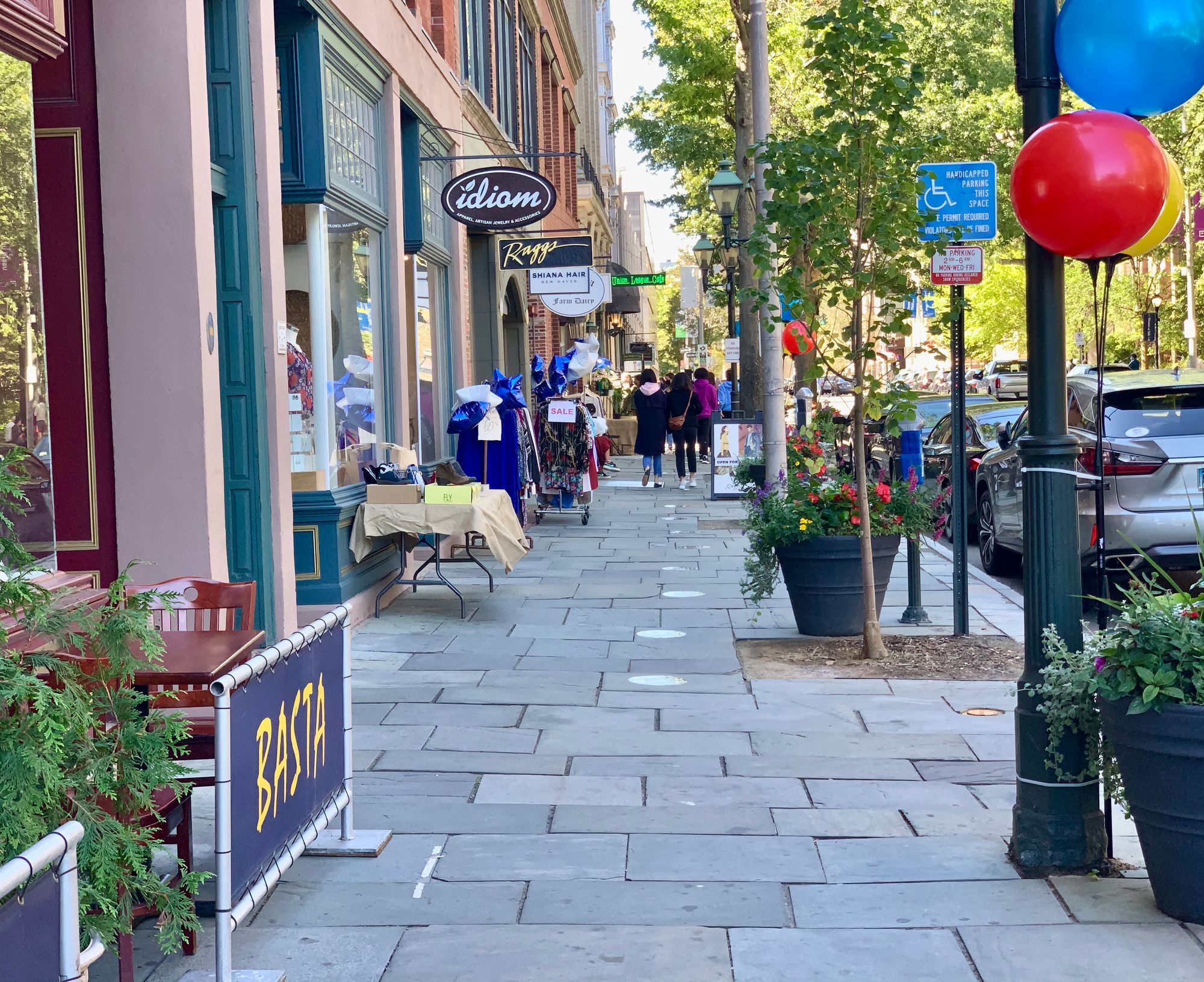
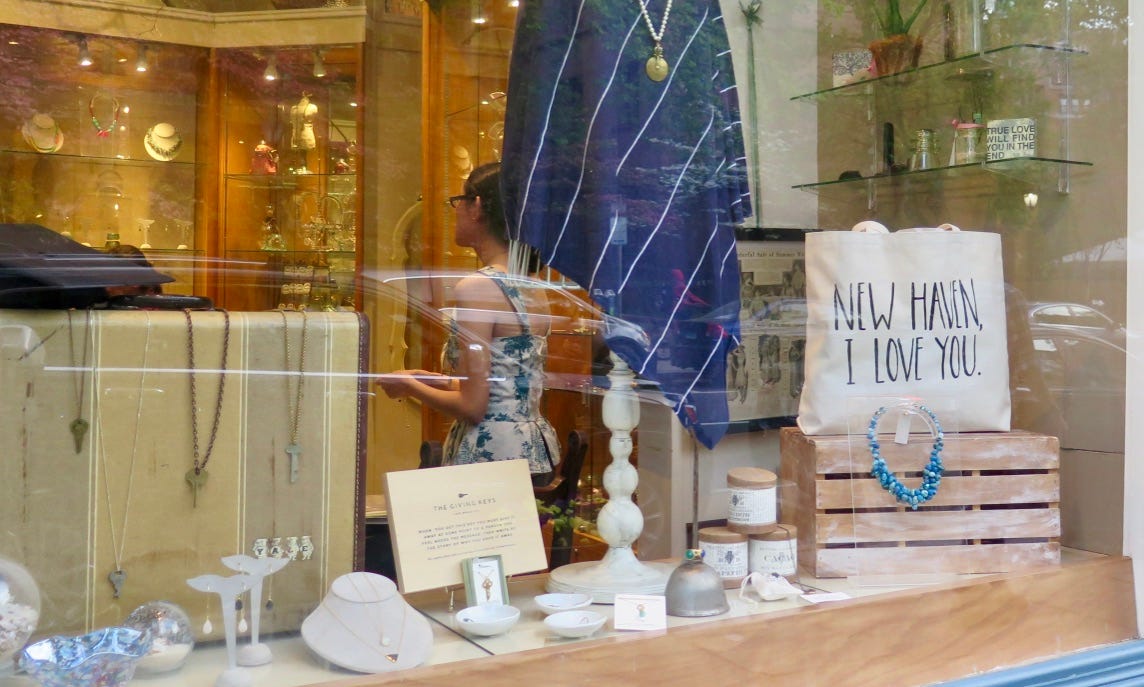
Claire standing in front of Claire's Corner Copia, and then Chapel Street which became the boundary between the Yale campus and the downtown.
More recently (September 2020), Yale worked with the City to make a "Restaurant Row" on College Street, in efforts of mitigating the local economic effects of COVID-19. The City of New Haven shifted street space into sidewalks, putting down colorful stripes and replacing a lane of traffic. This move, which instantly calmed traffic, demonstrated that New Haven was making progress on being a place where pedestrians and social life are the priority.
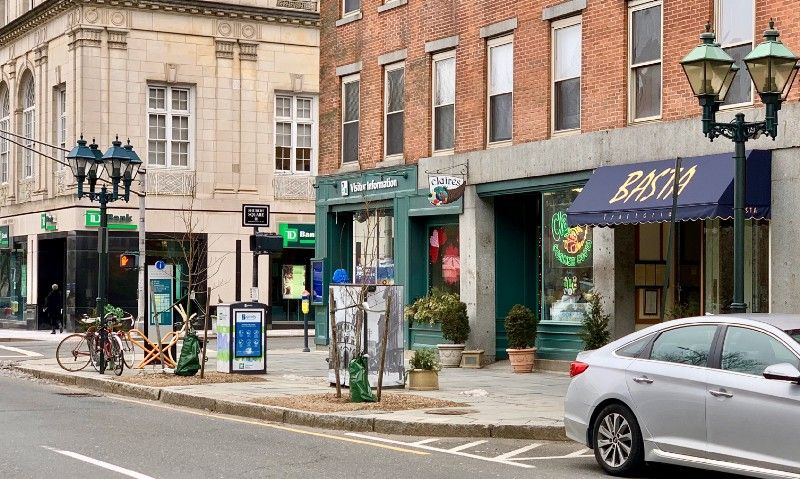
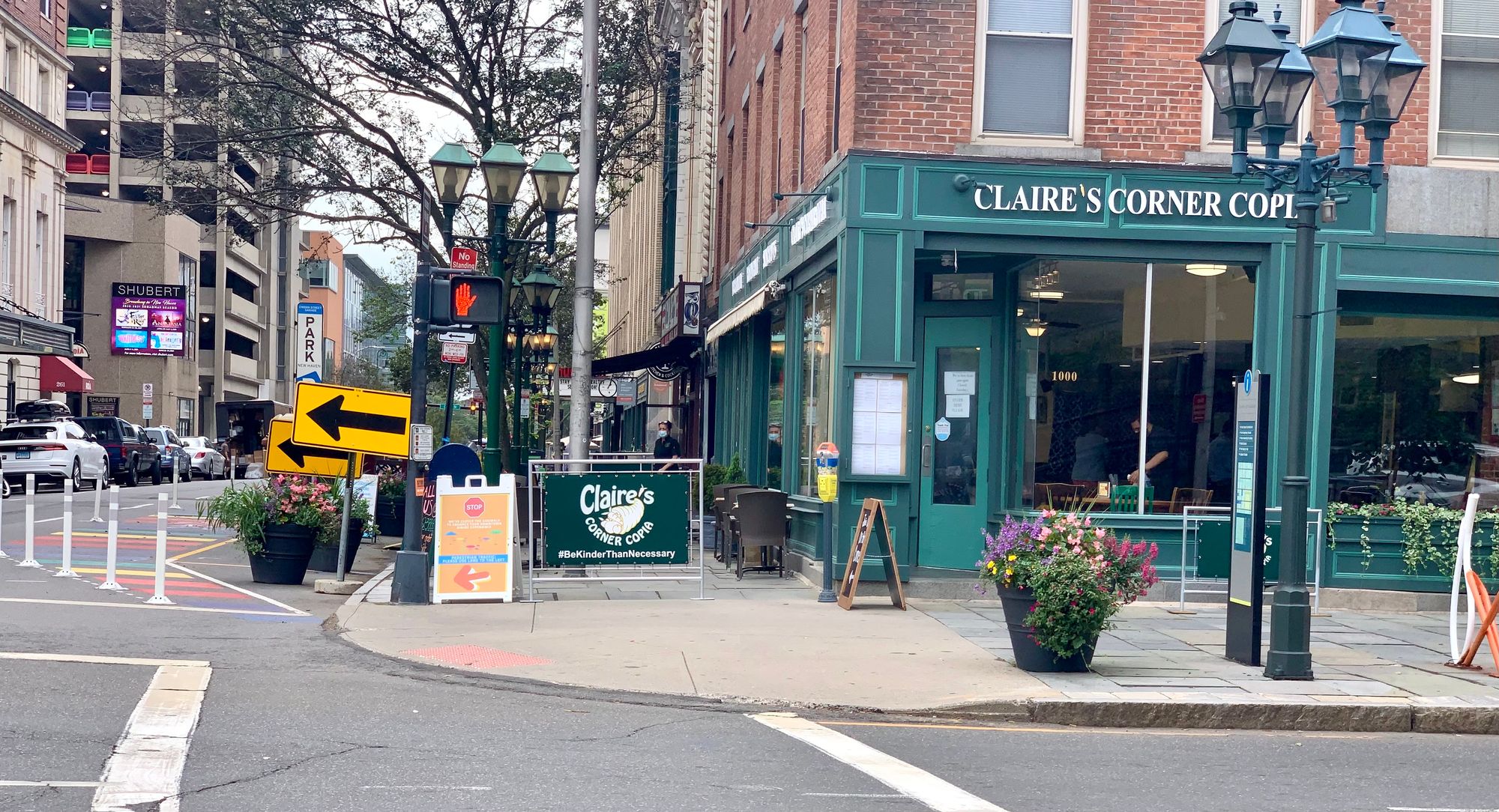
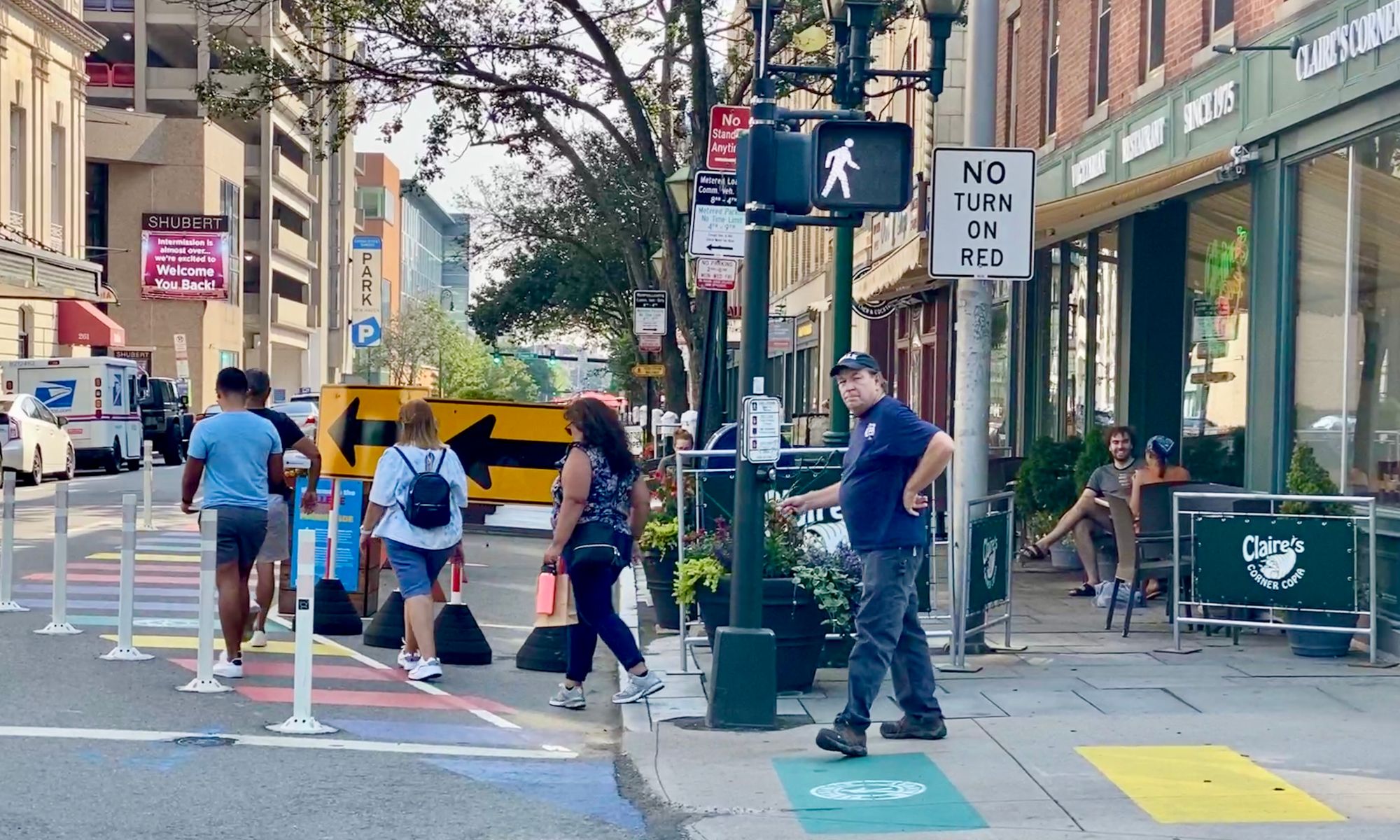

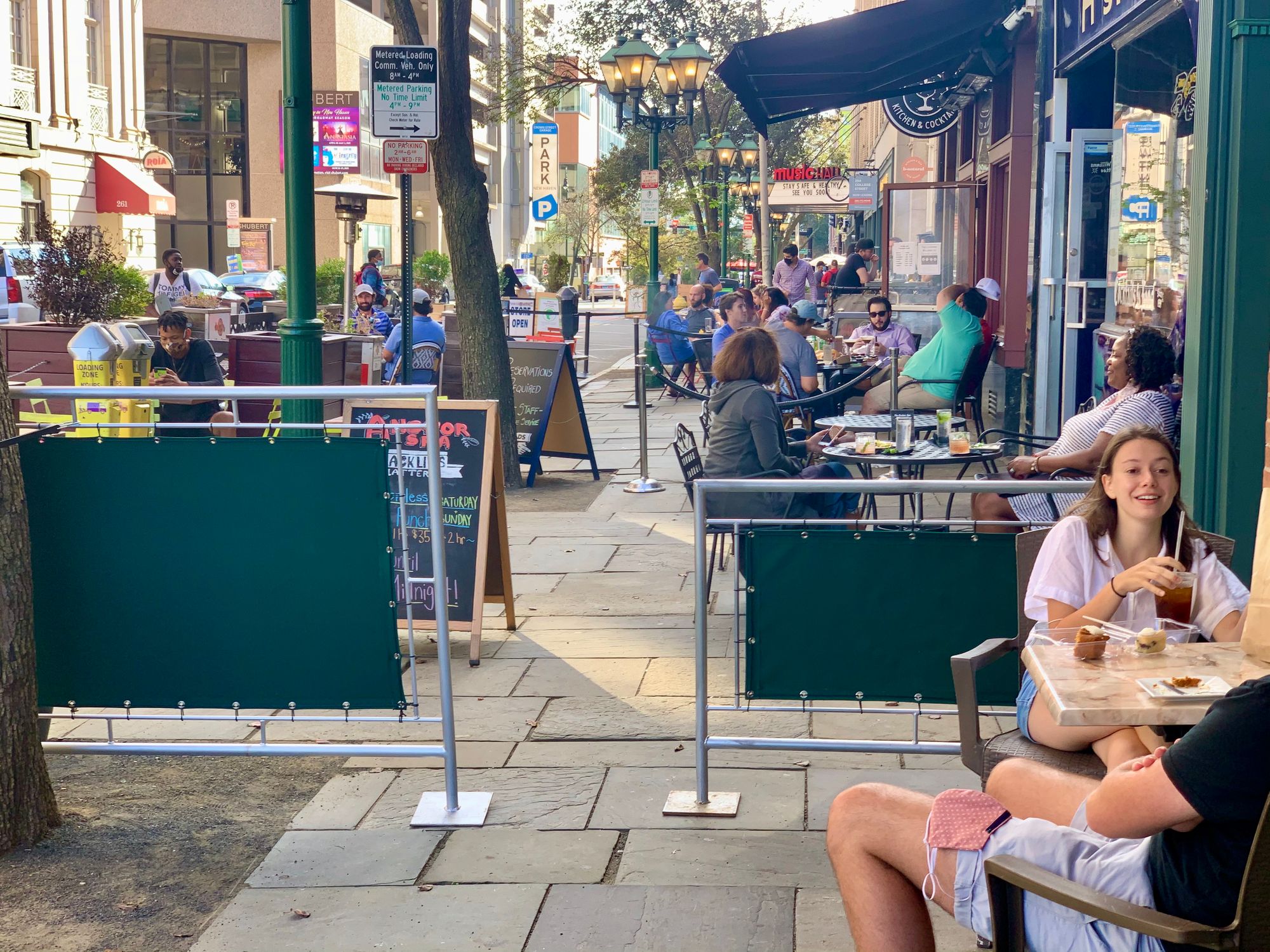
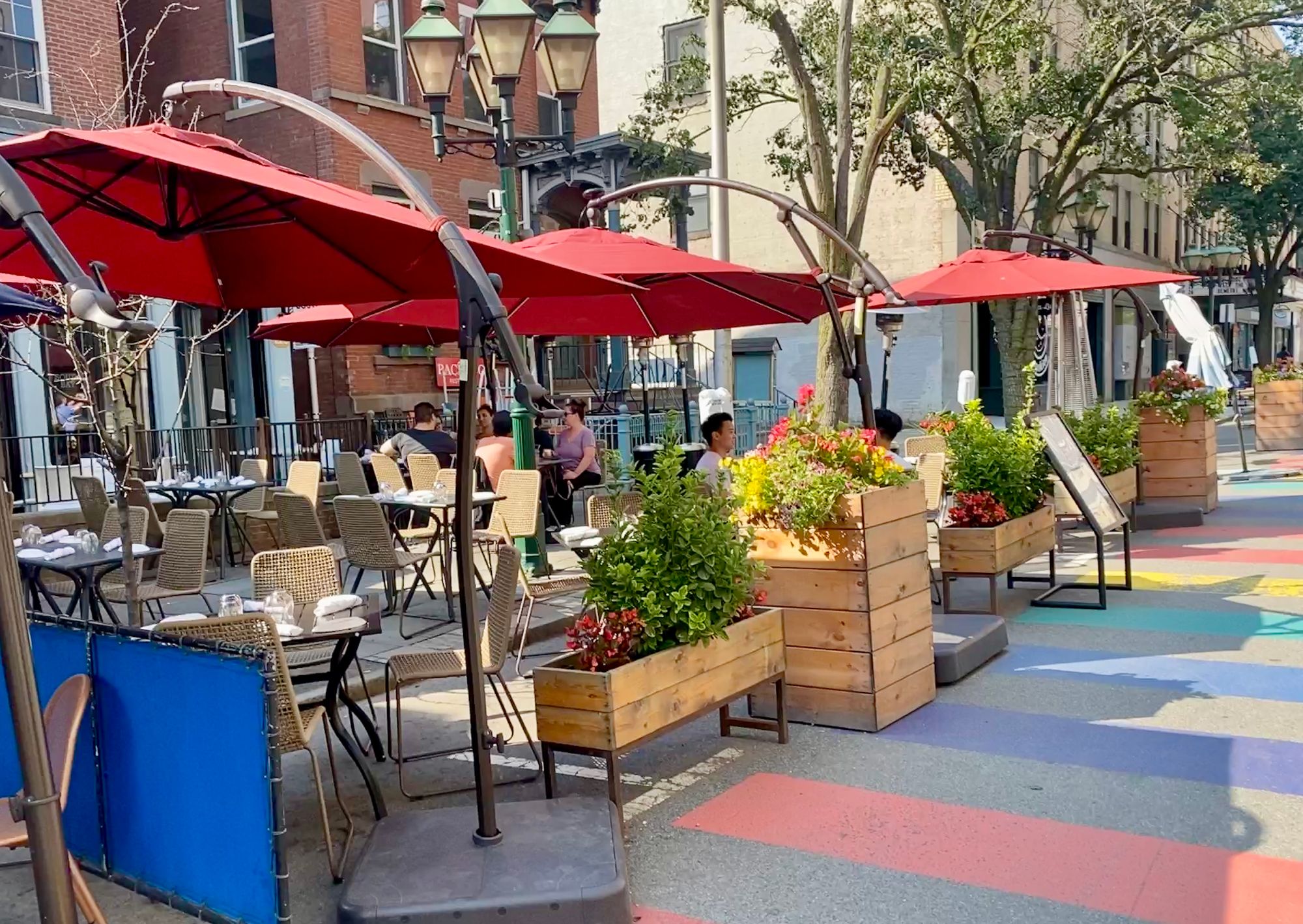
This triumphant turnaround for the corner of Chapel and College Street began in 1980 but has continued and adapted to even our most current context. The change has rippled outwards, reaching down the surrounding blocks and making a huge difference for a neighborhood once full of empty storefronts. Now the corner is a well-loved spot where folks can run into people they know, have a conversation, and meet for lunch or a coffee.
Brisbane
Open corners on high-rise towers
In places with lots of high-rise buildings, the outlet for the natural activities that need to occur on the streets has to go indoor or underneath those buildings. In some cases, like in Brisbane, it works quite well. Covered areas house seating for restaurants — which serves as a reminder that weather plays a significant factor in how well-used corners are. Providing for shelter from the rain, or shade from the sun, can be a practical strategy.
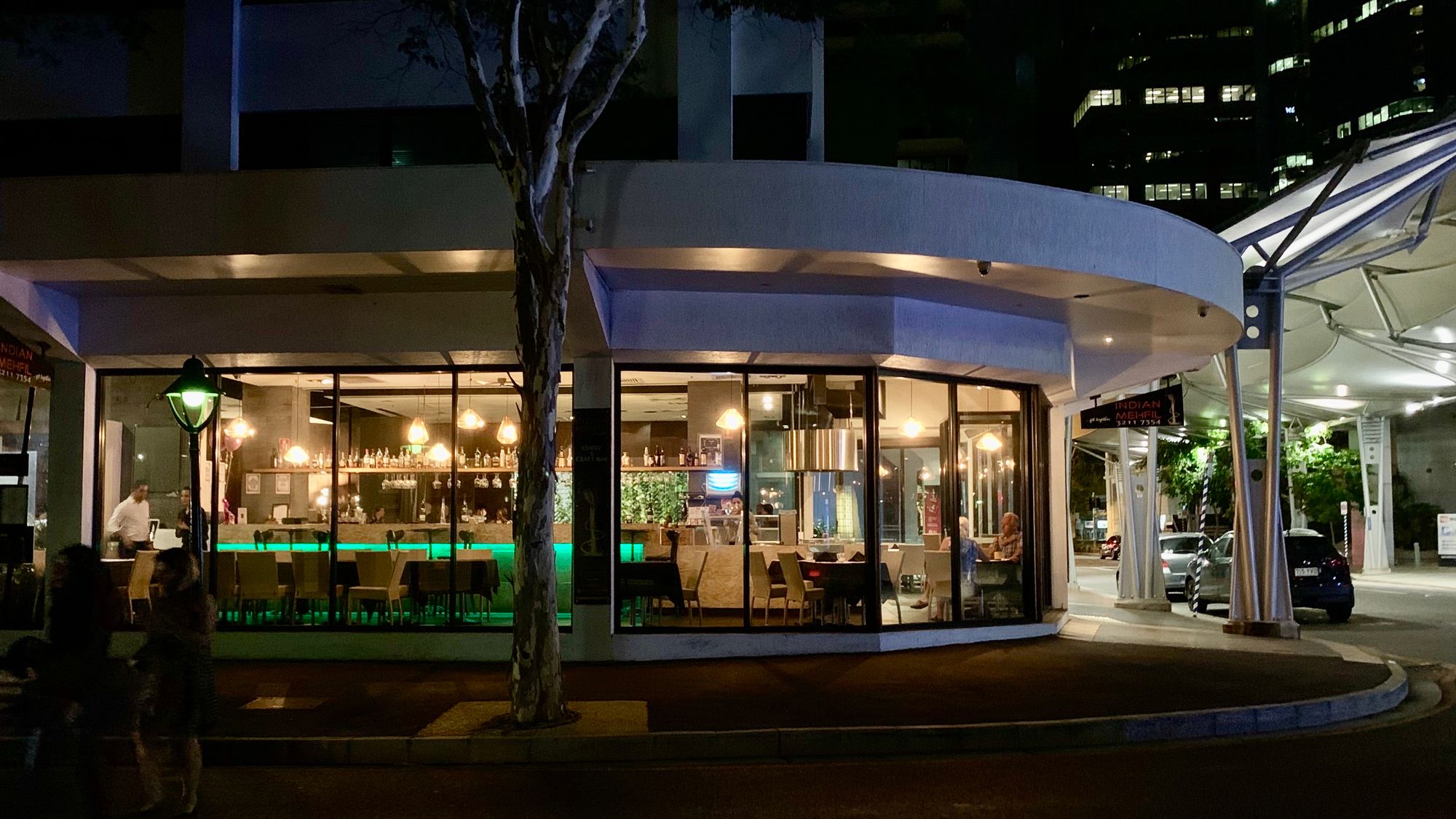
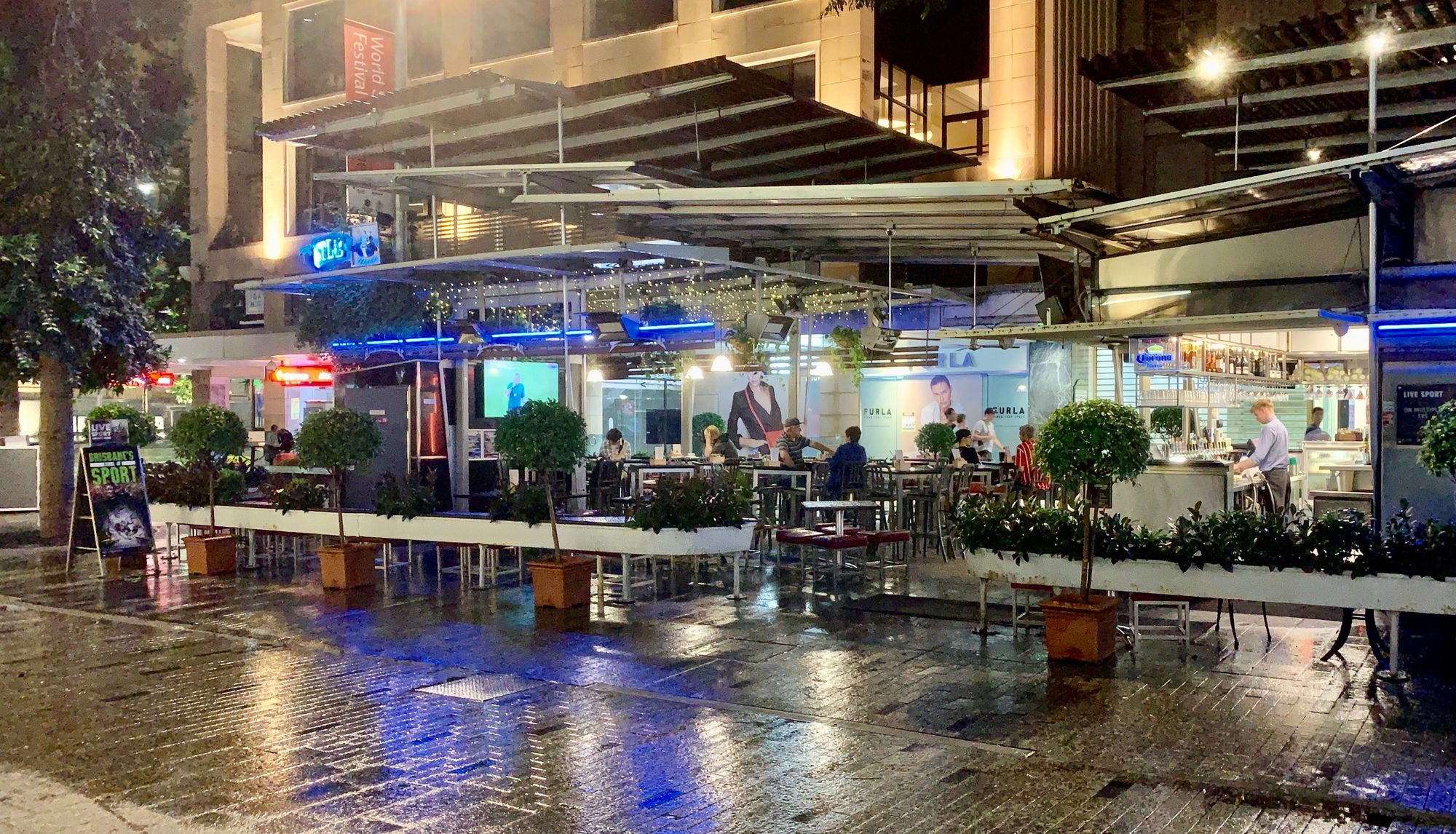
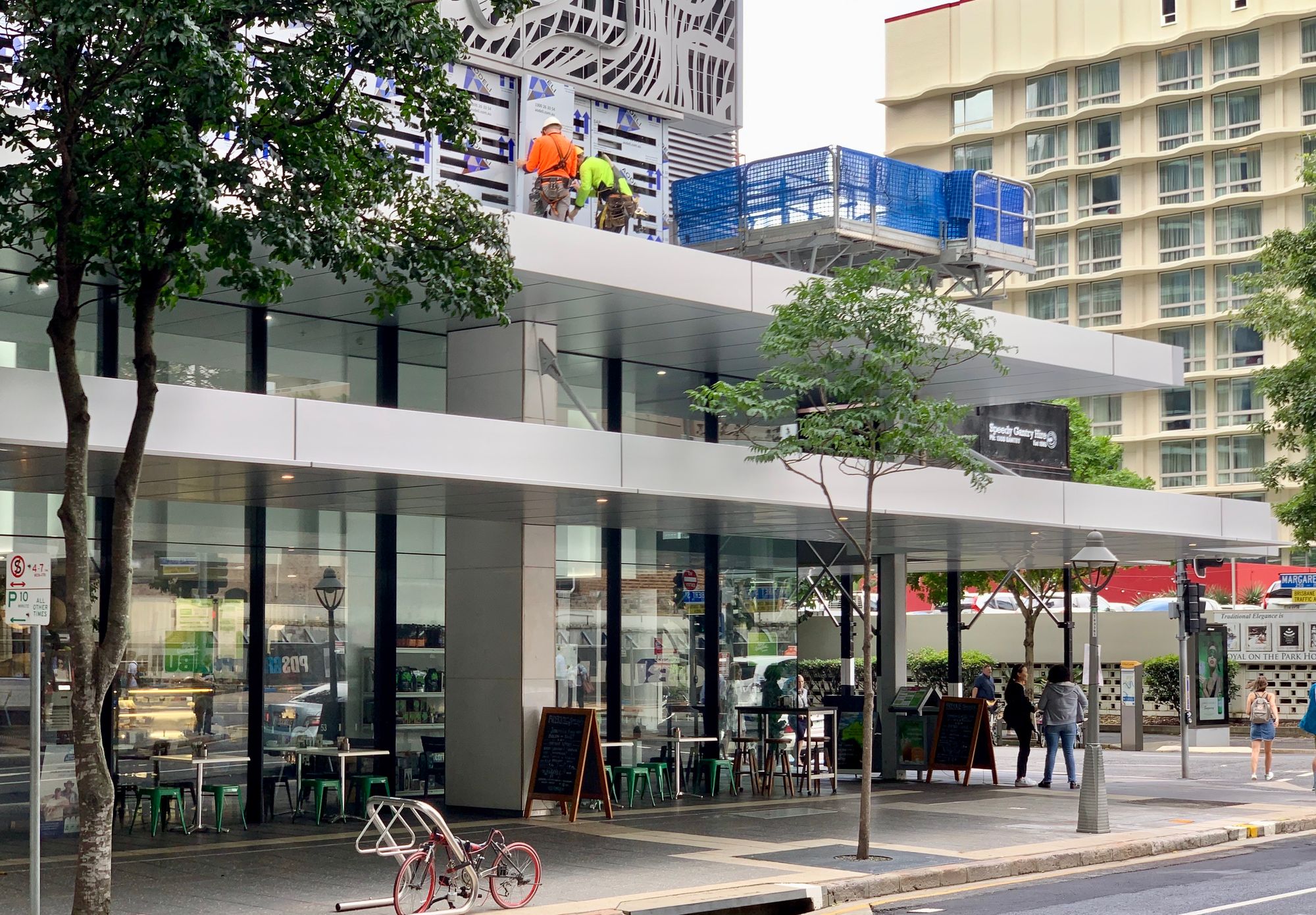
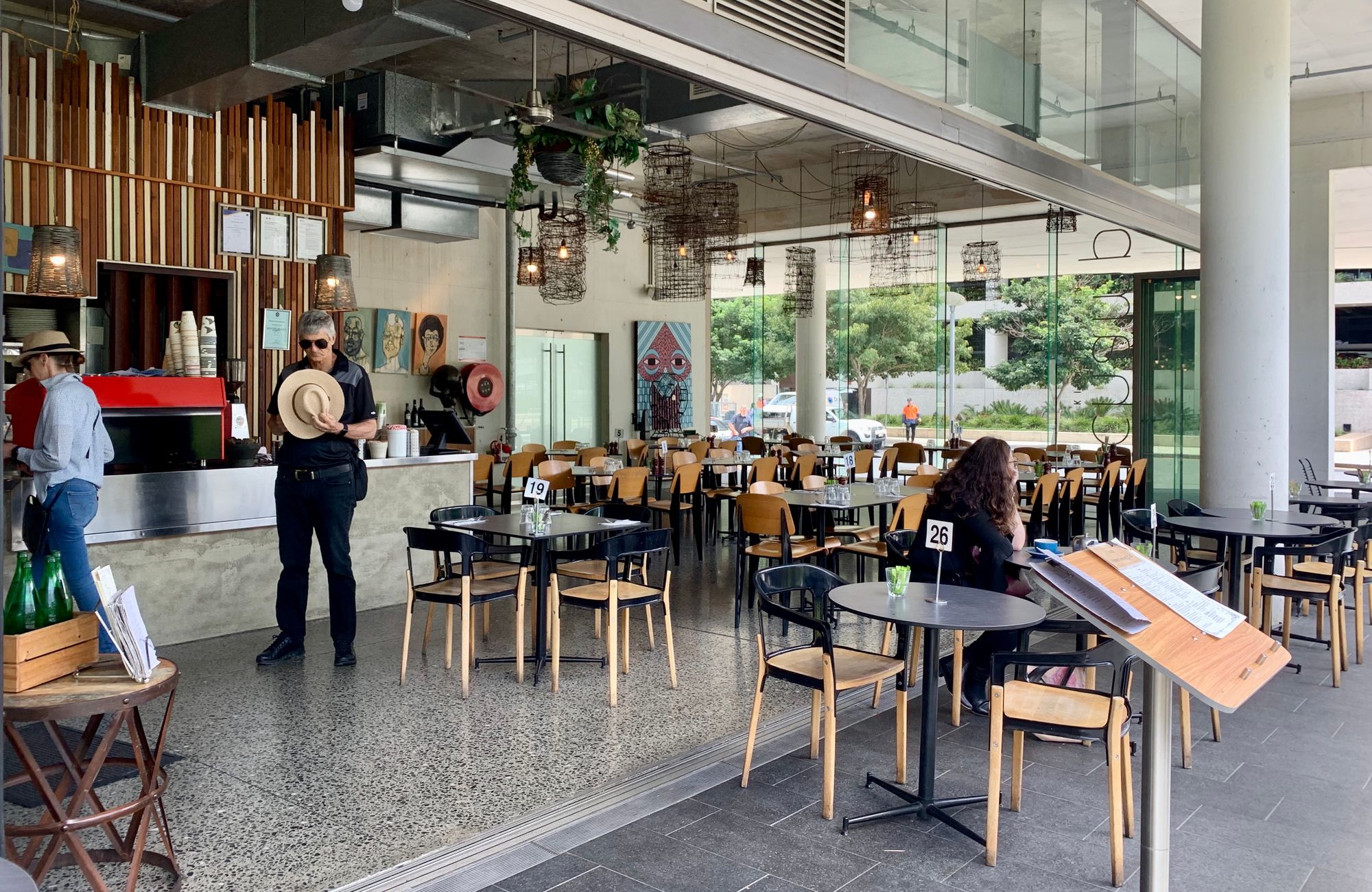
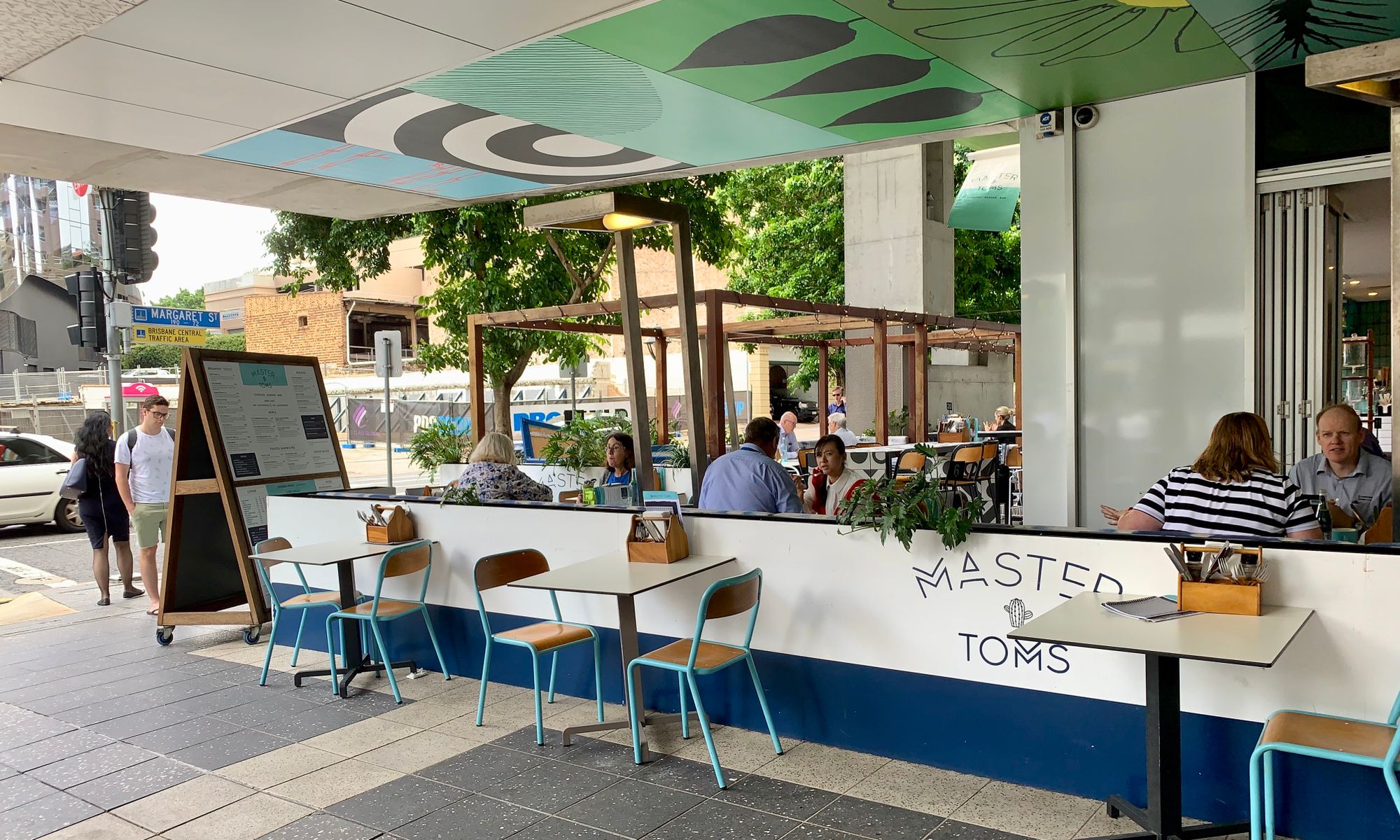
Barcelona
Zoning can set the stage for great intersections
Historically, developers in Barcelona were required to "cut corners" on their buildings — but in a good way! The resulting canted corners in places like the L'Example section of the city, have proven to be an effective economic development strategy because they've meant increased exposure for retail and restaurants. They carry the additional (and perhaps most important) benefit of added gathering space, and room for pedestrians to queue while waiting to cross the street.
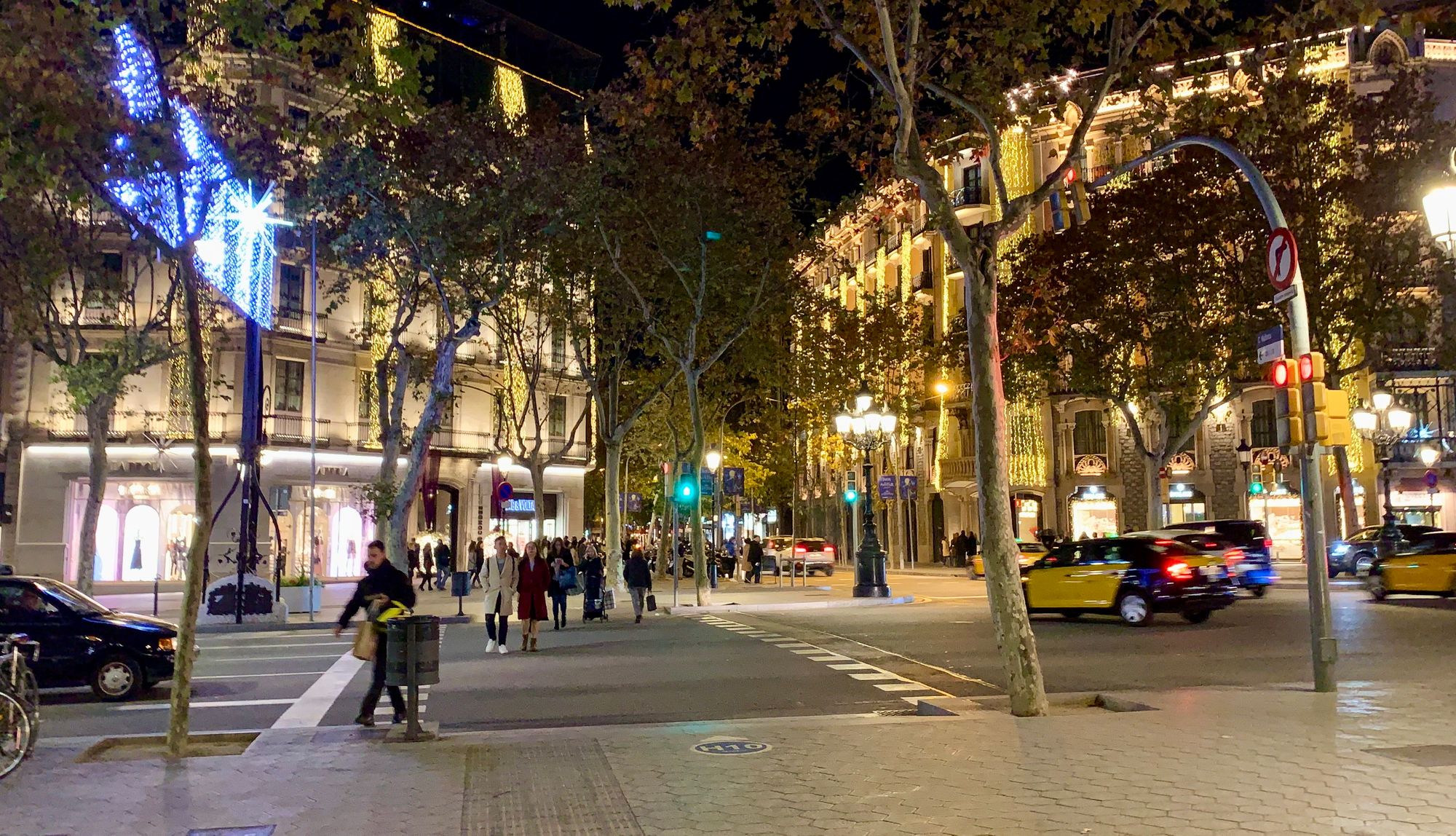
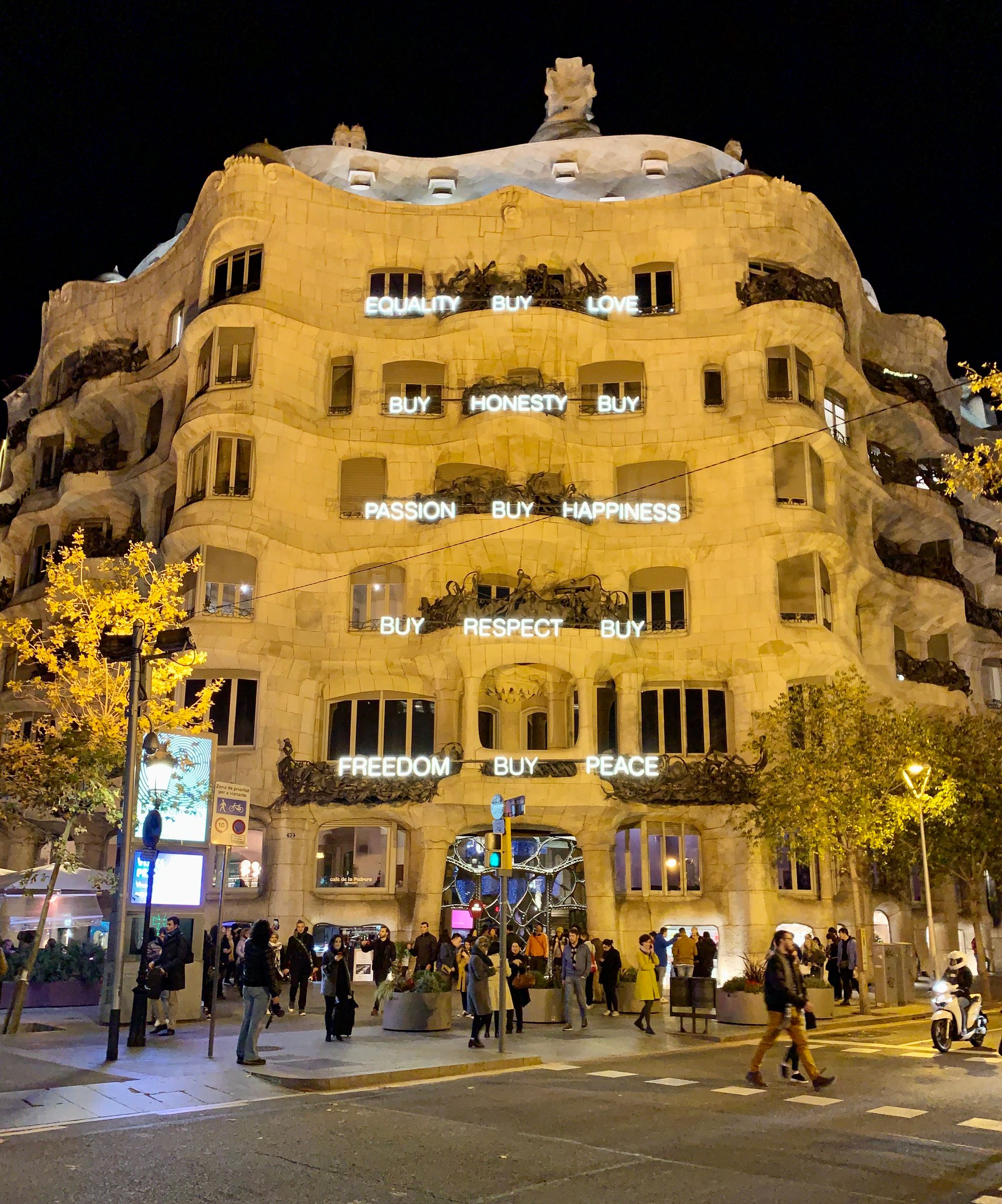
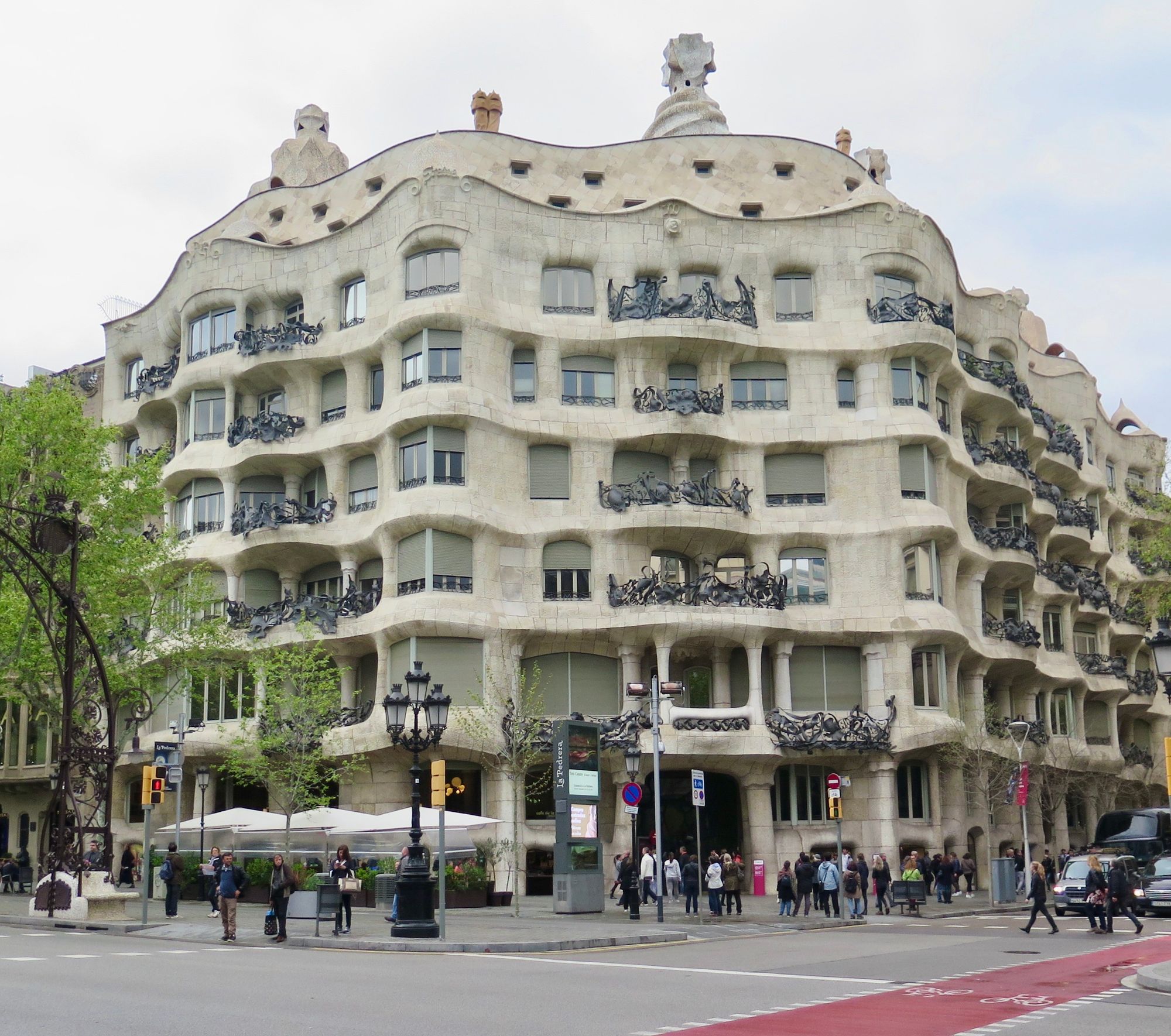
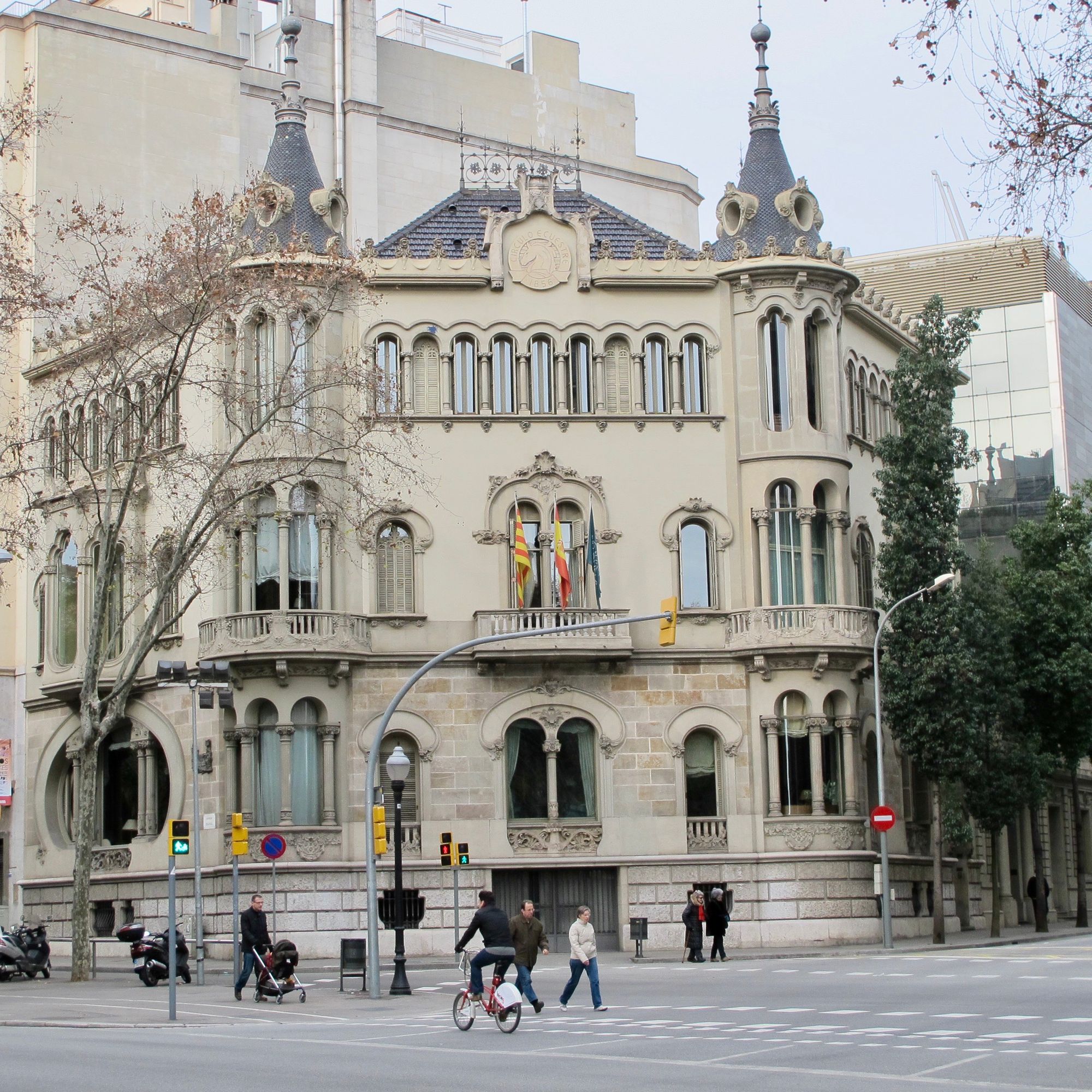
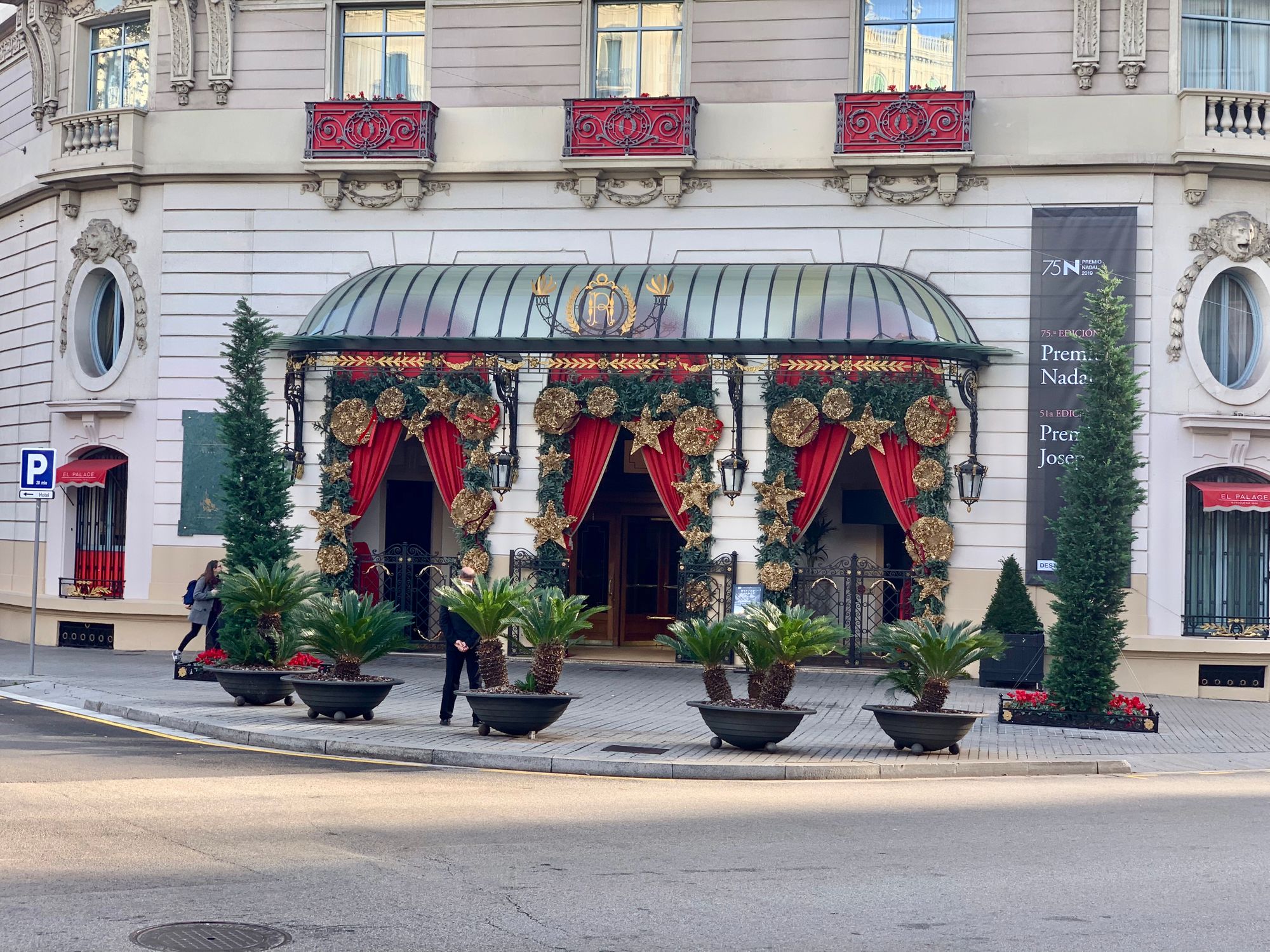
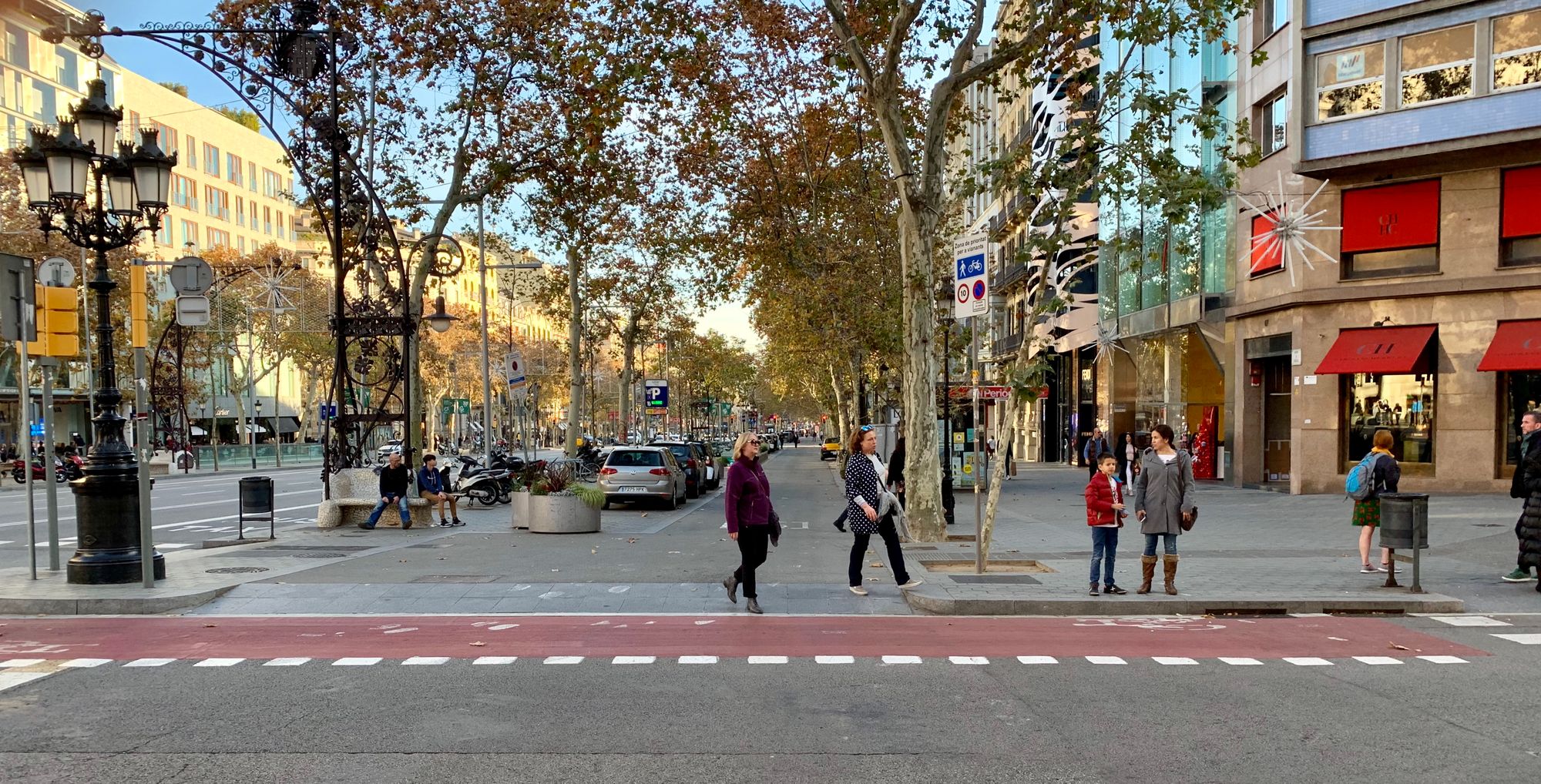
Istanbul
Life in the historic core happens at street-corner bazaars
In Istanbul's bazaars, it's all about "product," and the buzz around it. In these busy corner places, there are few vehicles to interrupt the excitement of city life. Vendors are able to fill outdoor displays with food, creating a sensory experience that invites people to get a taste of the city. In the historic district, every corner is defined by a product and the customers who come to have a look.
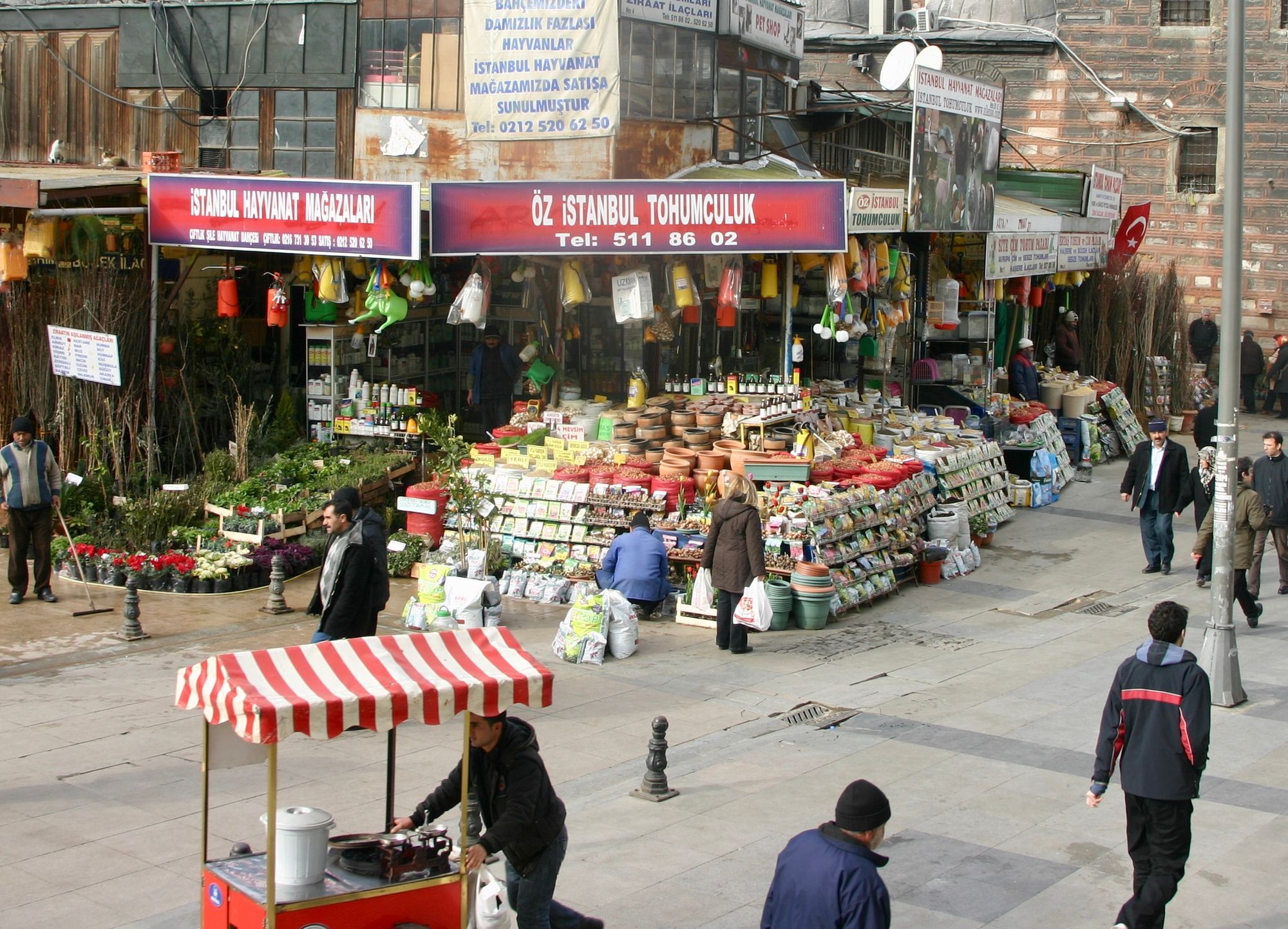
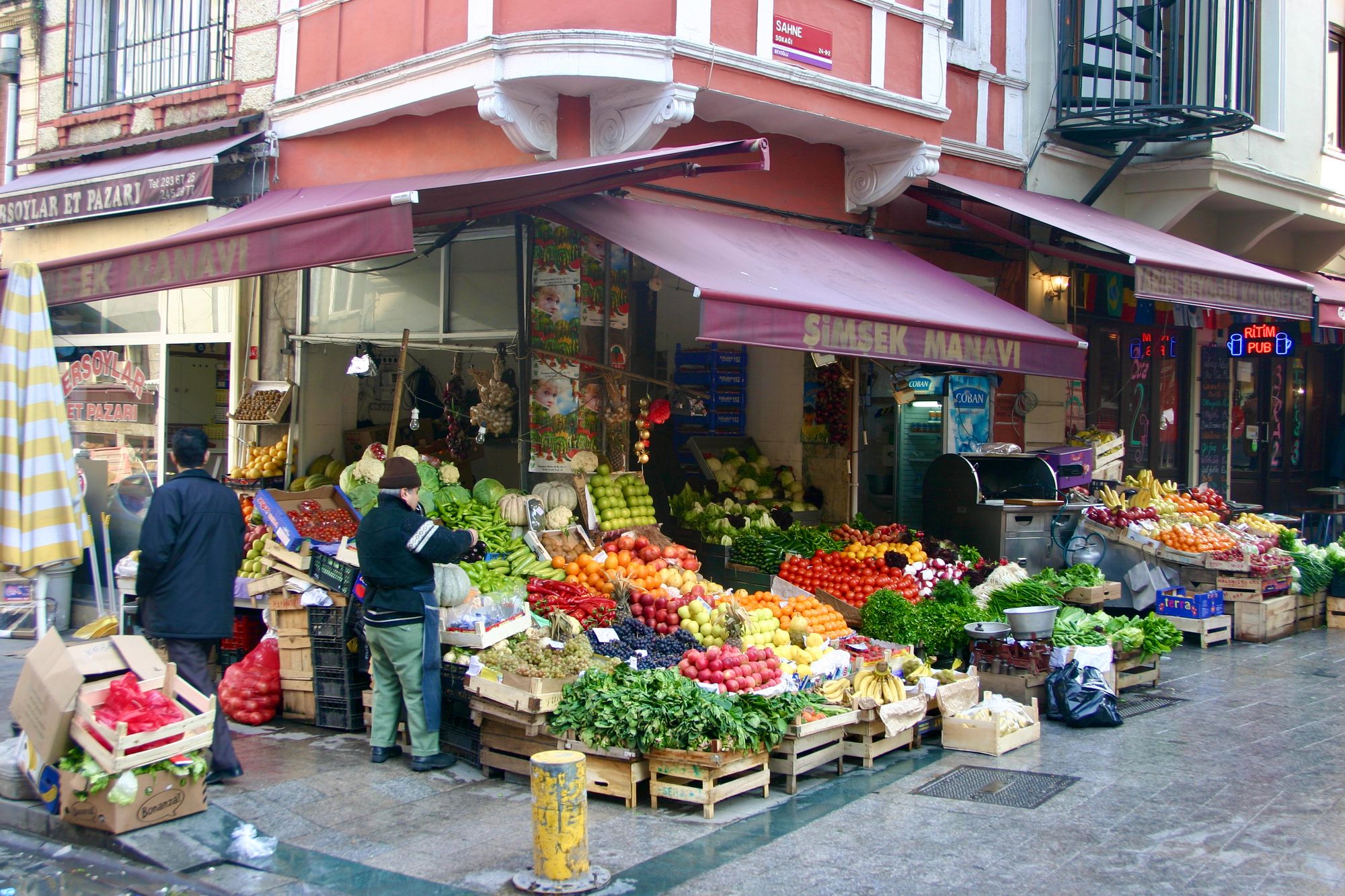
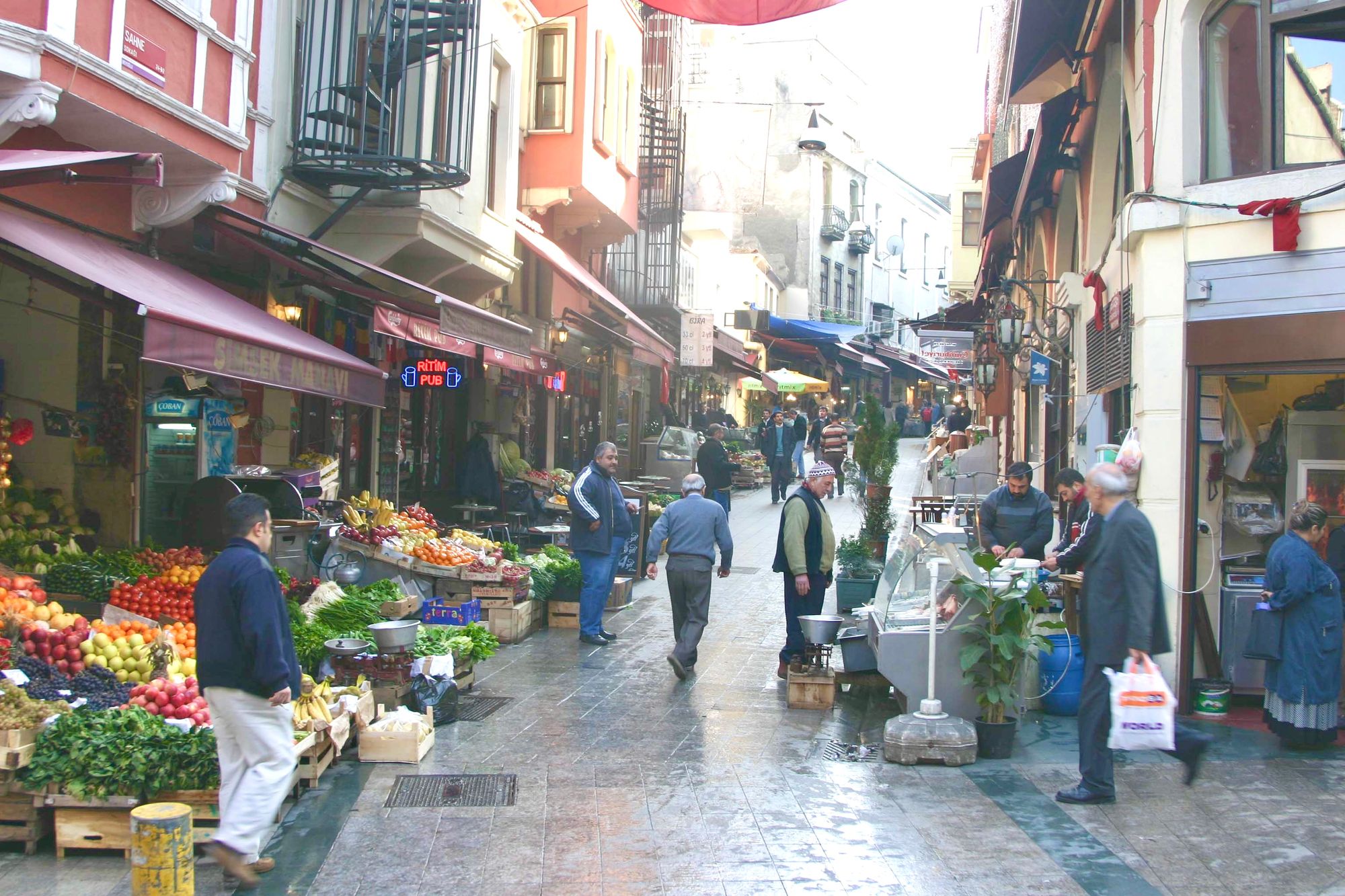
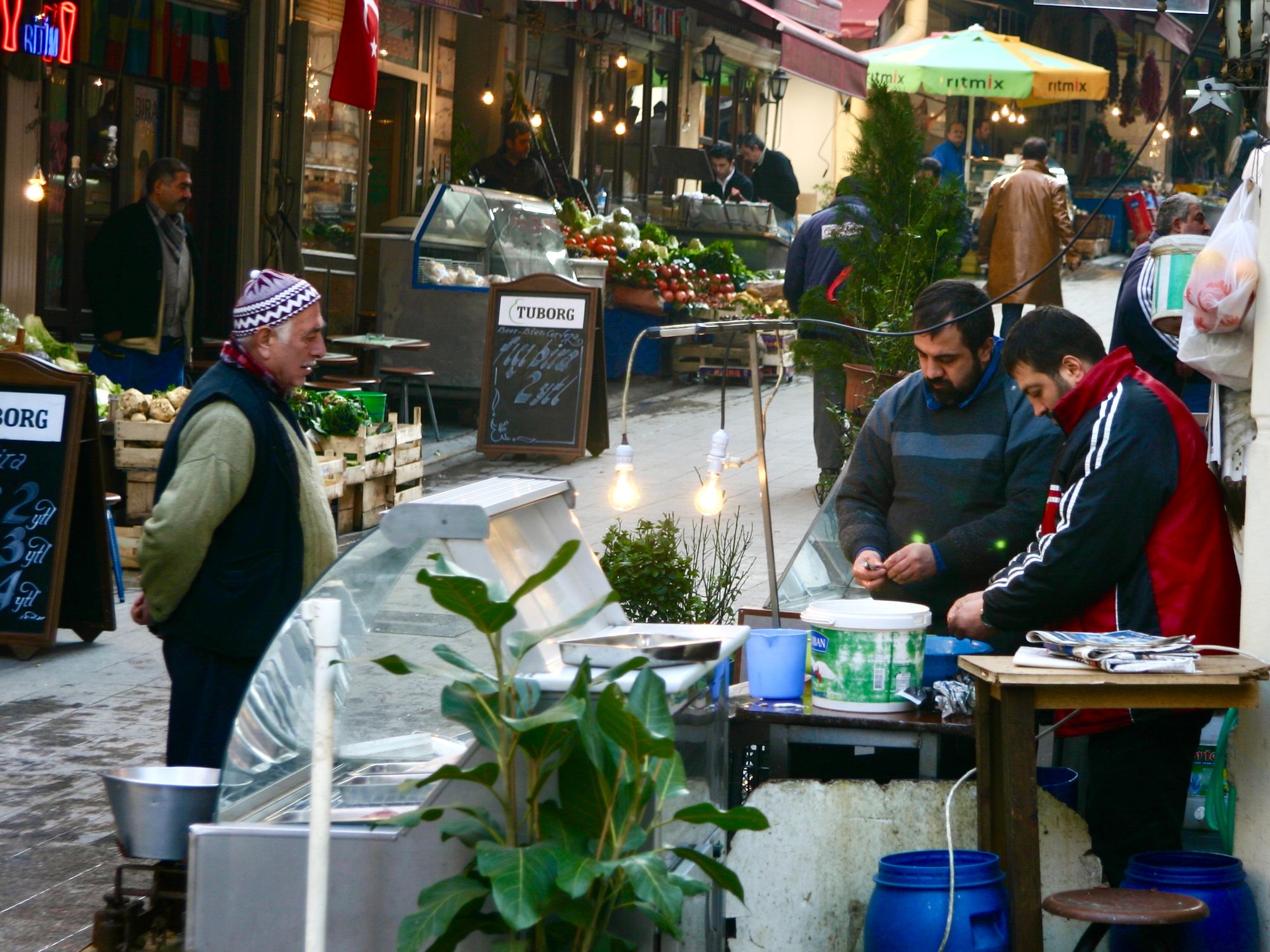
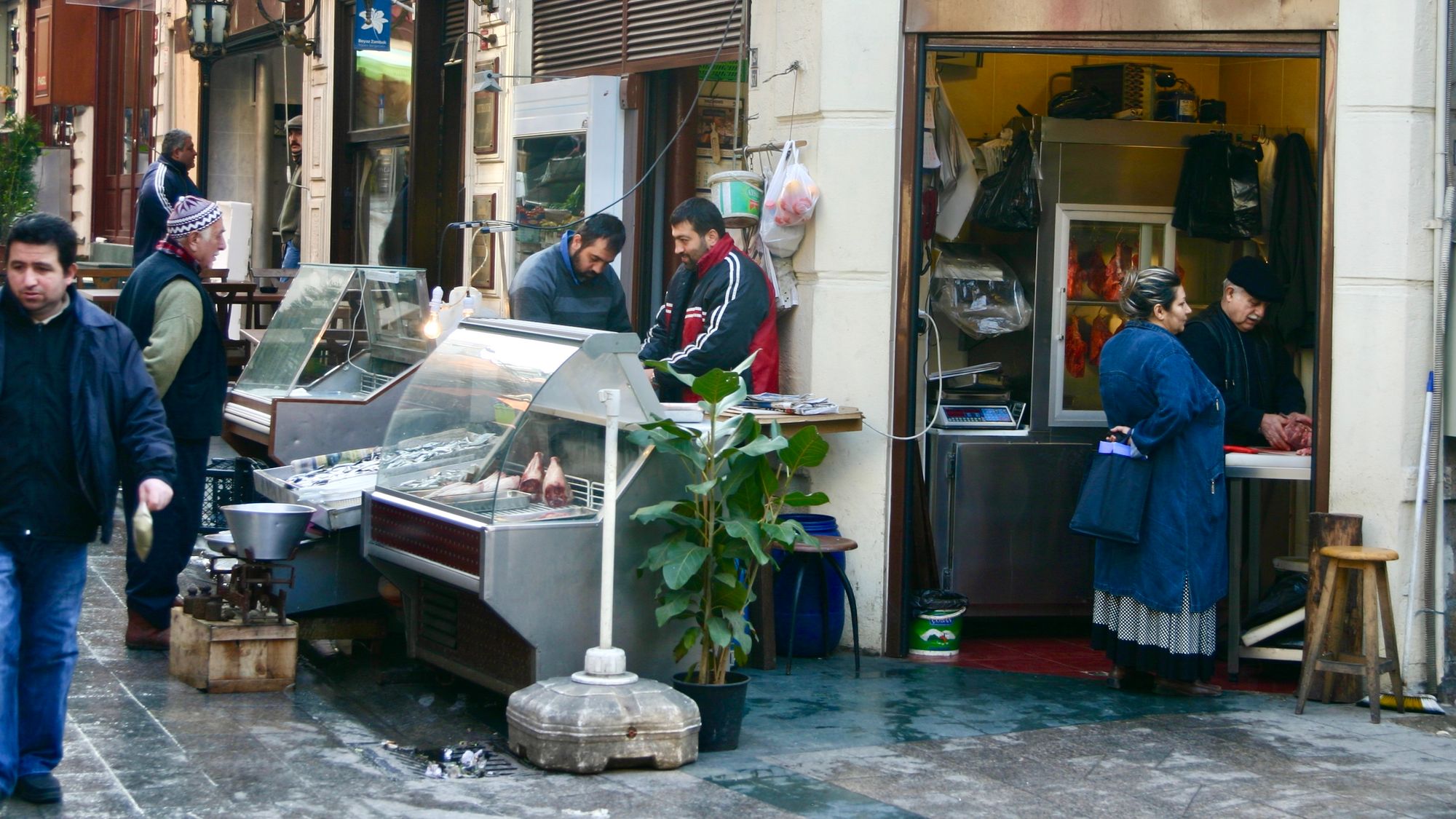
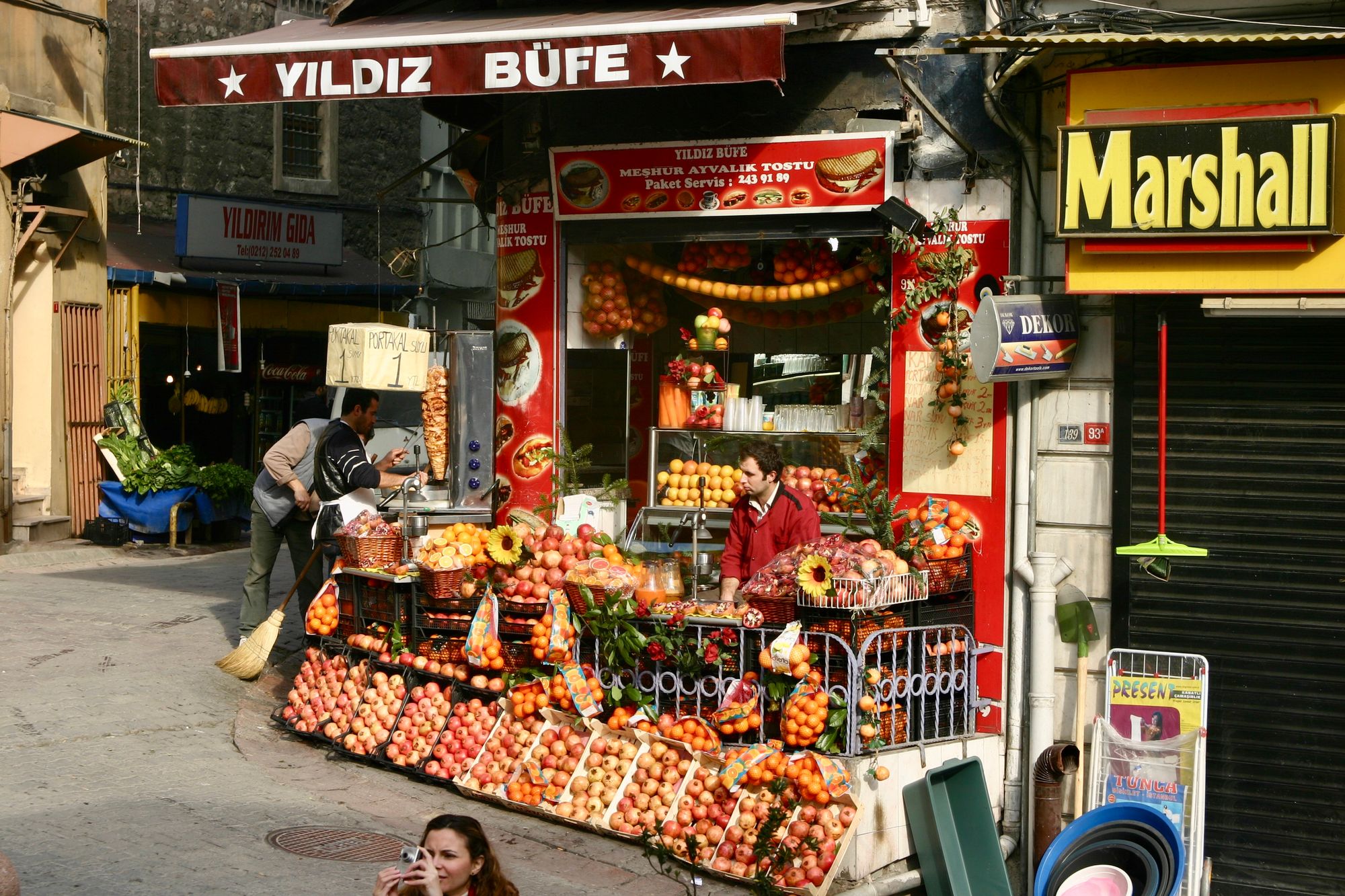
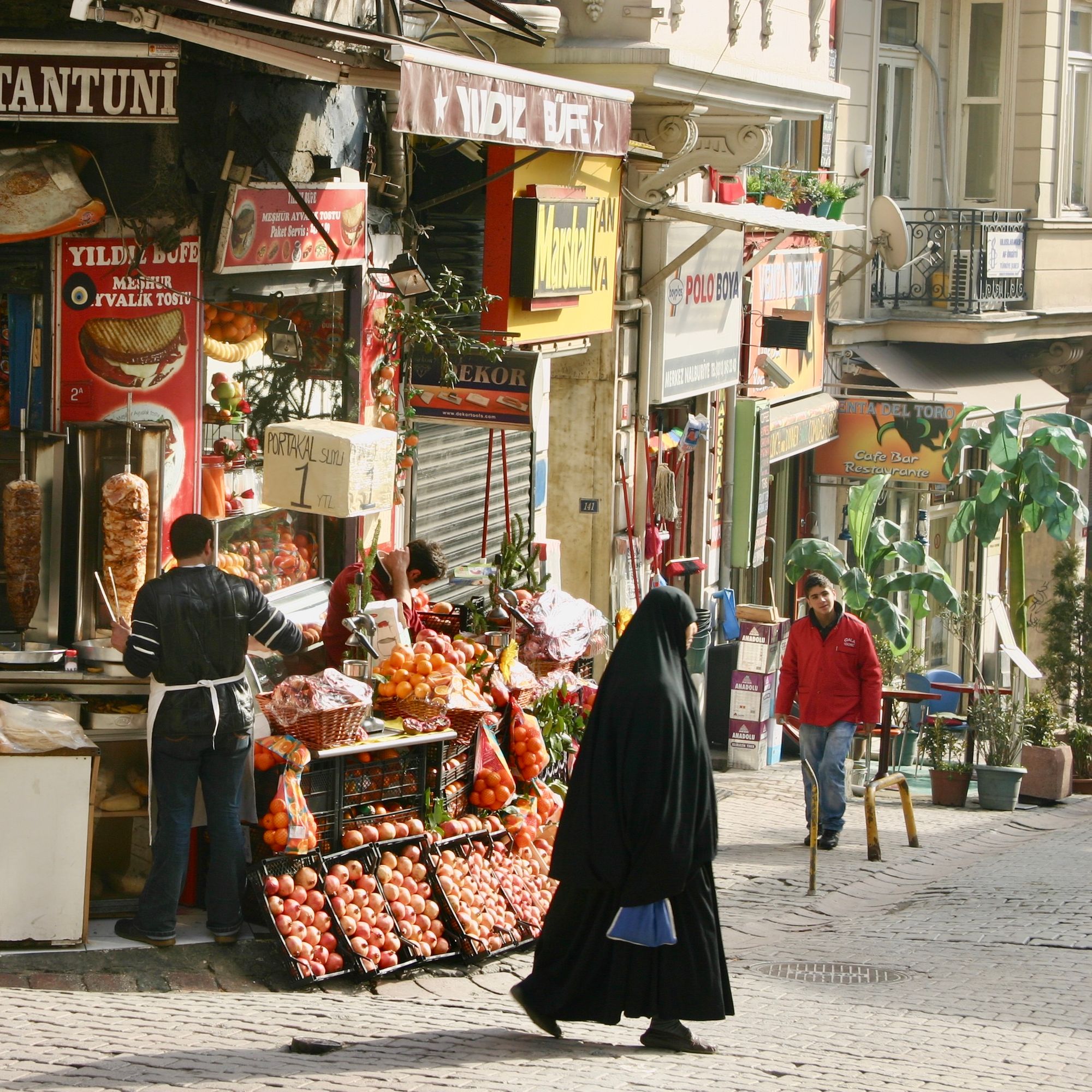
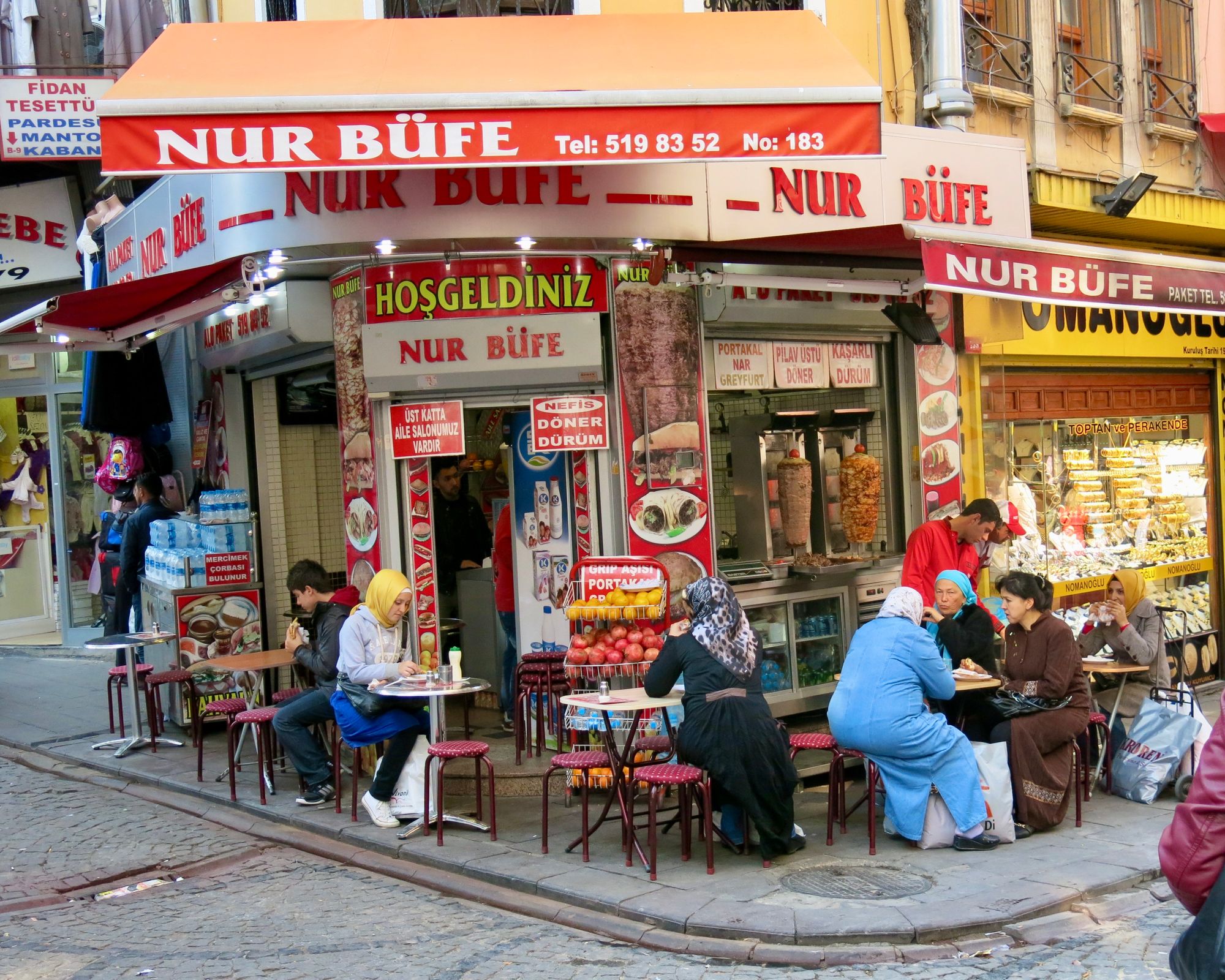
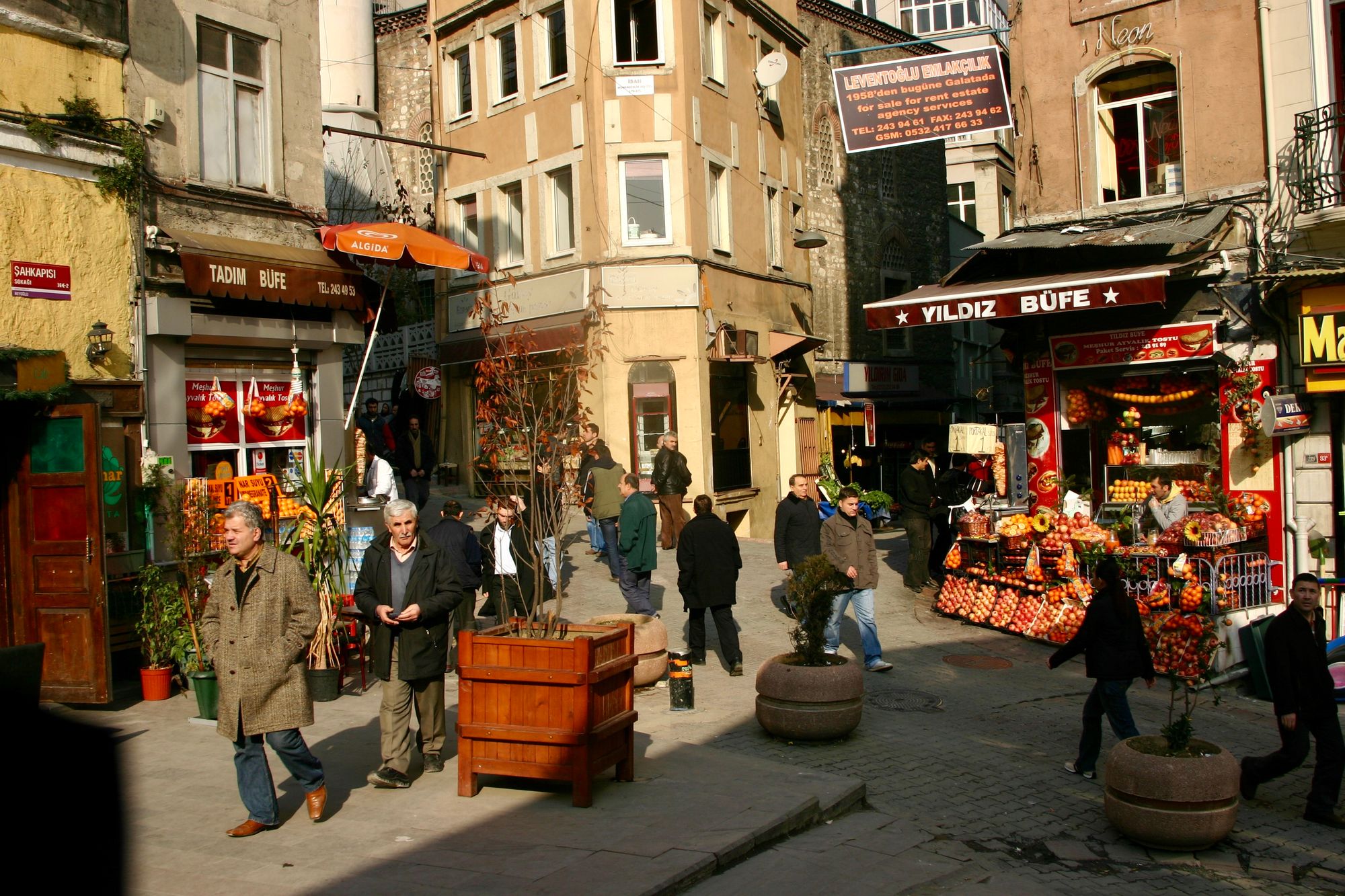
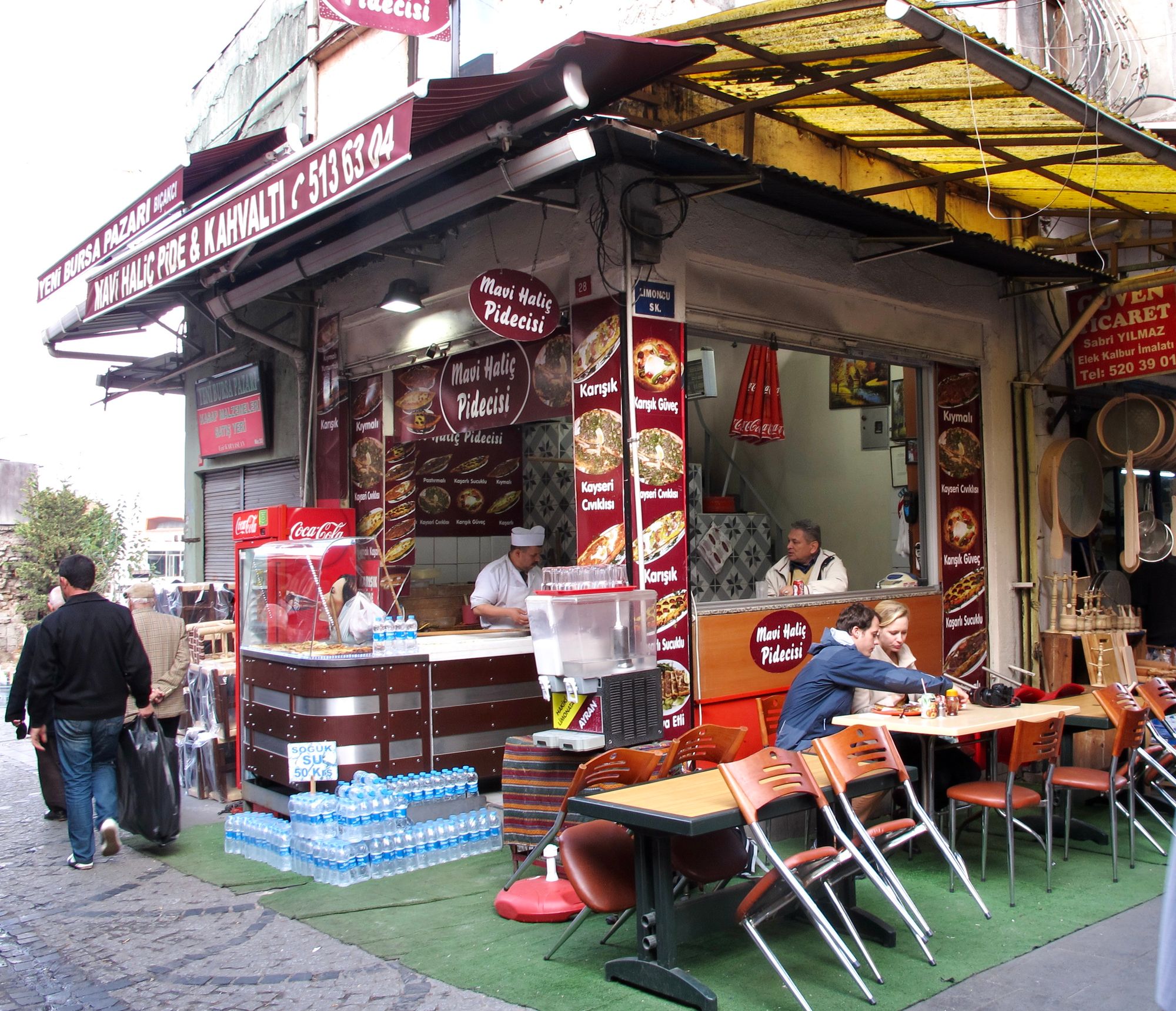
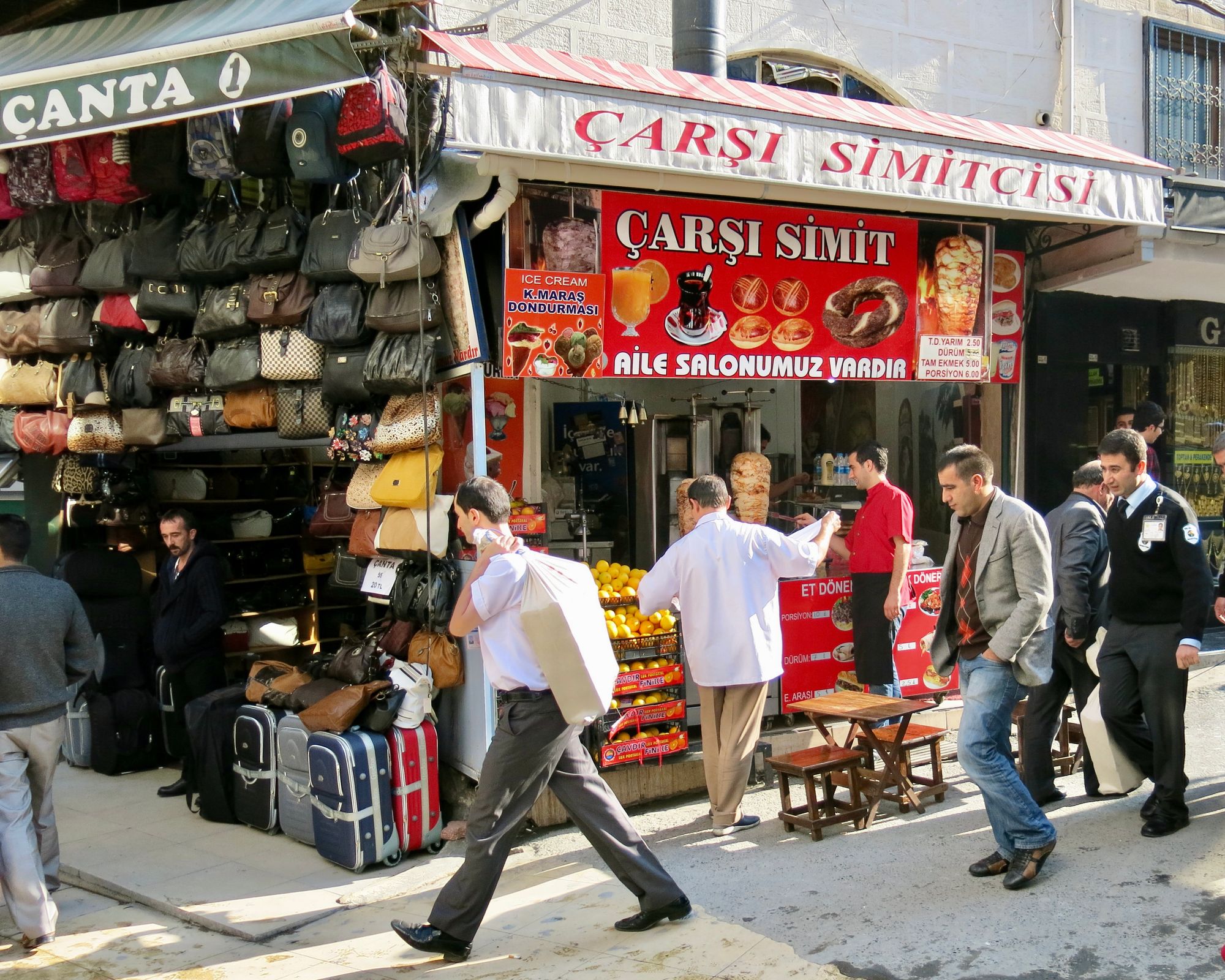
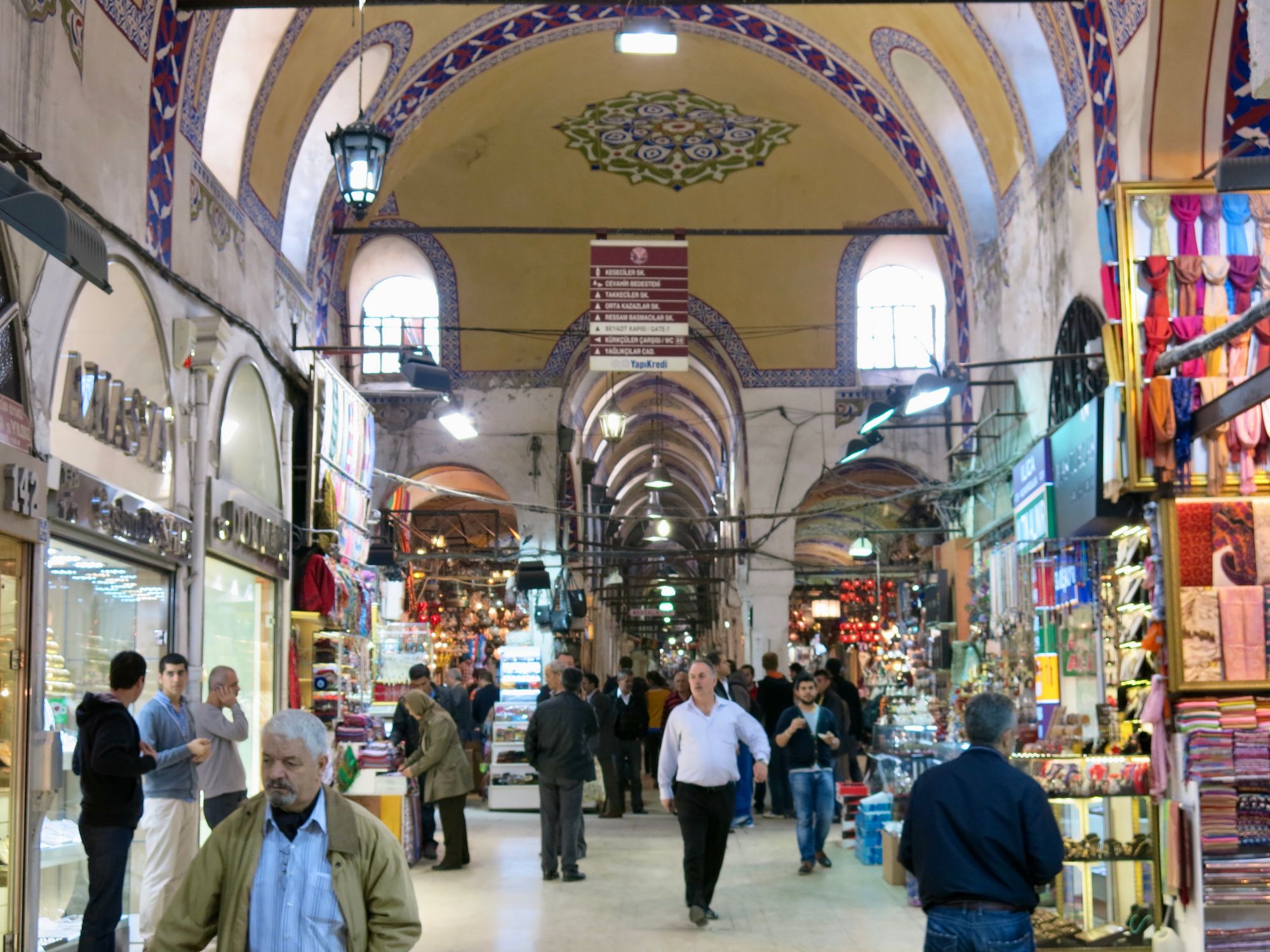
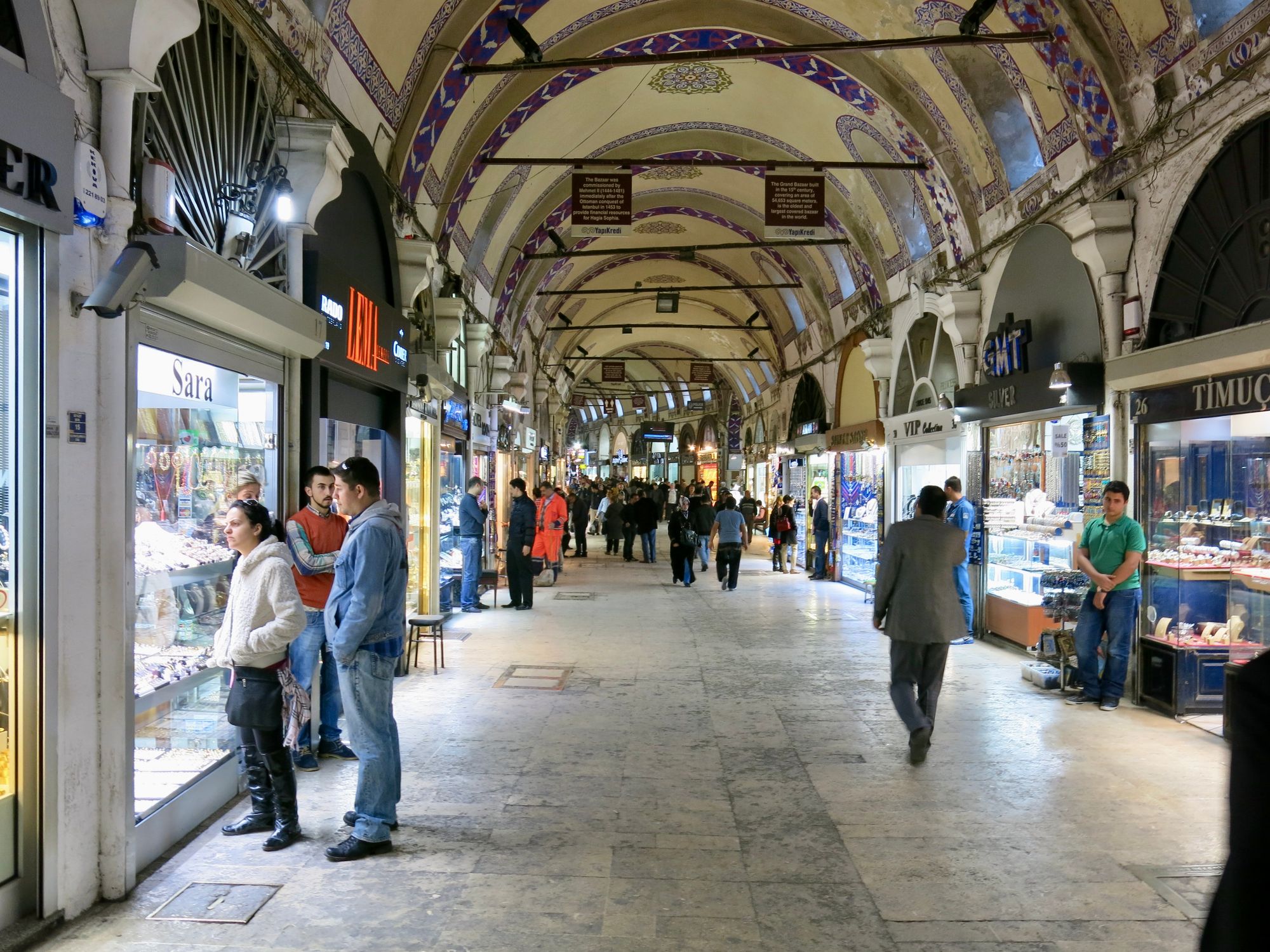
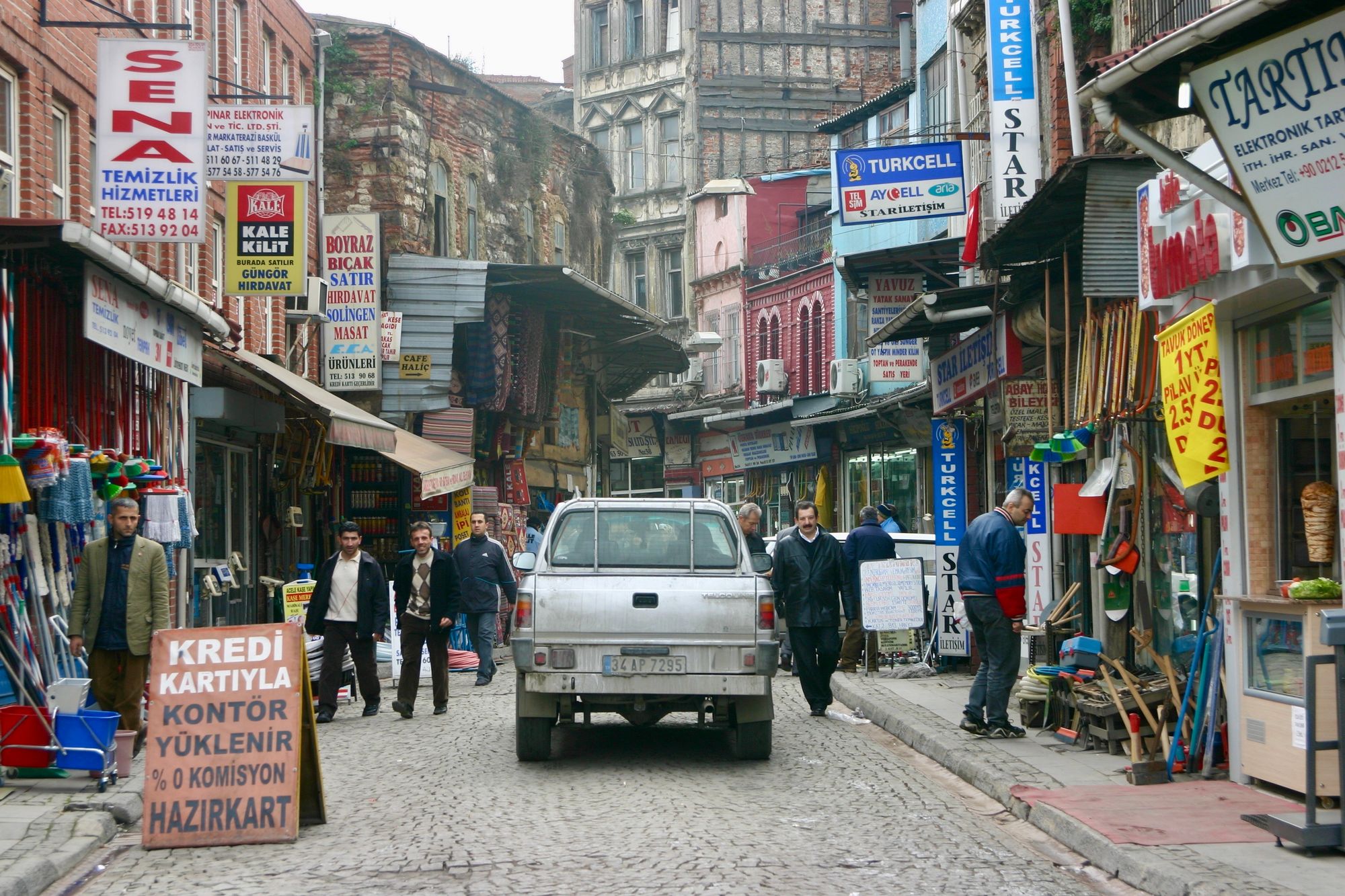
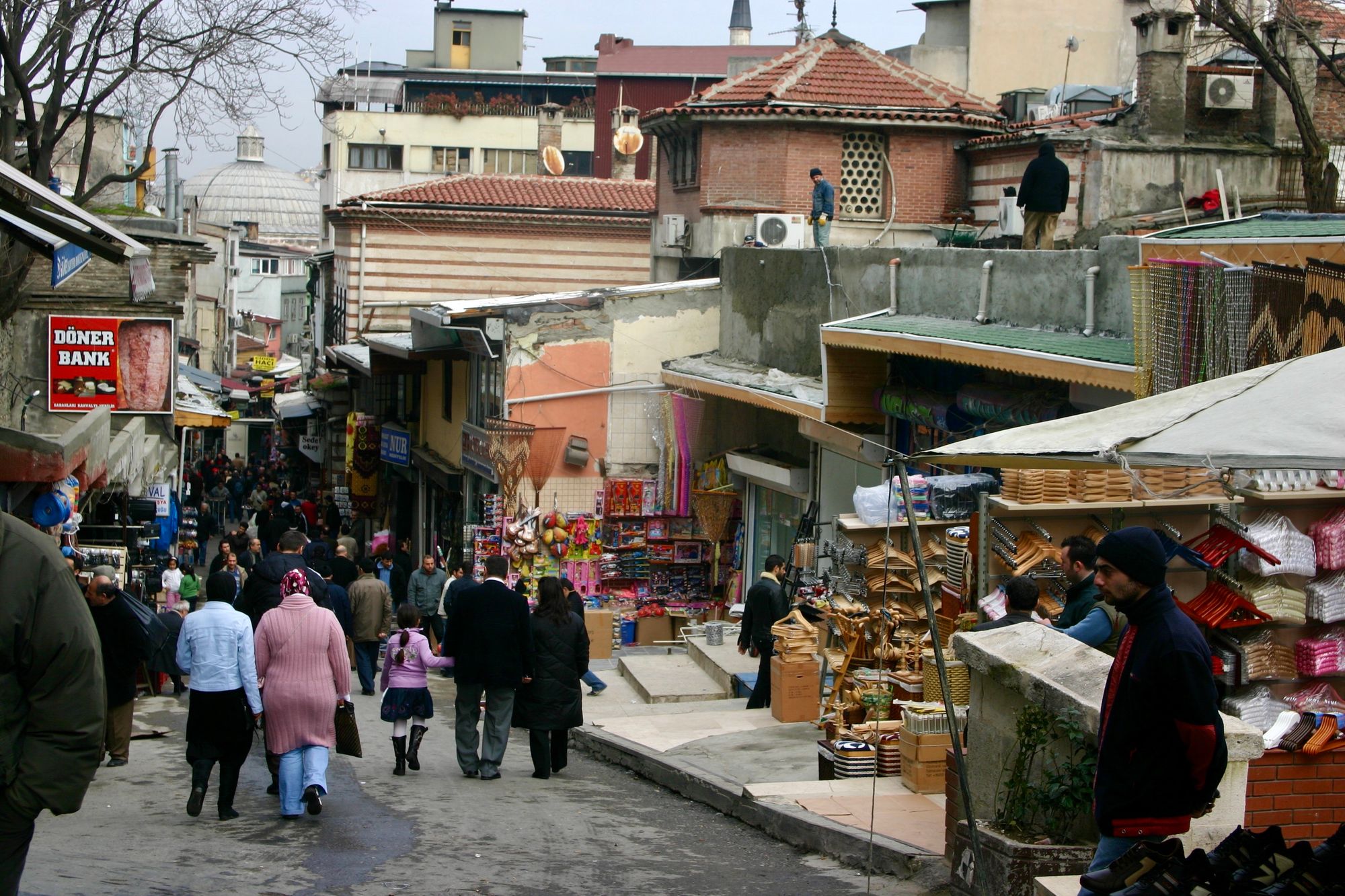
The Biggest Obstacle
Brisbane has a policy of restricting any non-motorized forms of transportation on the downtown streets. That means bicycles, scooters and other ways of moving are forced to use the sidewalks. This means for a more dangerous sidewalk system, where pedestrians must negotiate with faster-moving cyclists. Ideally, dedicated and buffered bike lanes would replace some of the space now devoted to cars. Then, cyclists would feel protected in a space designed for them, and sidewalks would be more open for all.
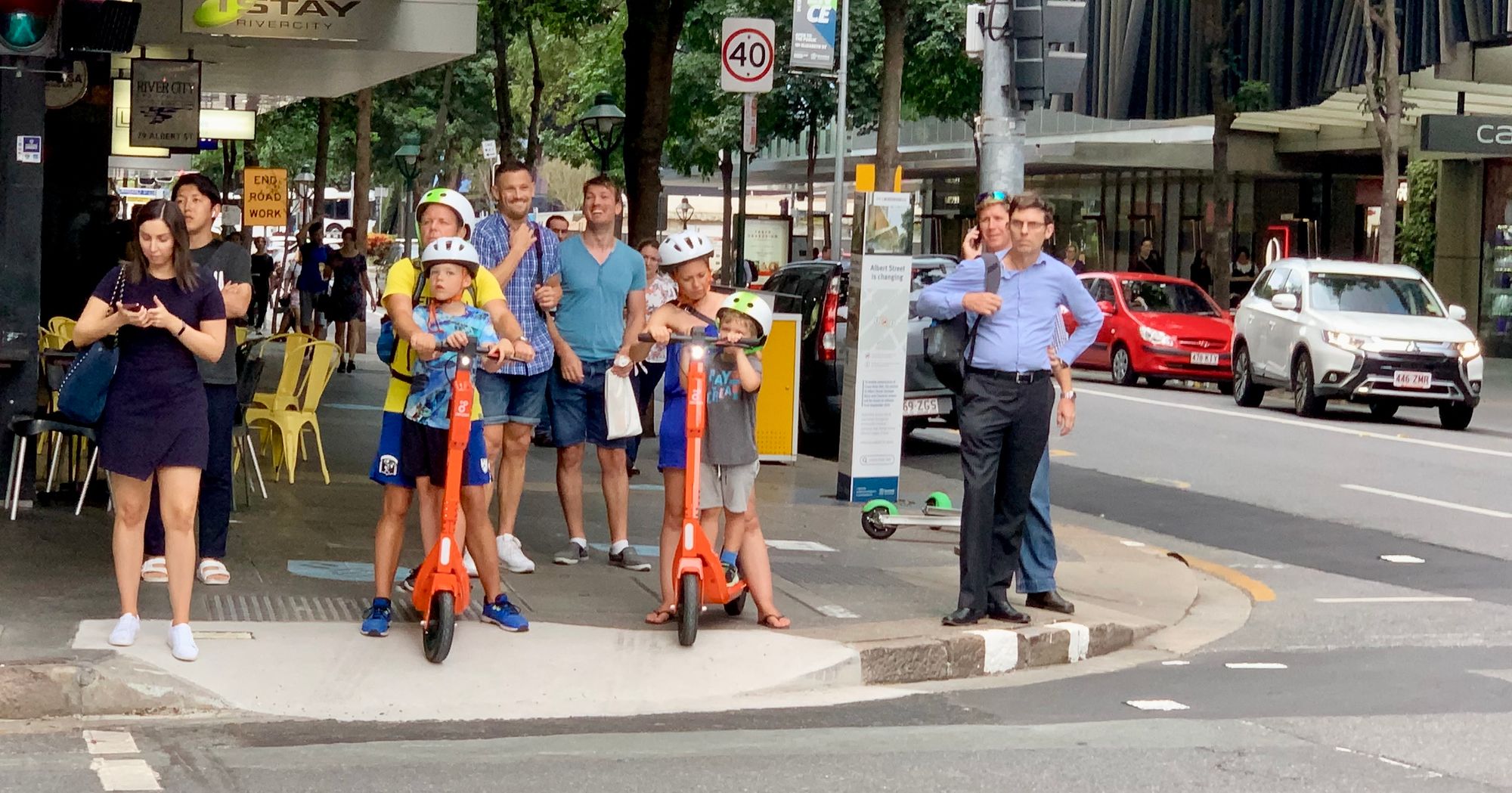
Takeaways:
A central challenge of making street intersections and sidewalk corners lively lies in the fact that all modes of transportation want their piece of the street — from cars to trucks, bikes and buses to scooters. That often means that to prioritize social life goes against the norm: But by starting with people, everything gets turned upside-down for the better.
Some of the most vital parts of our social lives play out on the streets of our communities. But this is only possible if we have safe and comfortable spaces there, in which to gather. A fundamental shift is imperative to make this possible, and for communities everywhere to thrive. Shifting the focus from vehicle movement to people and social life is a paradigm that we all need. And one thing we can say for certain is that there is a bright future ahead for communities that make that shift.
Related posts
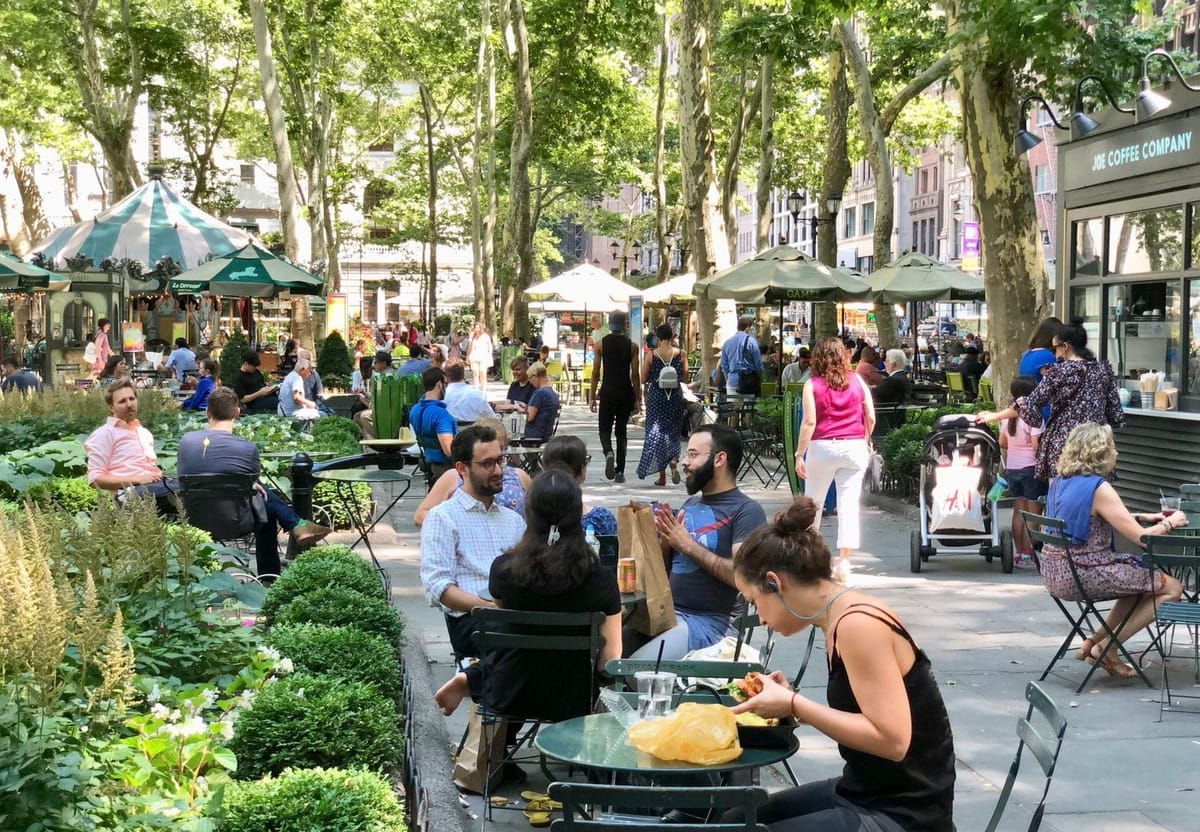
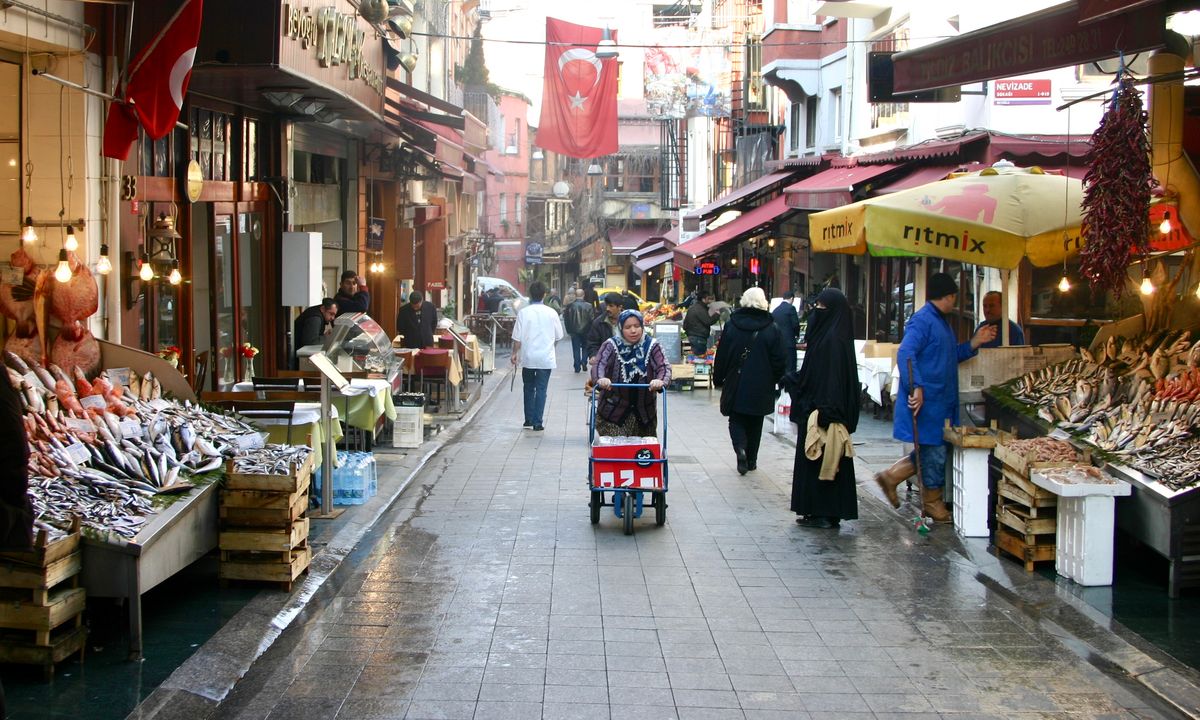
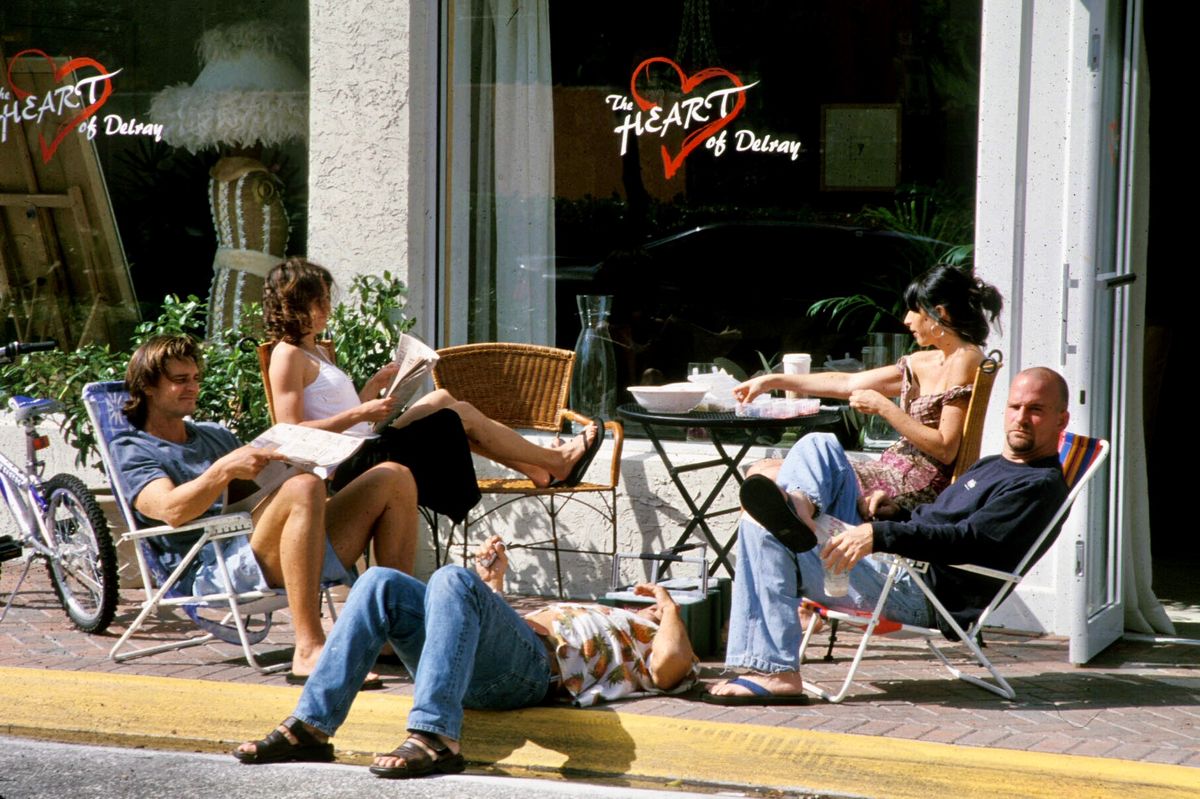
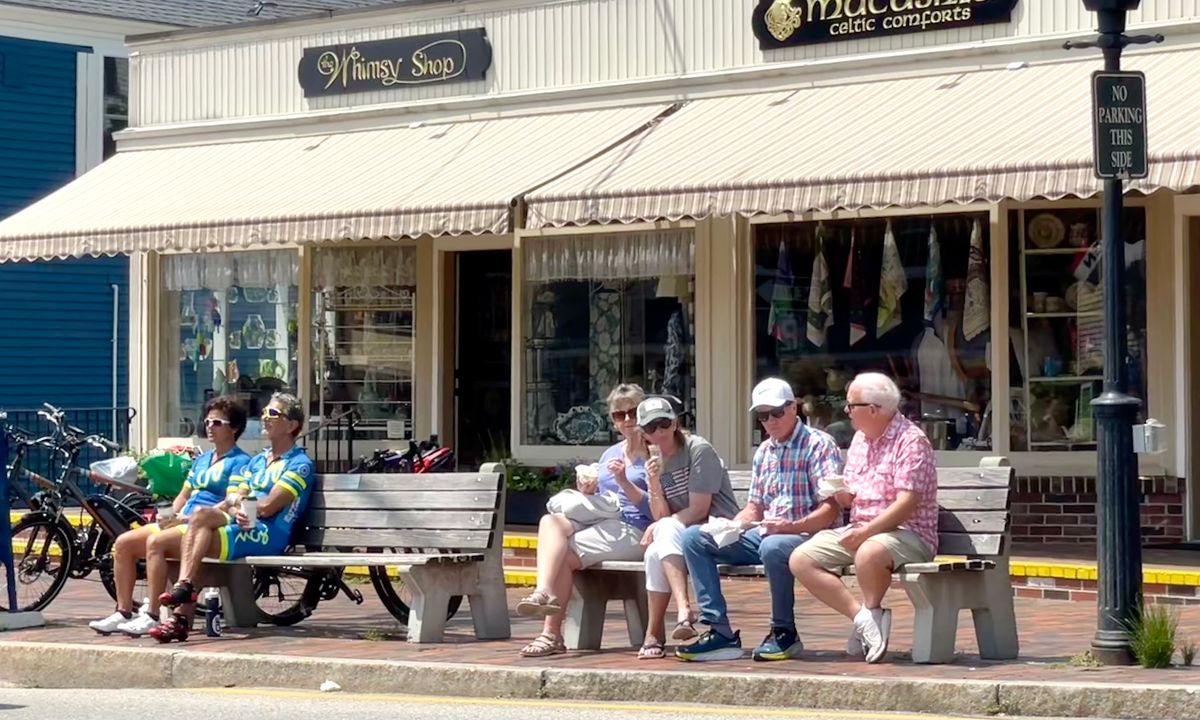
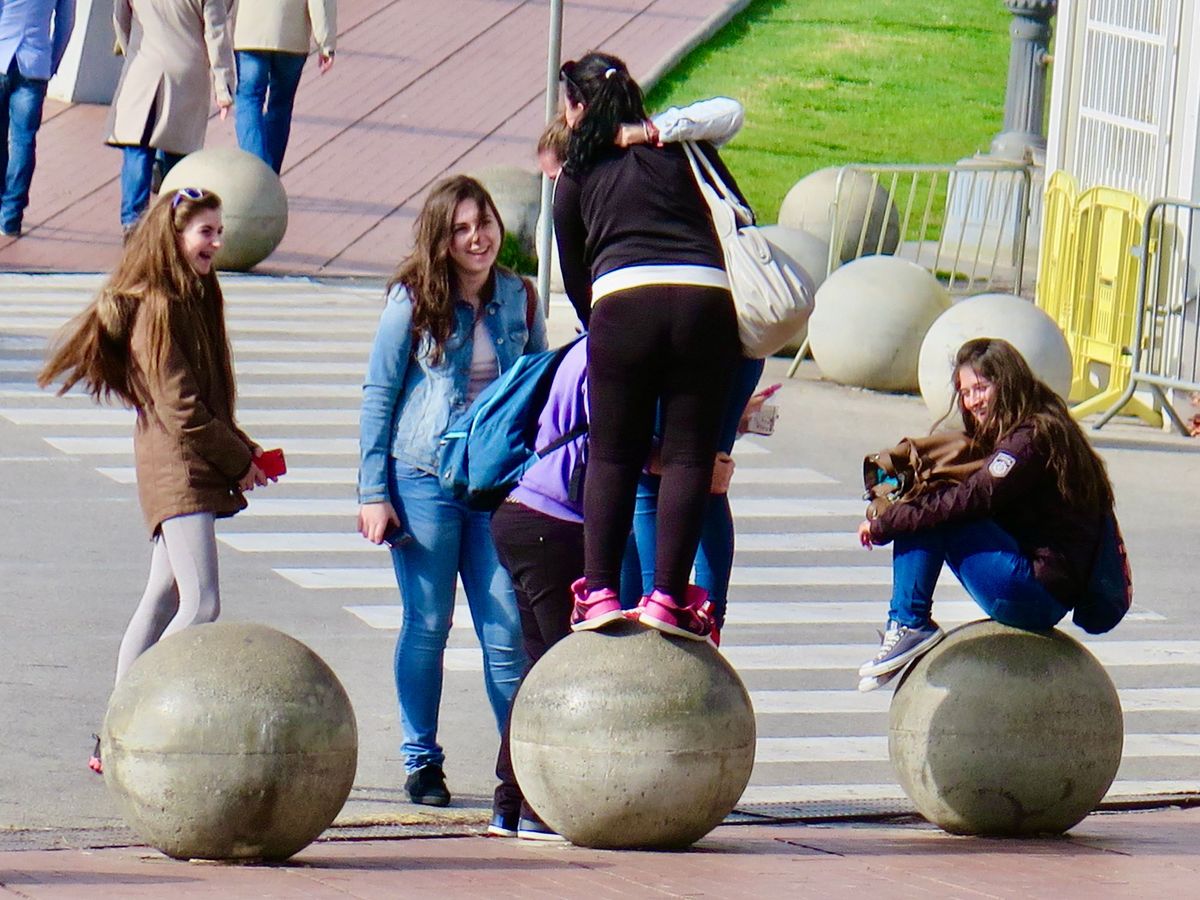
The Foundation and Future of the Placemaking Movement
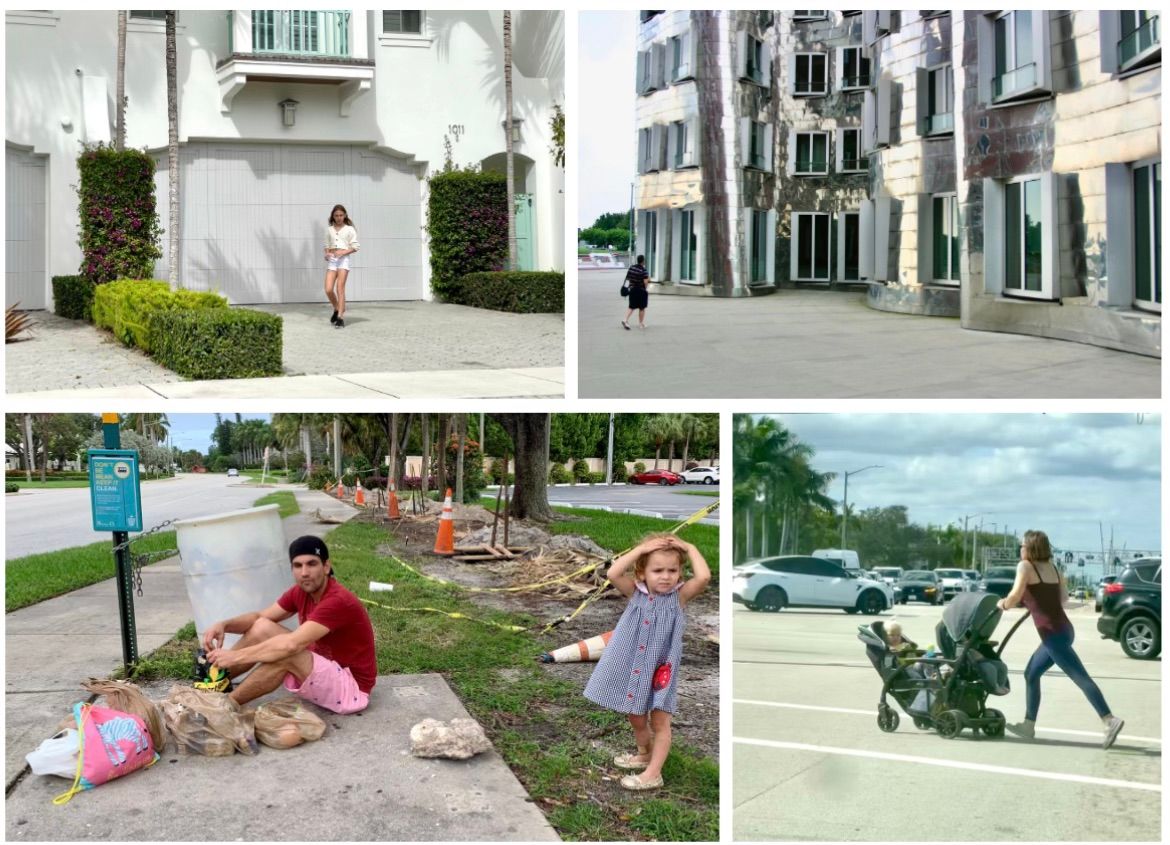
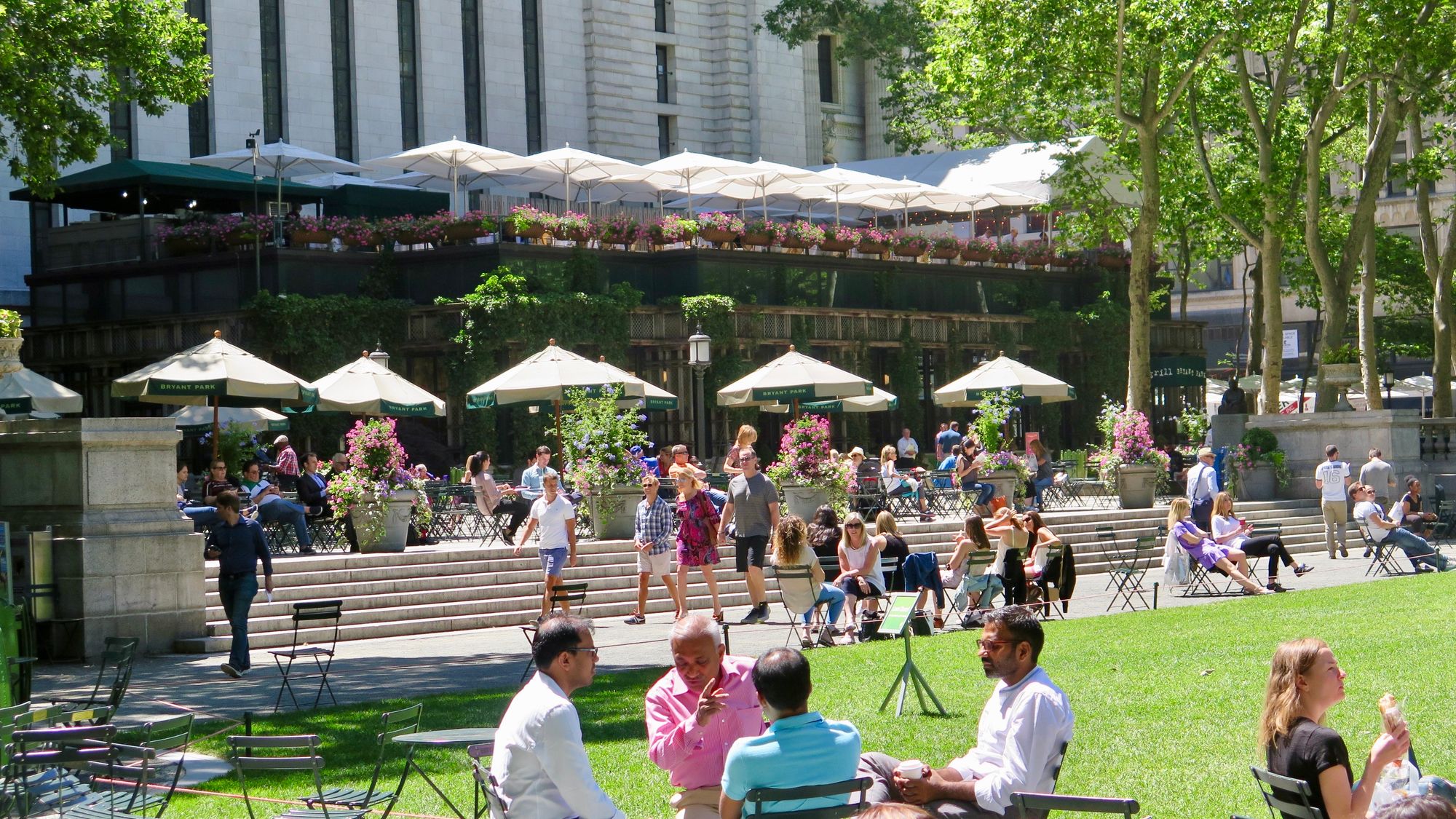
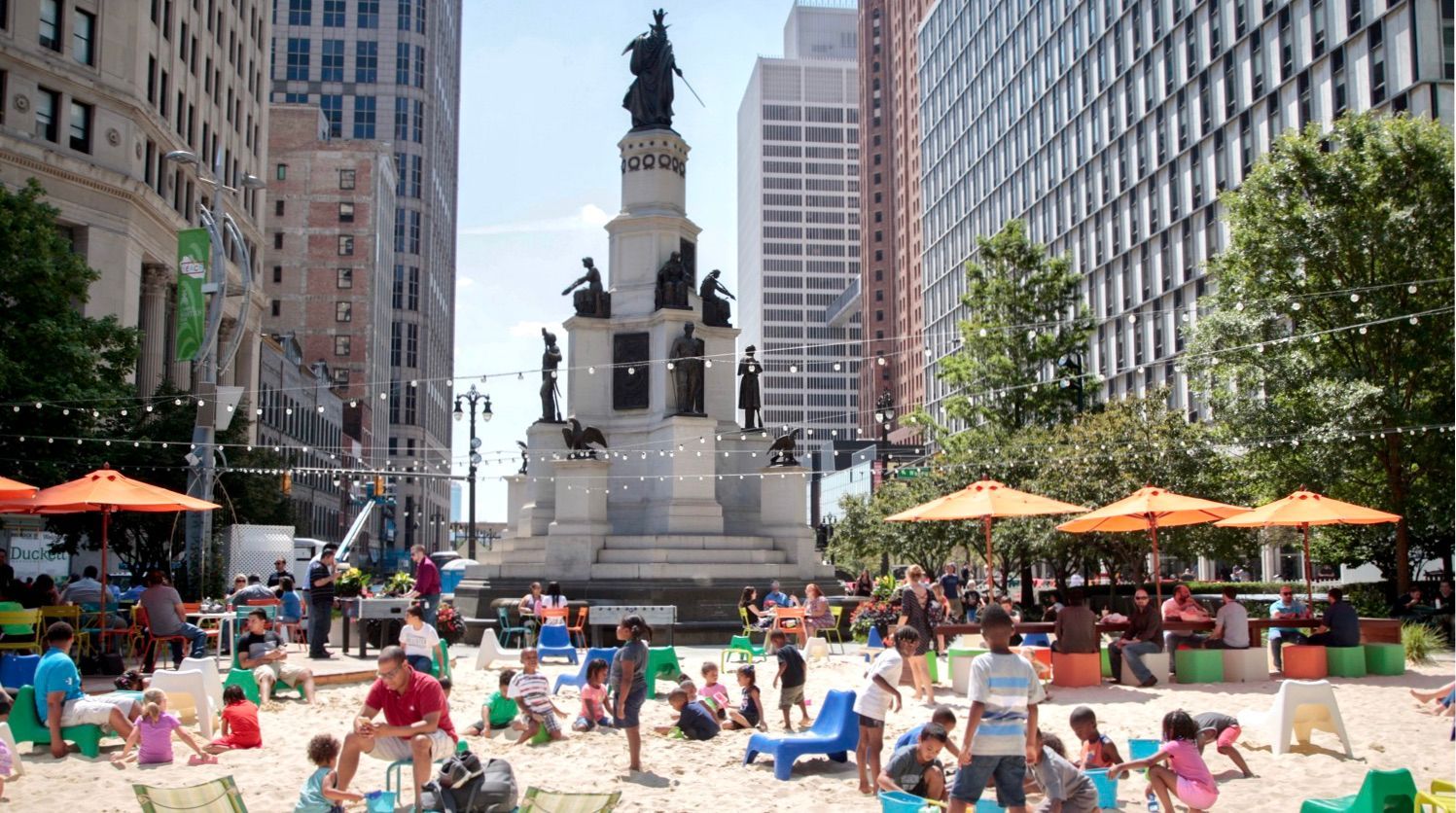
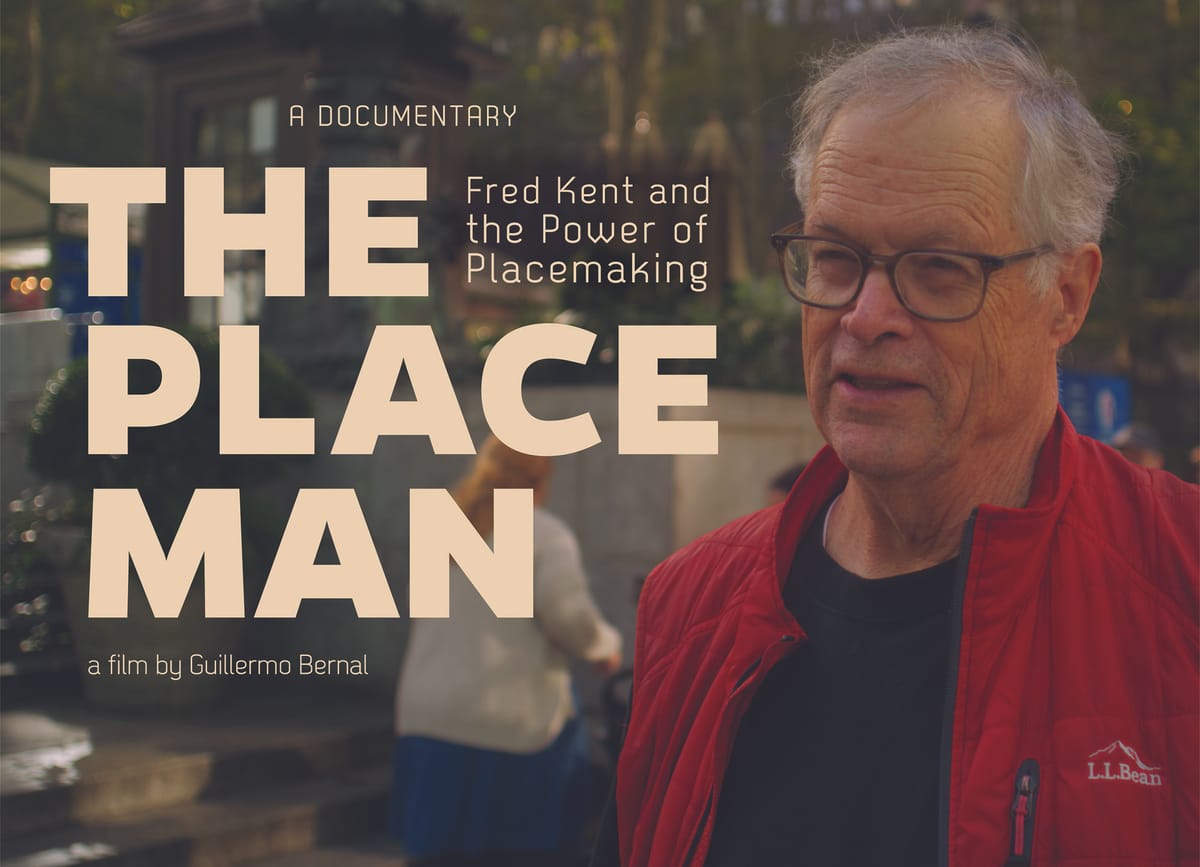
If you are interested in collaborating (articles, presentations, exhibits, projects, and more) or supporting the cause contact us.



